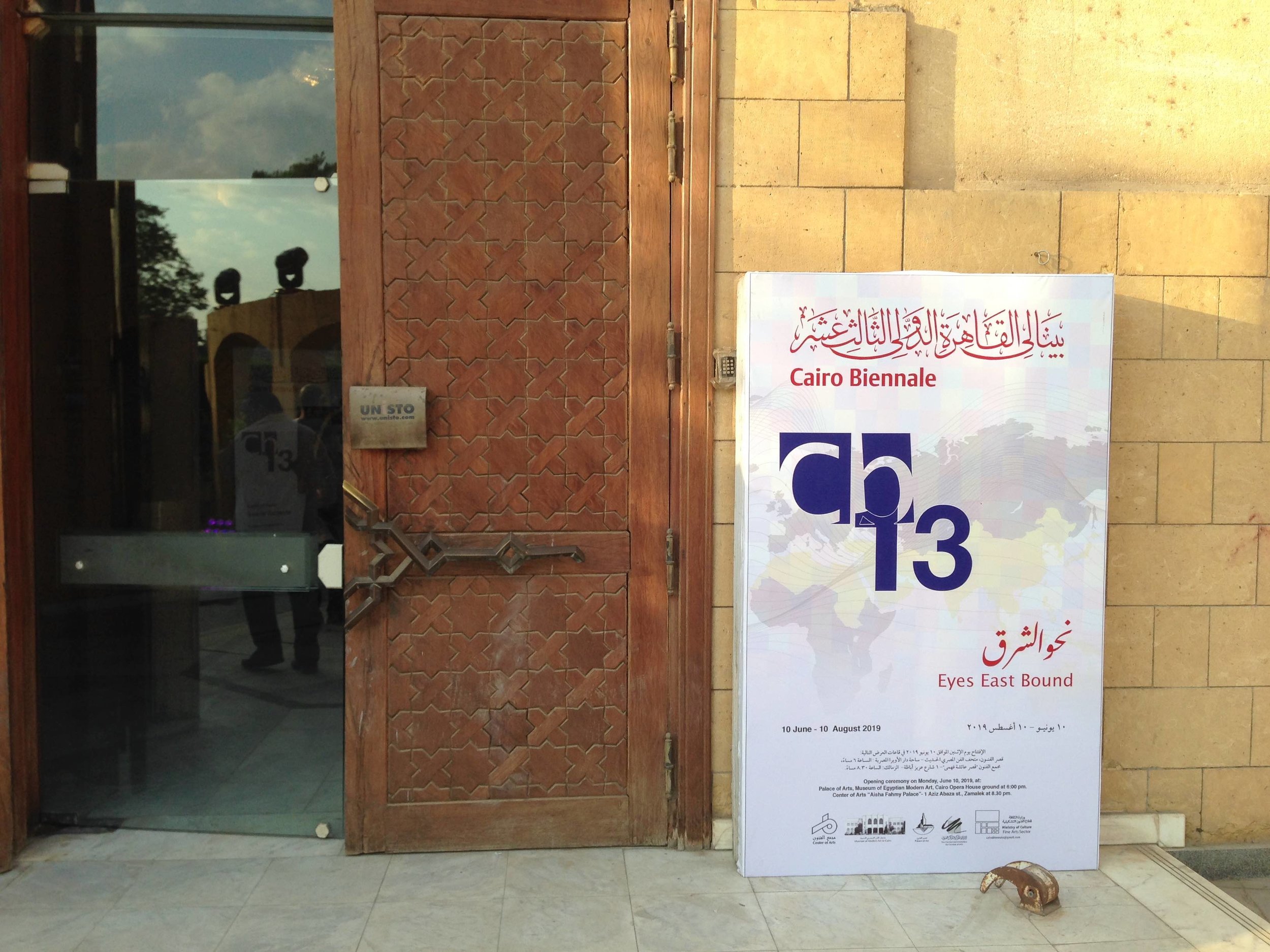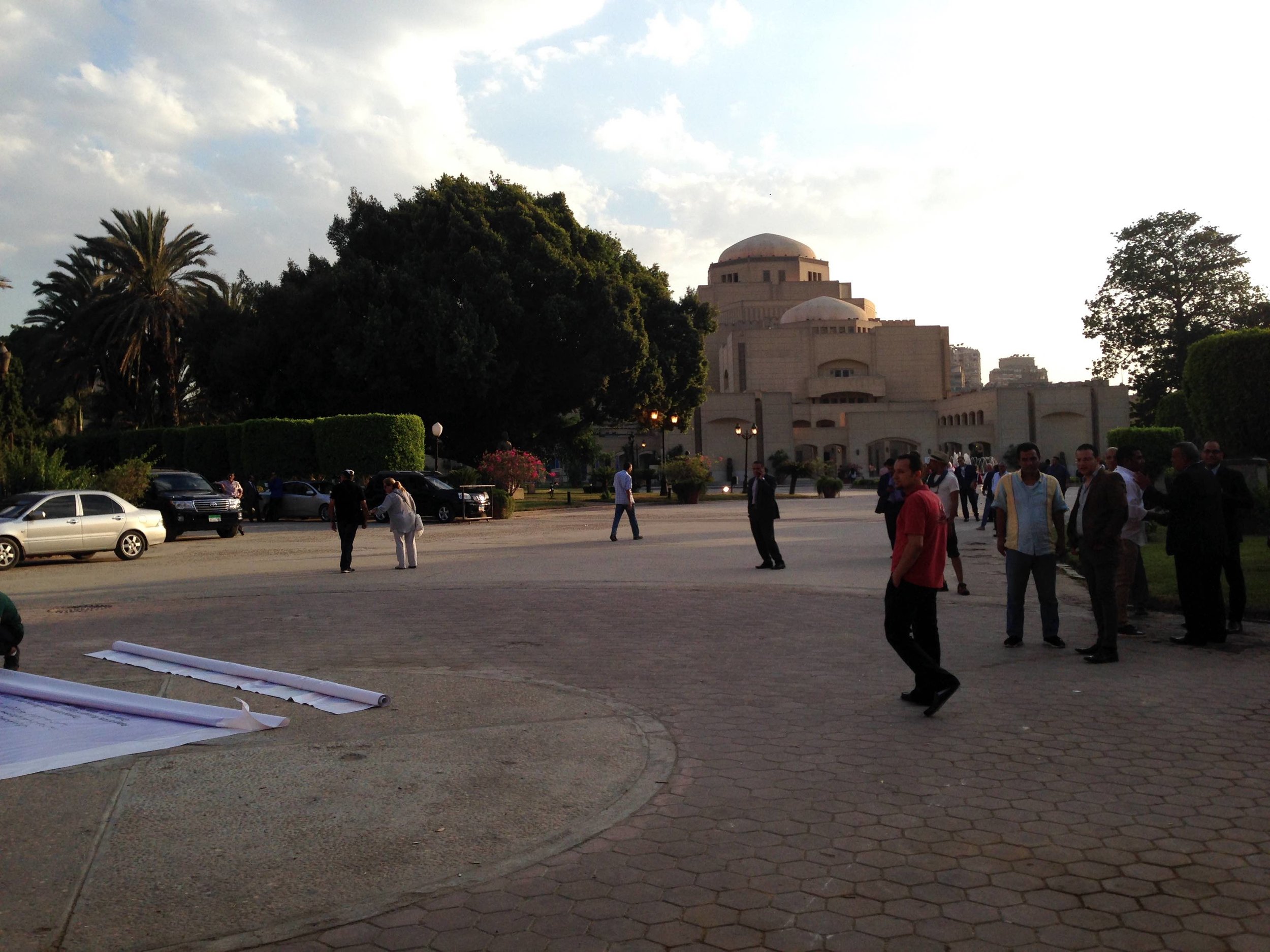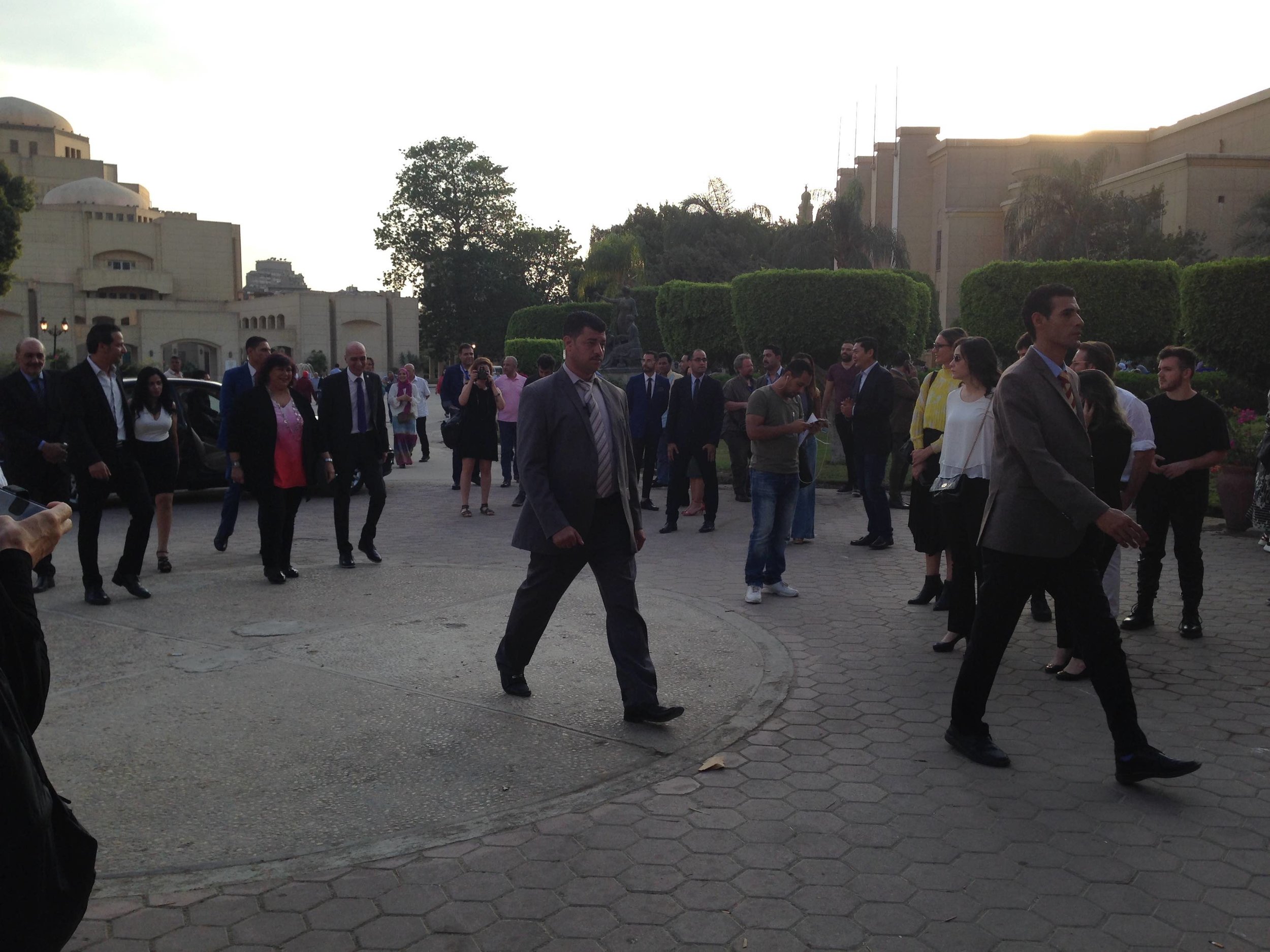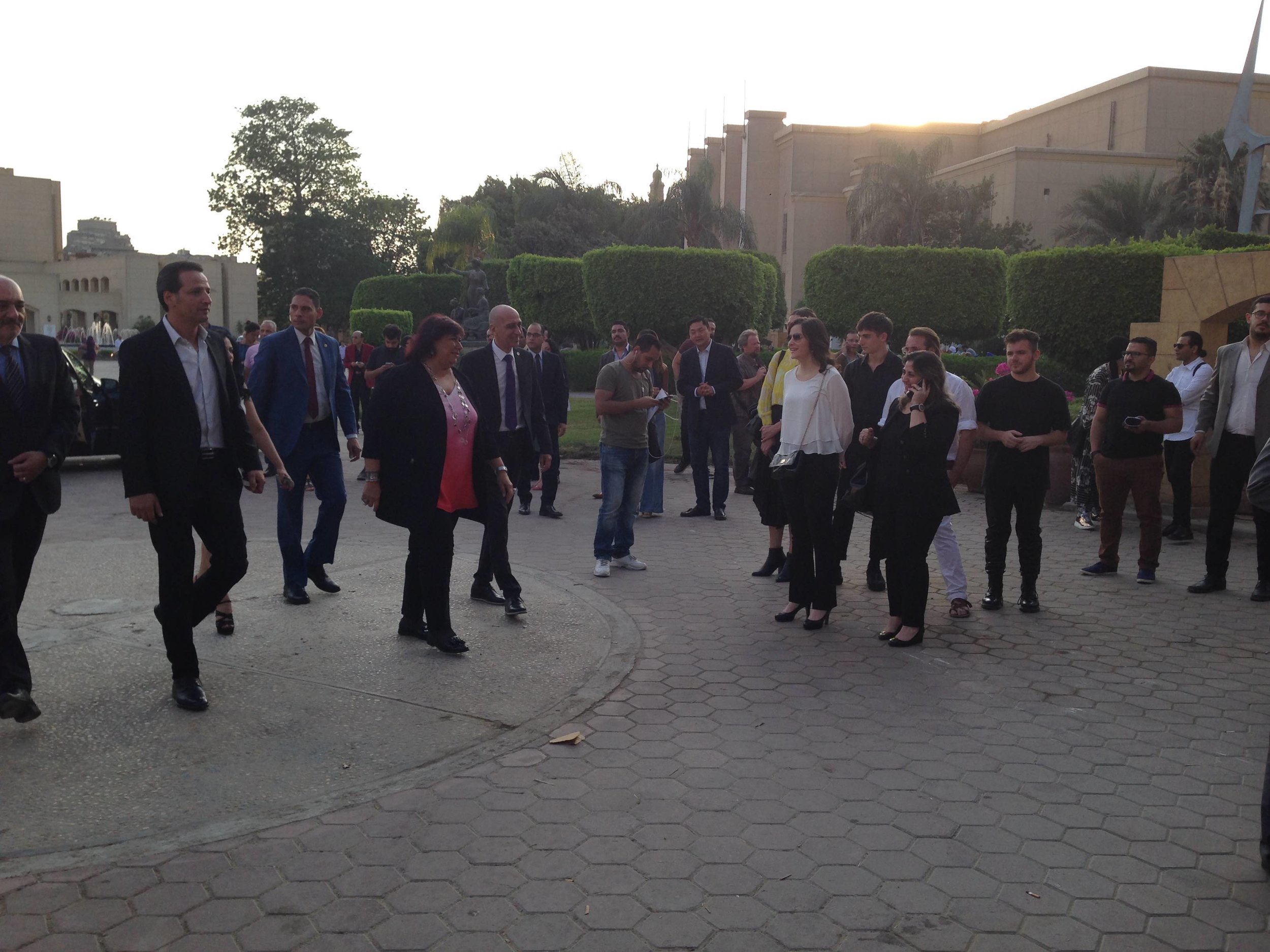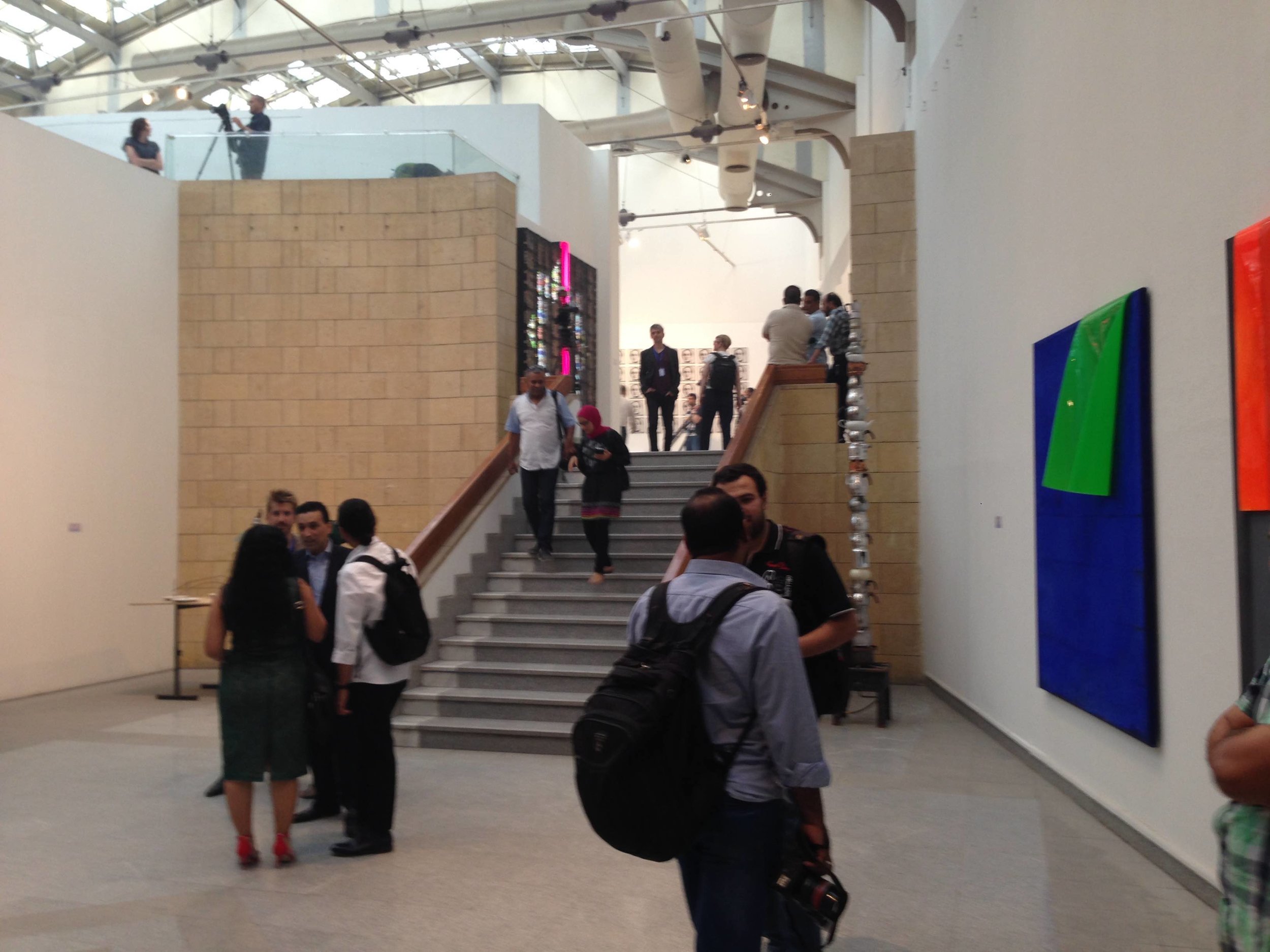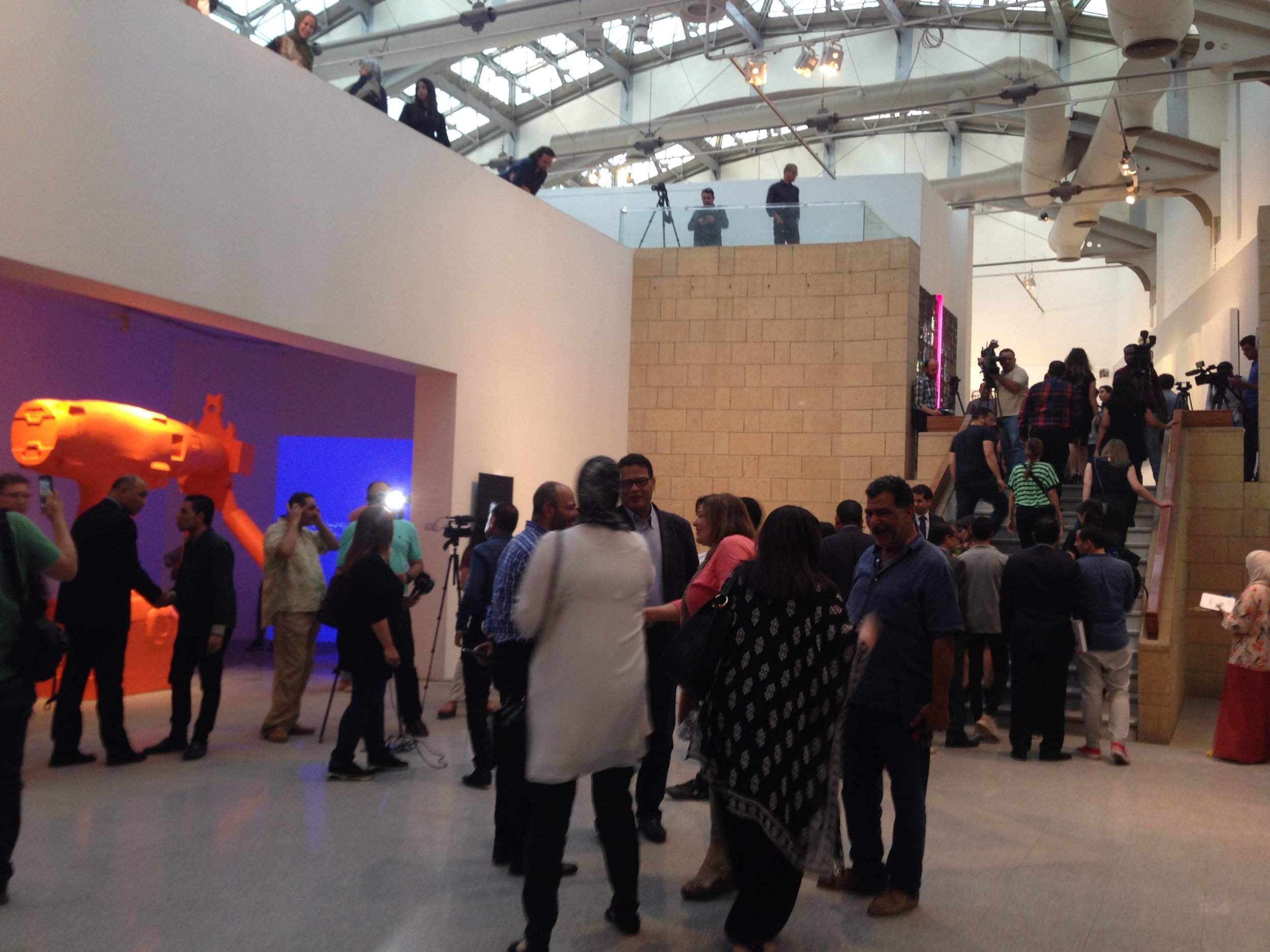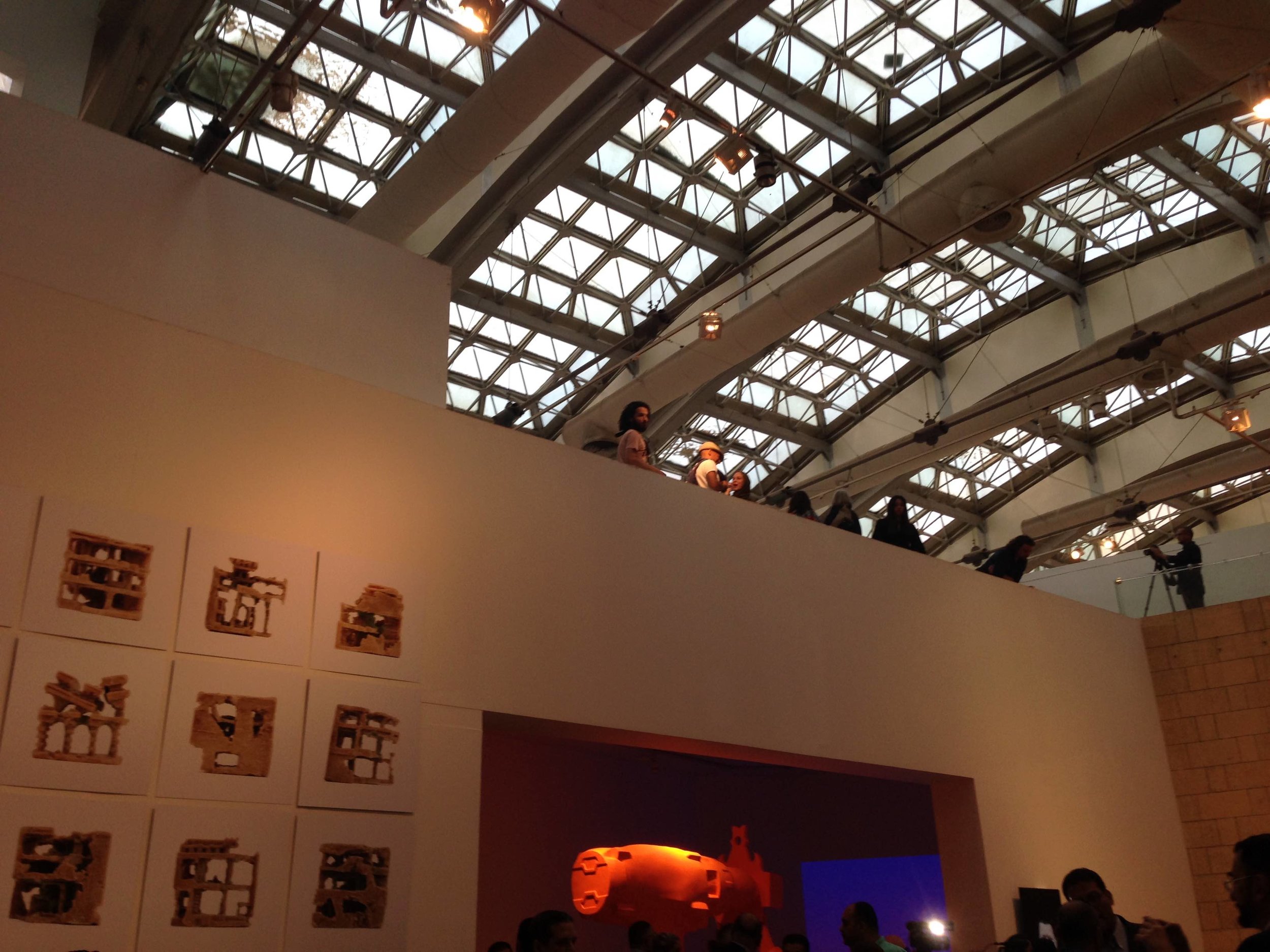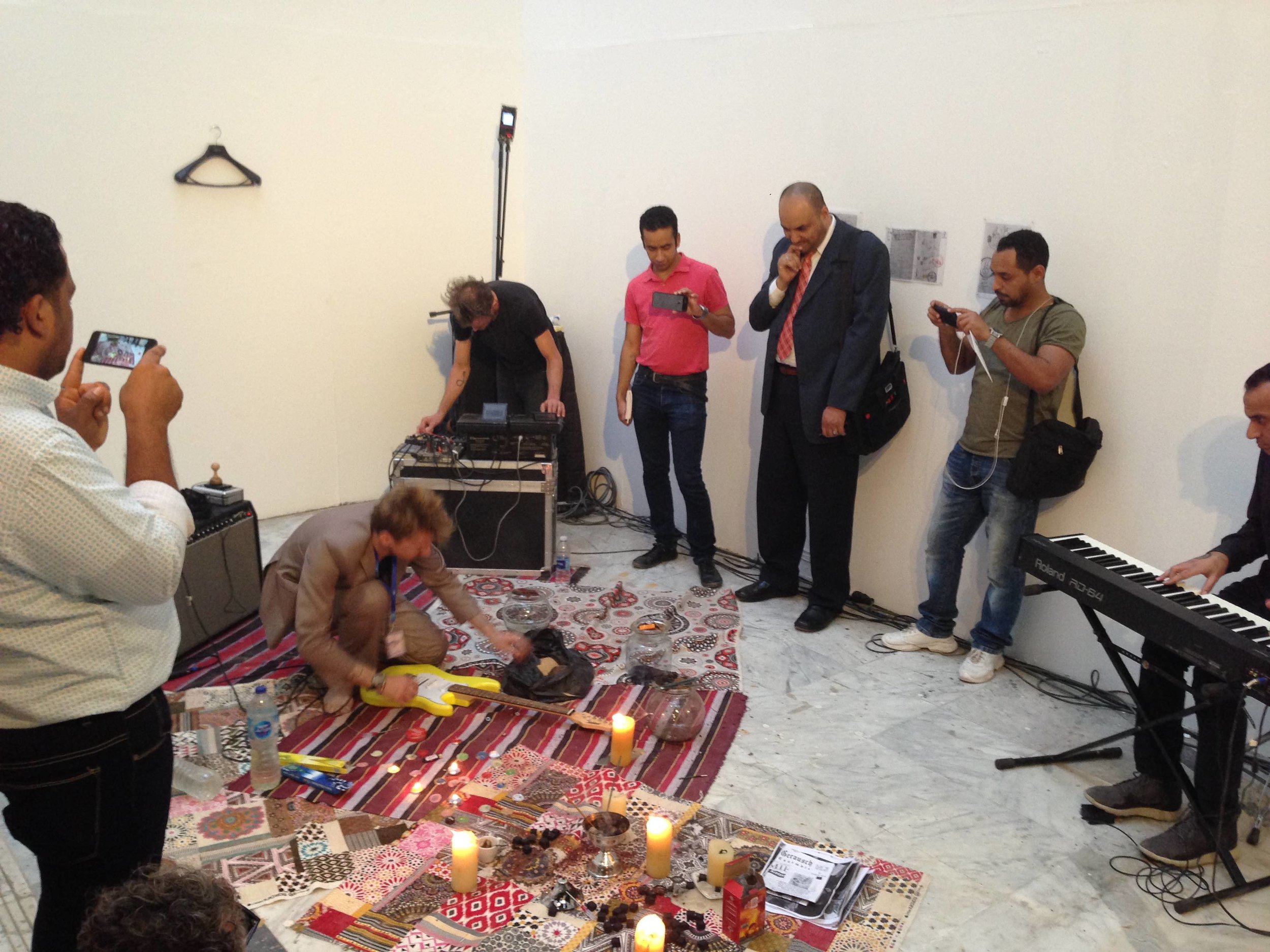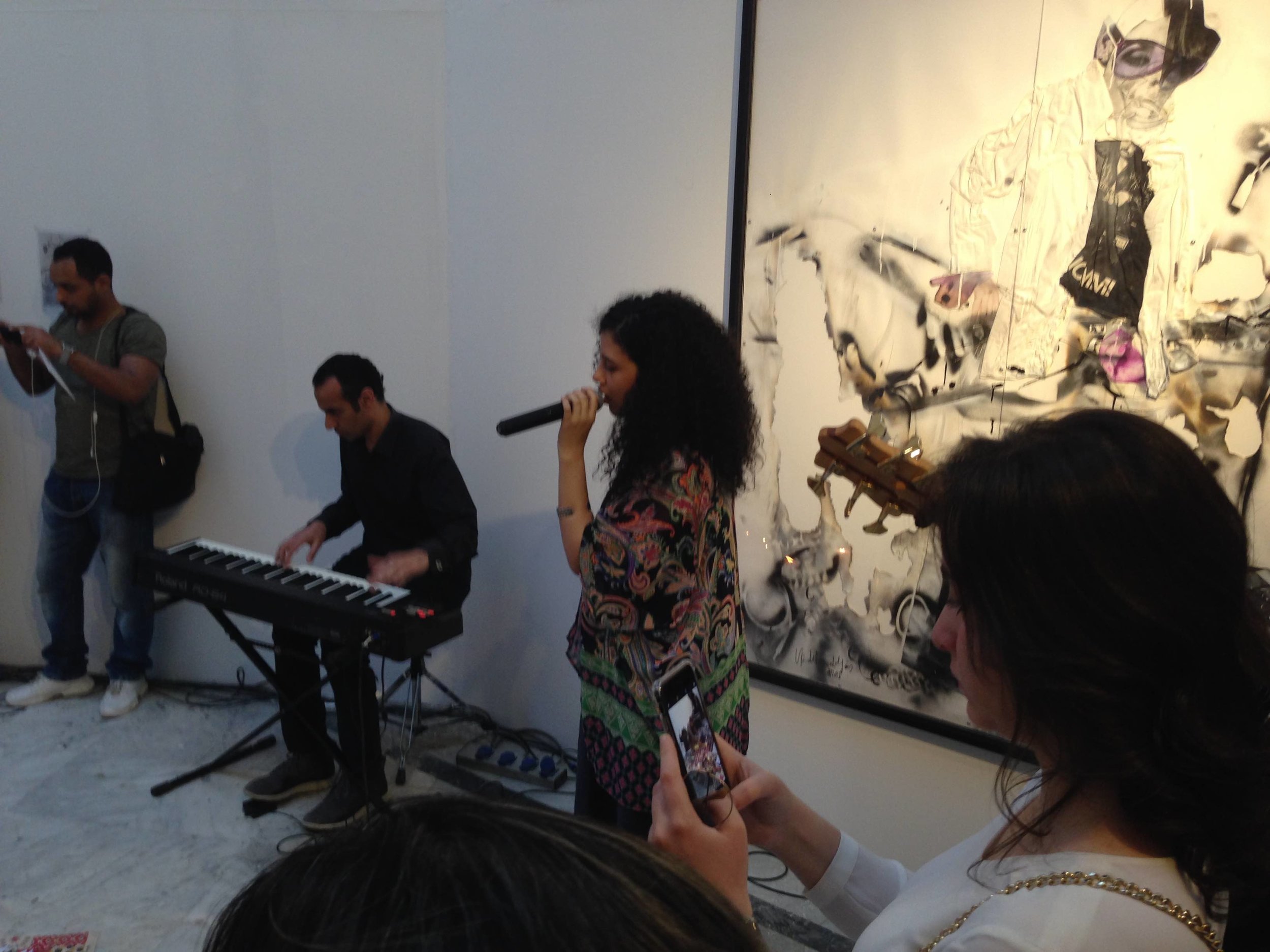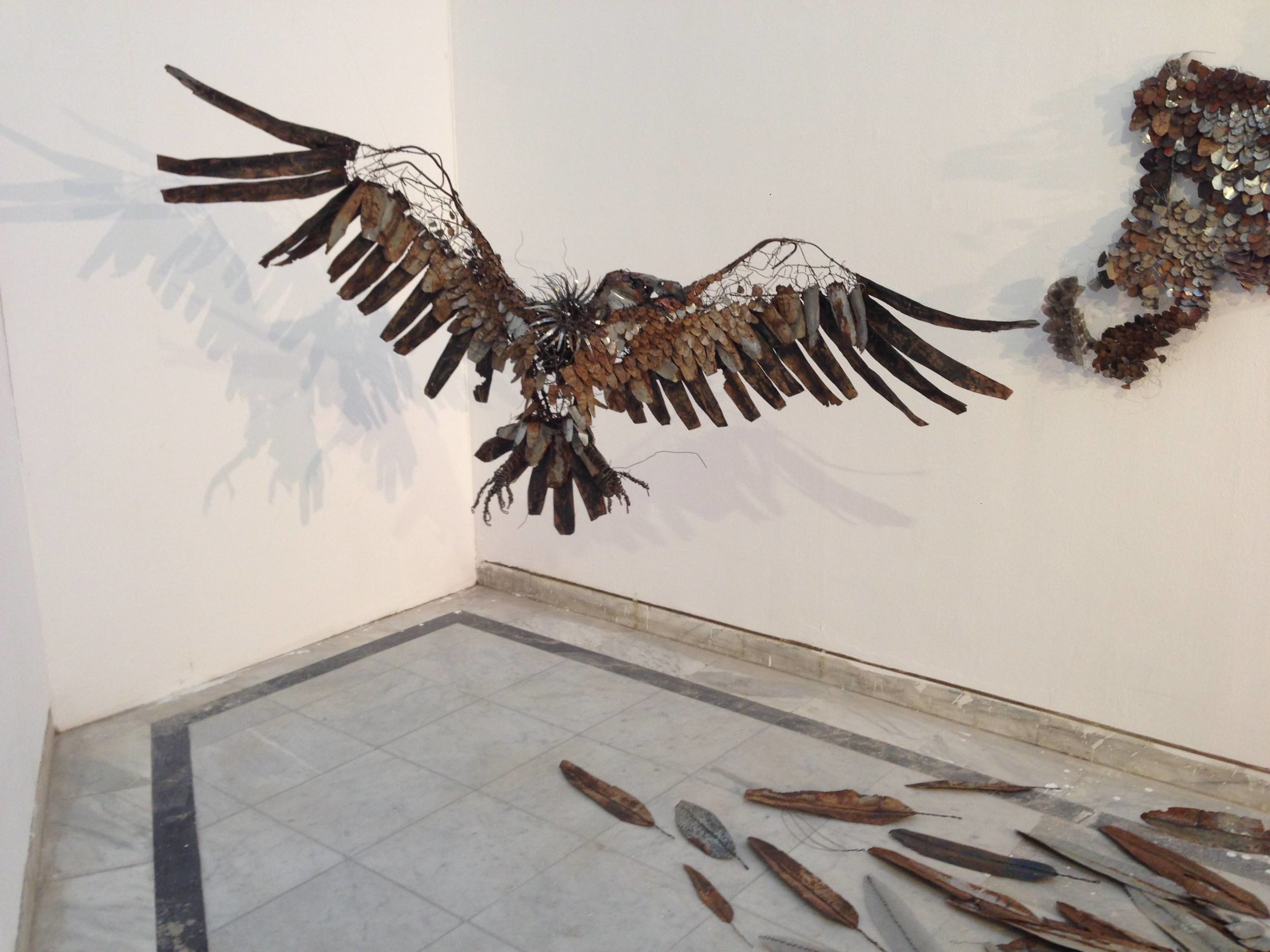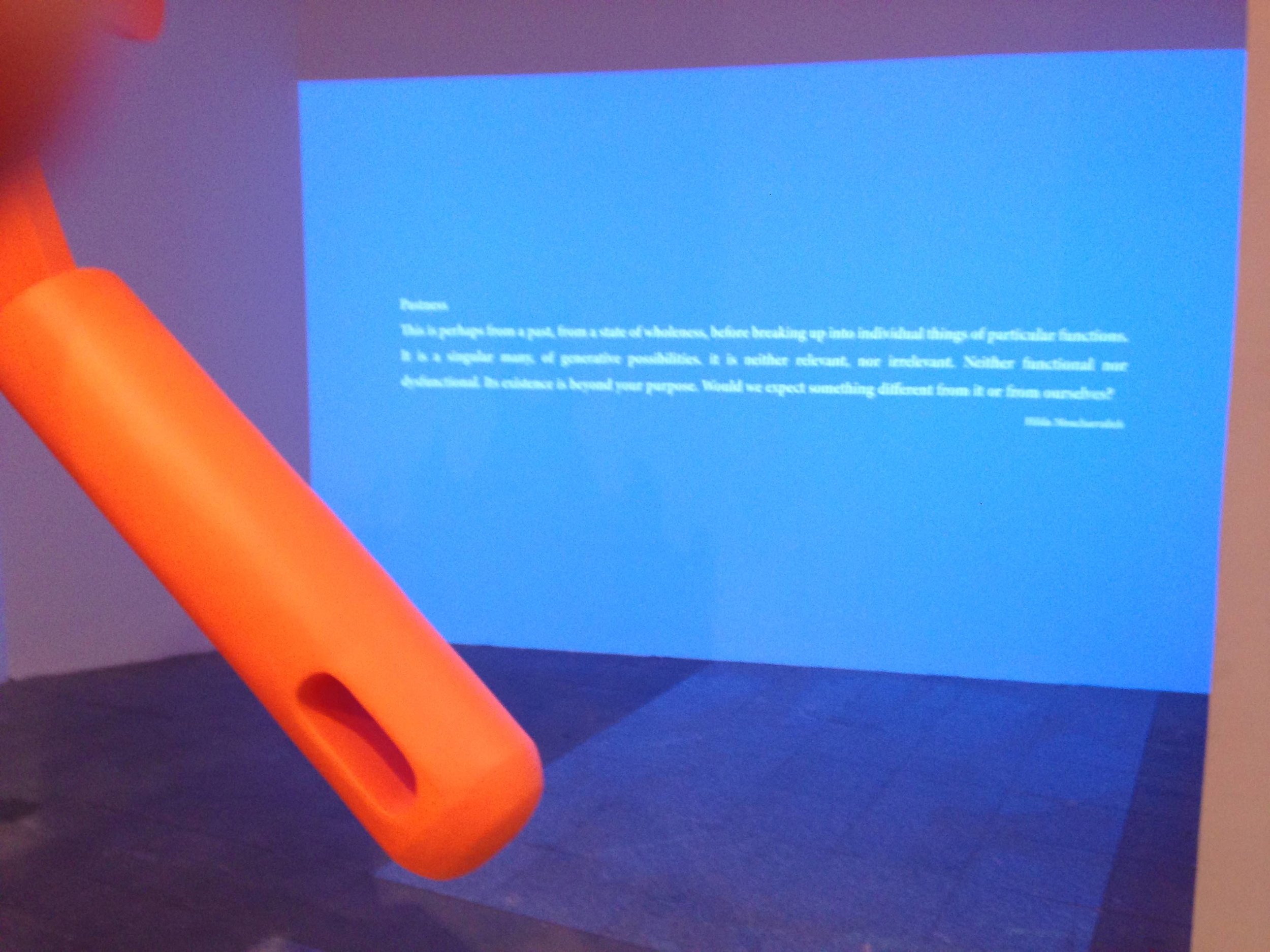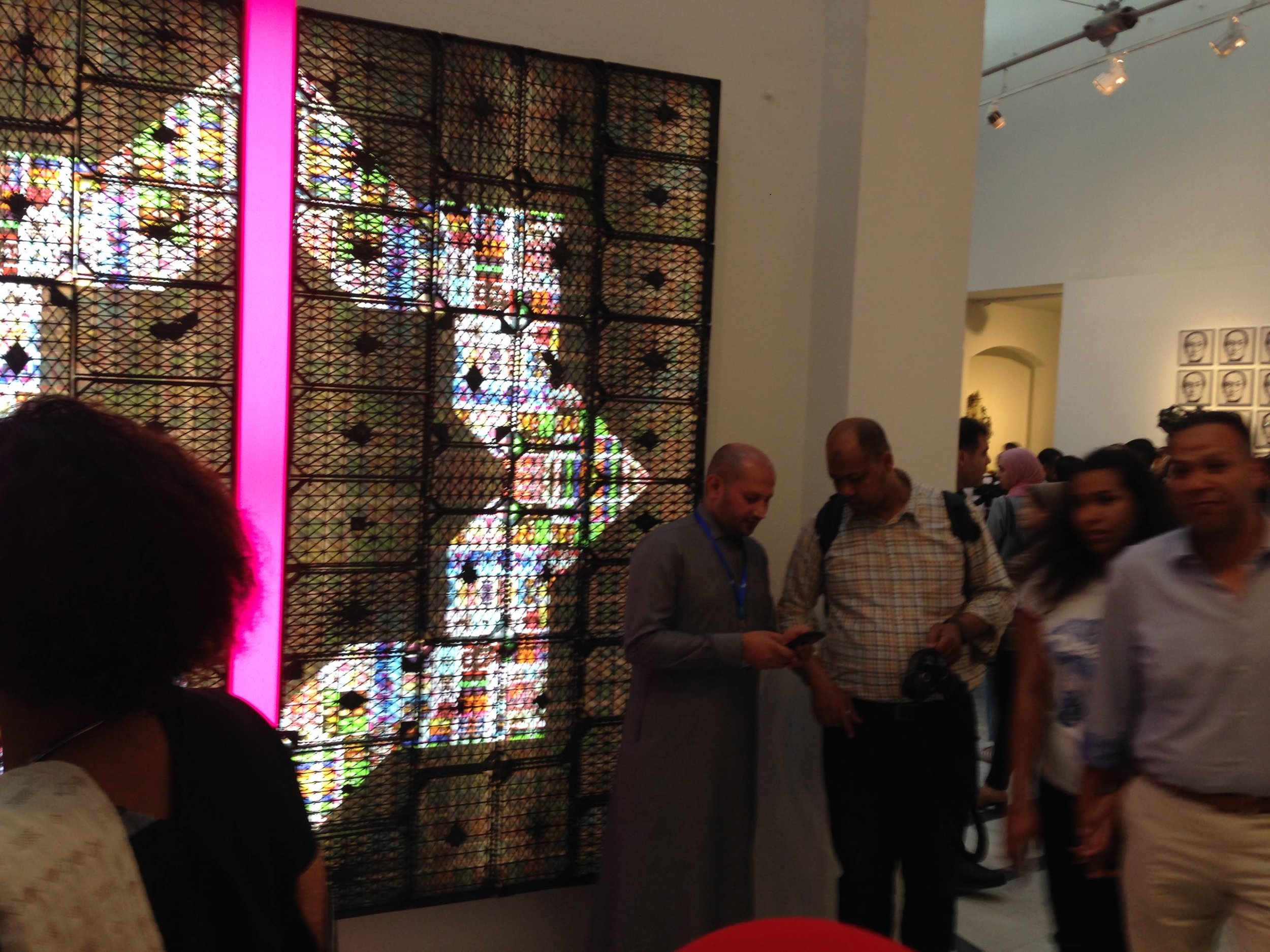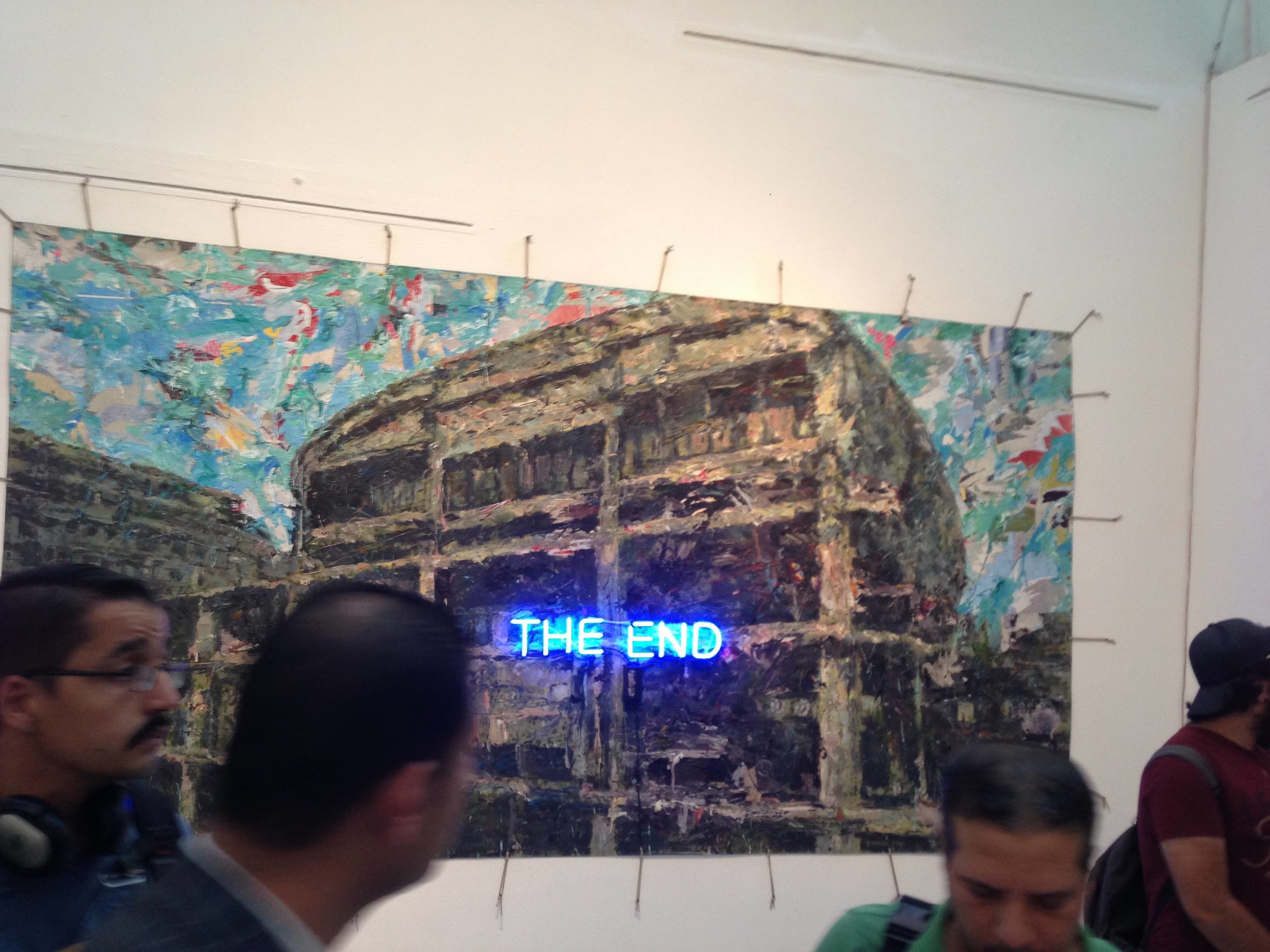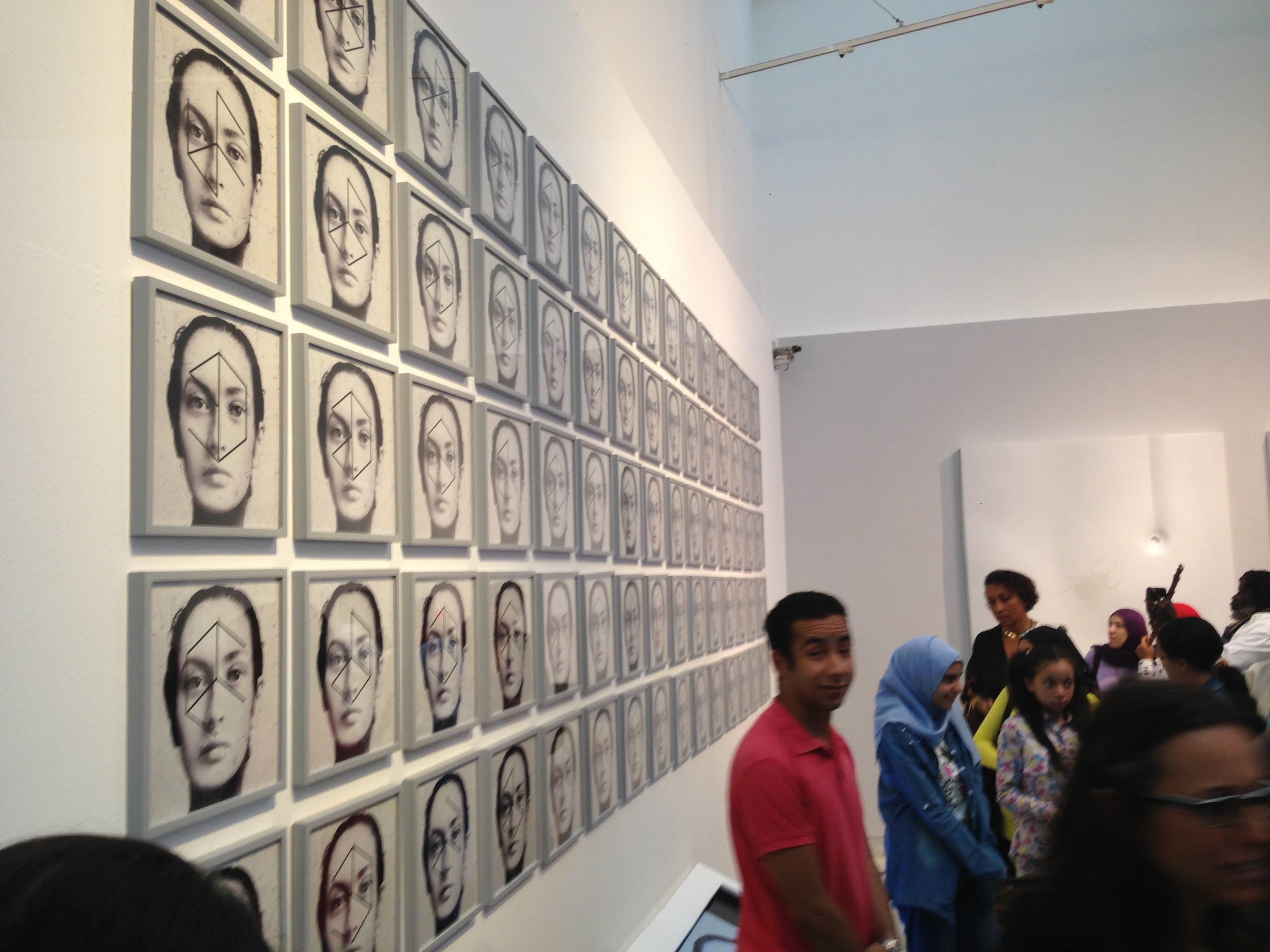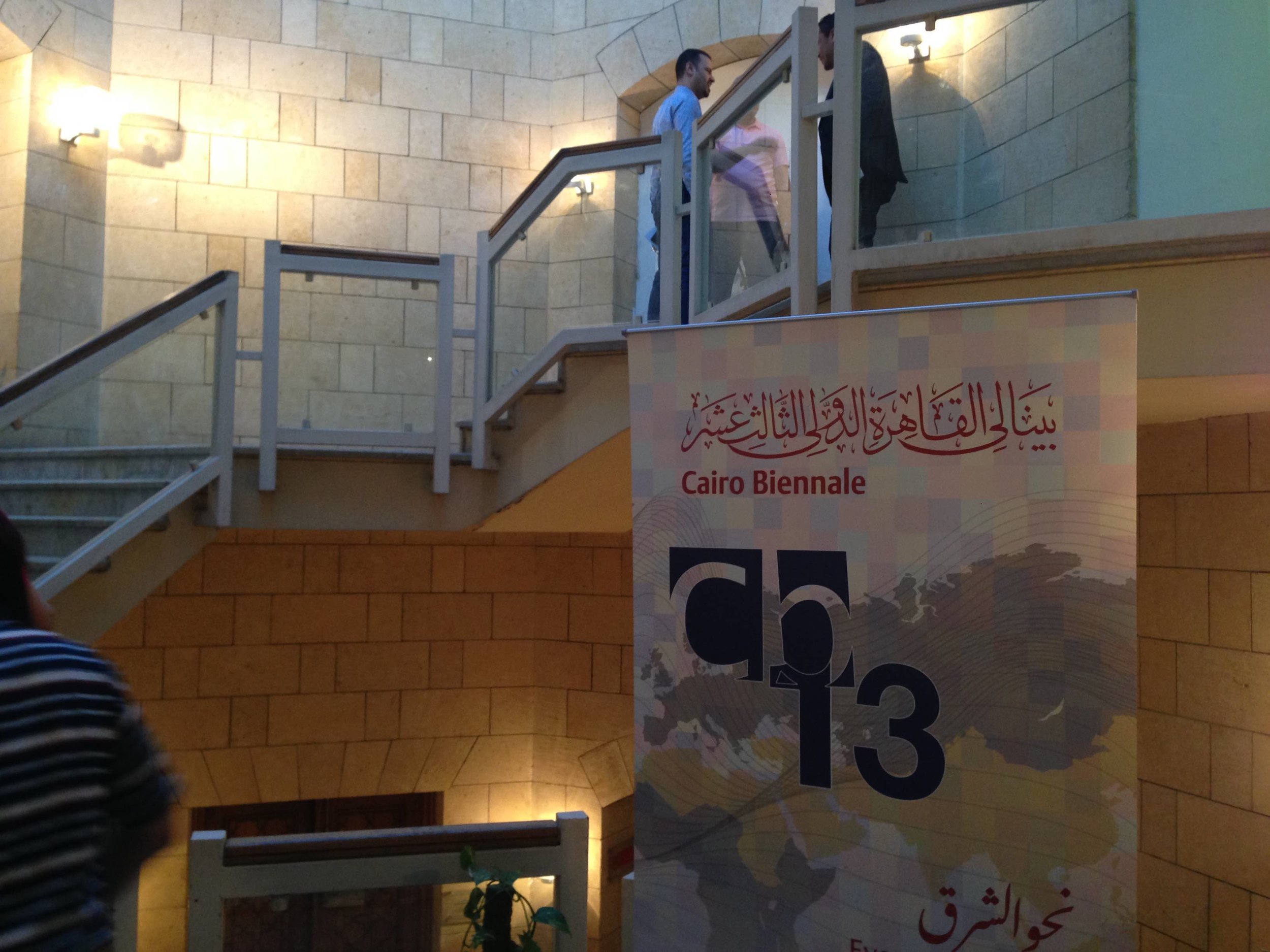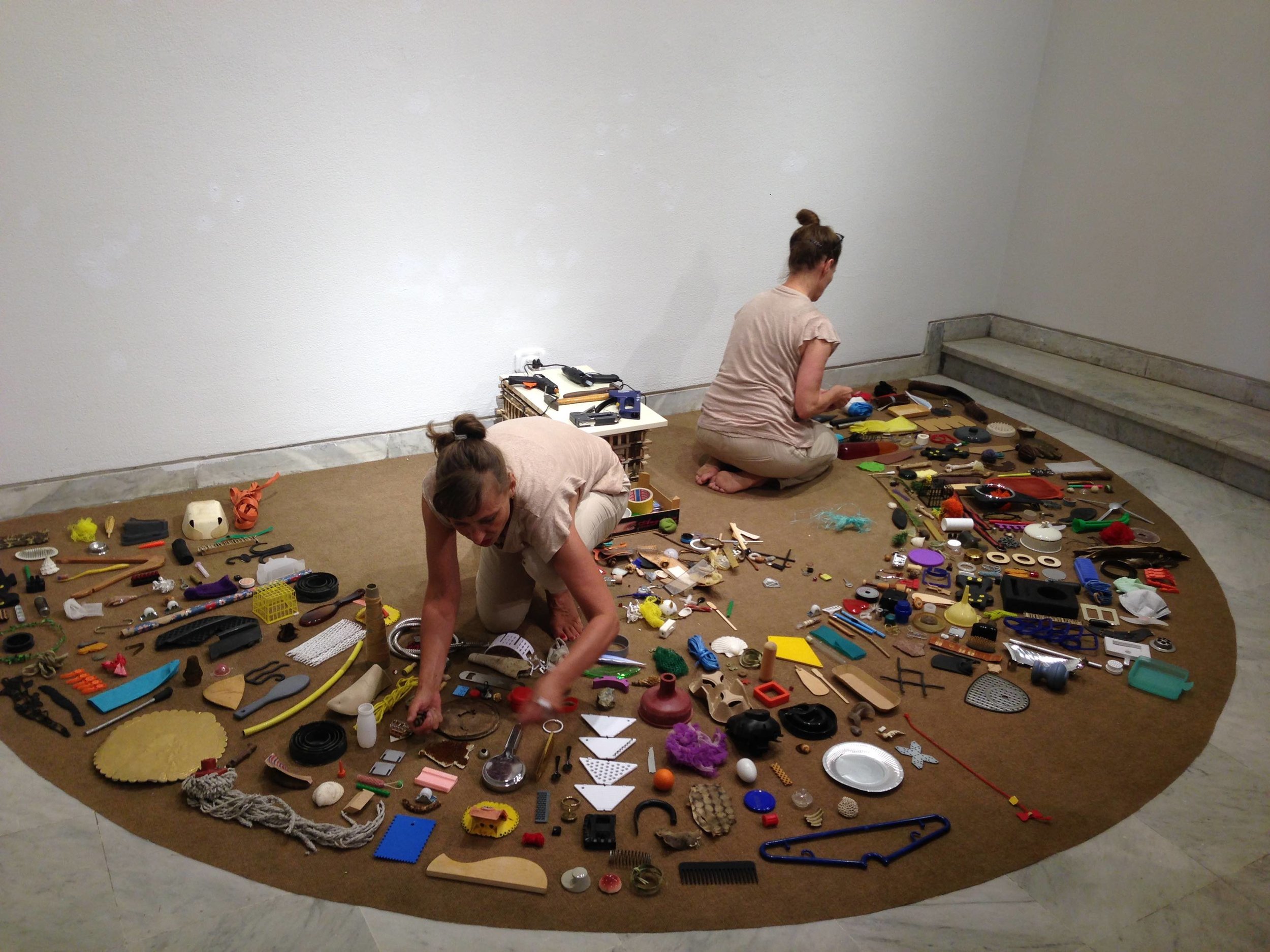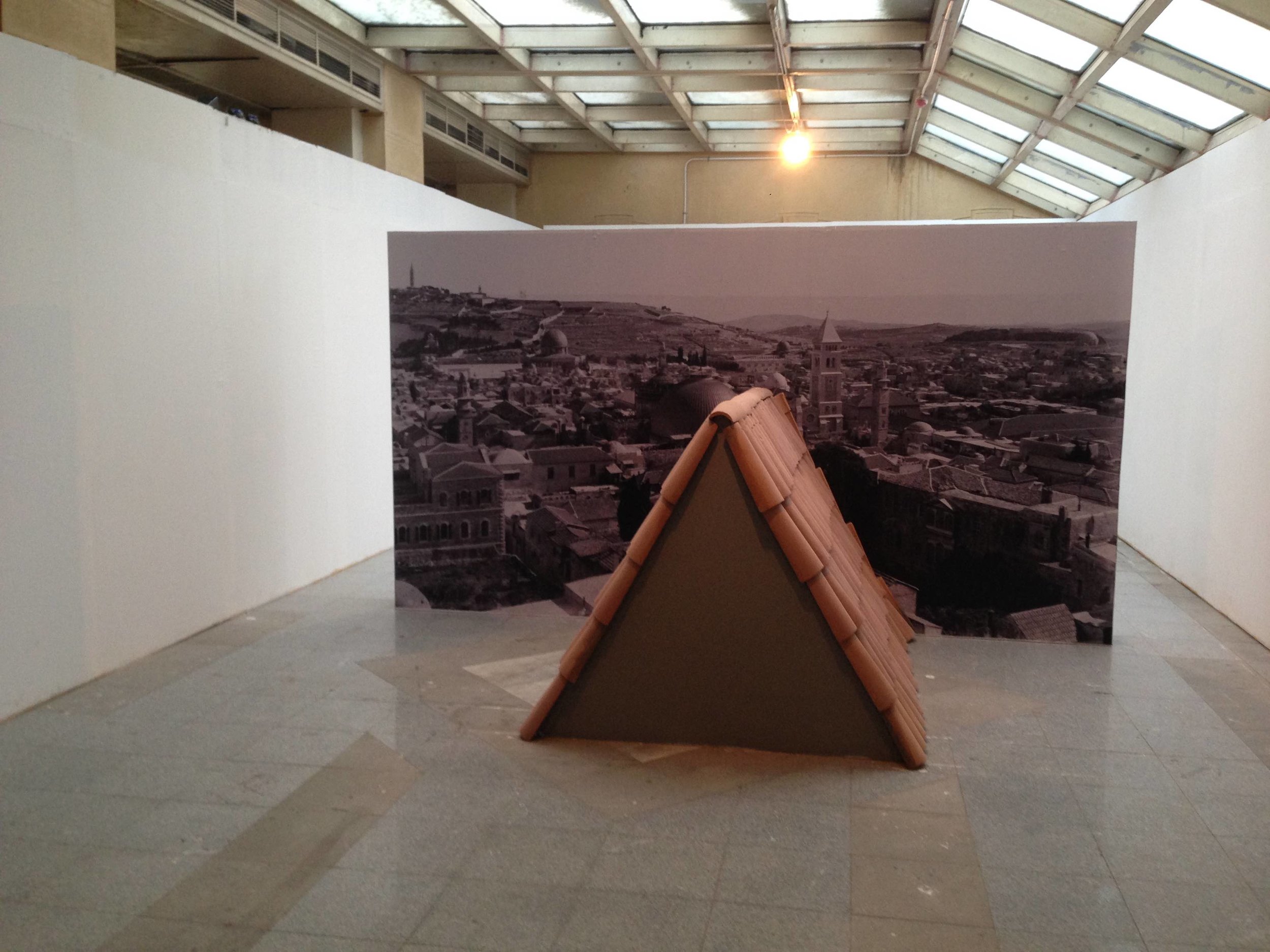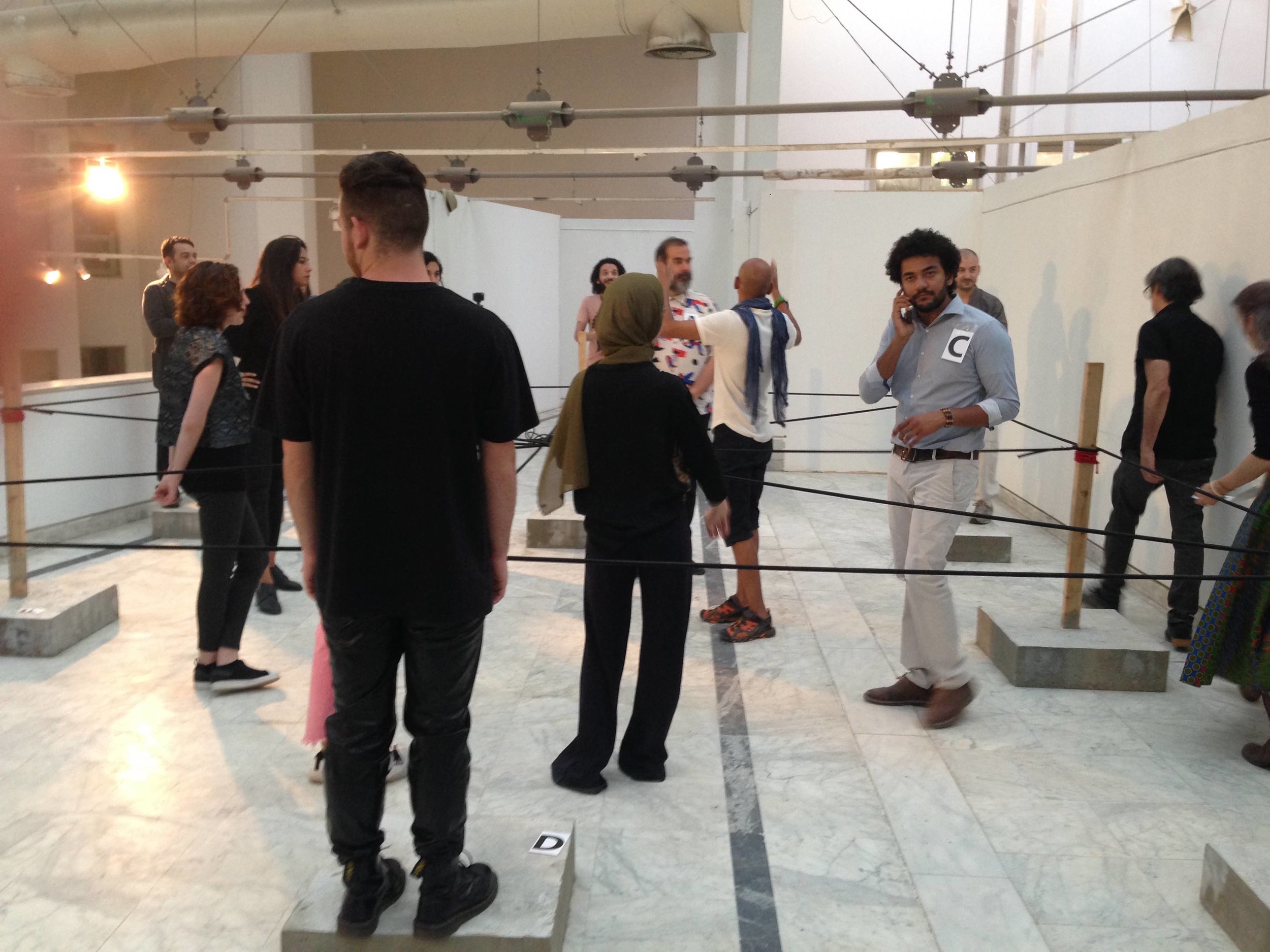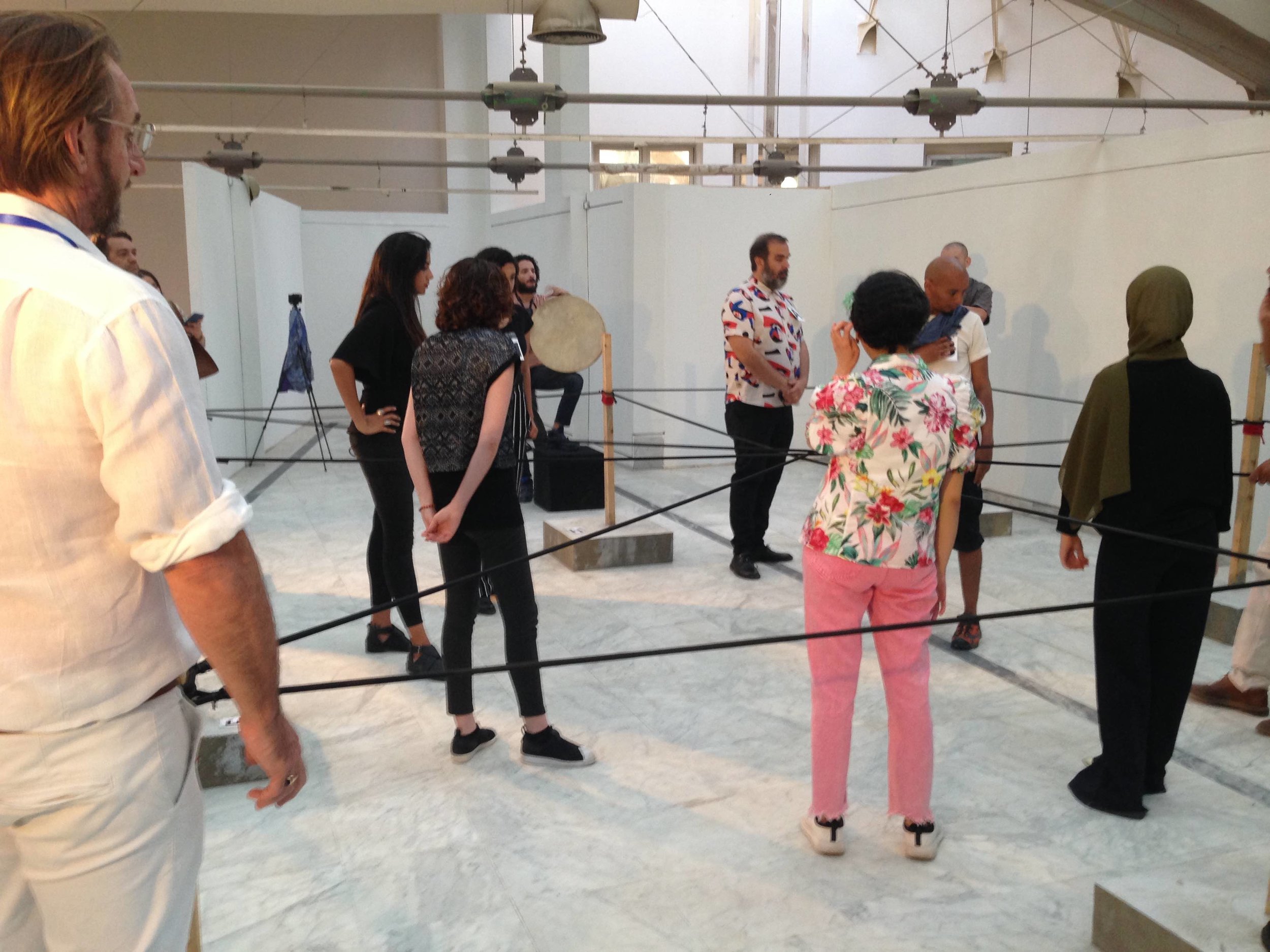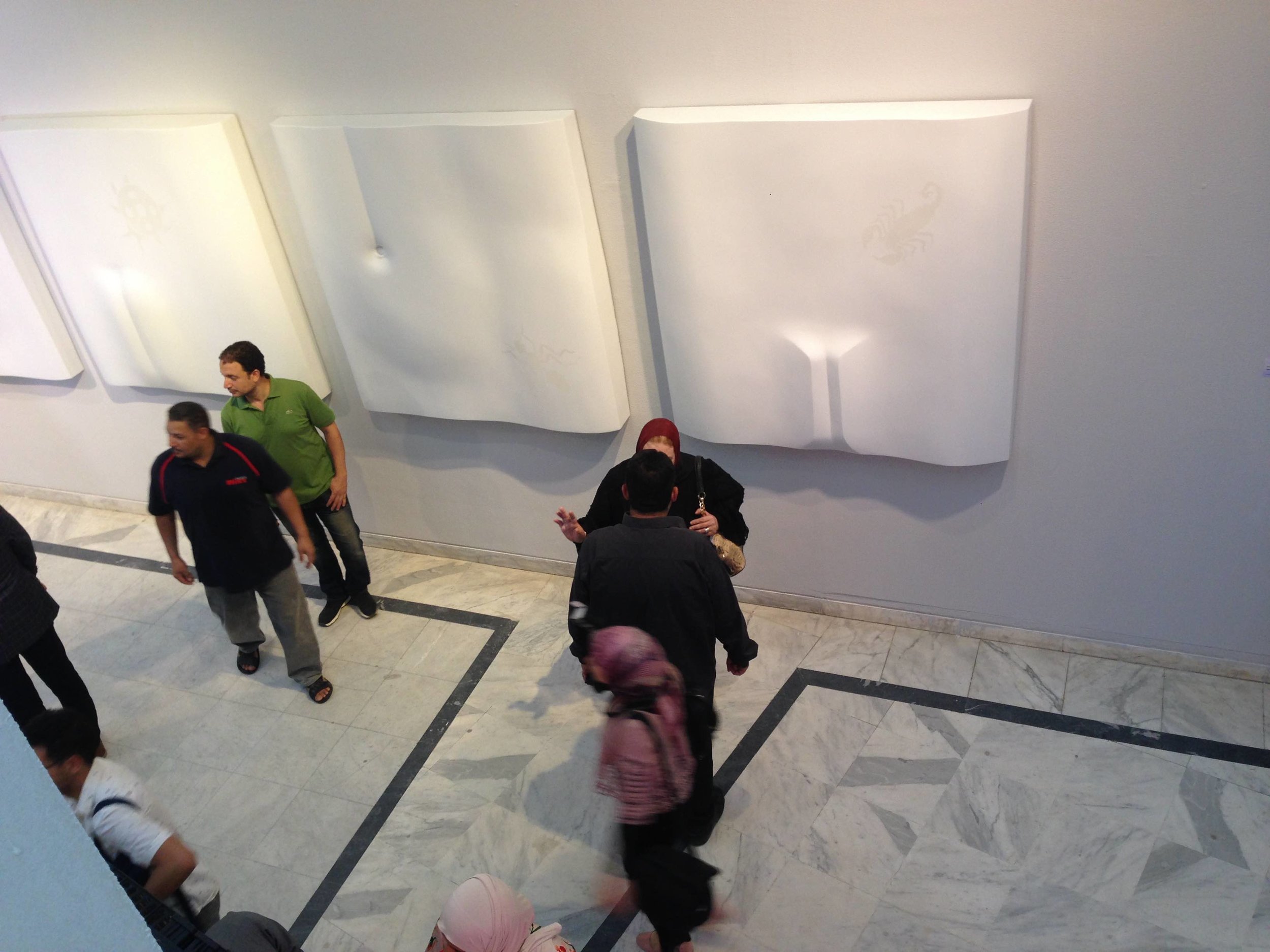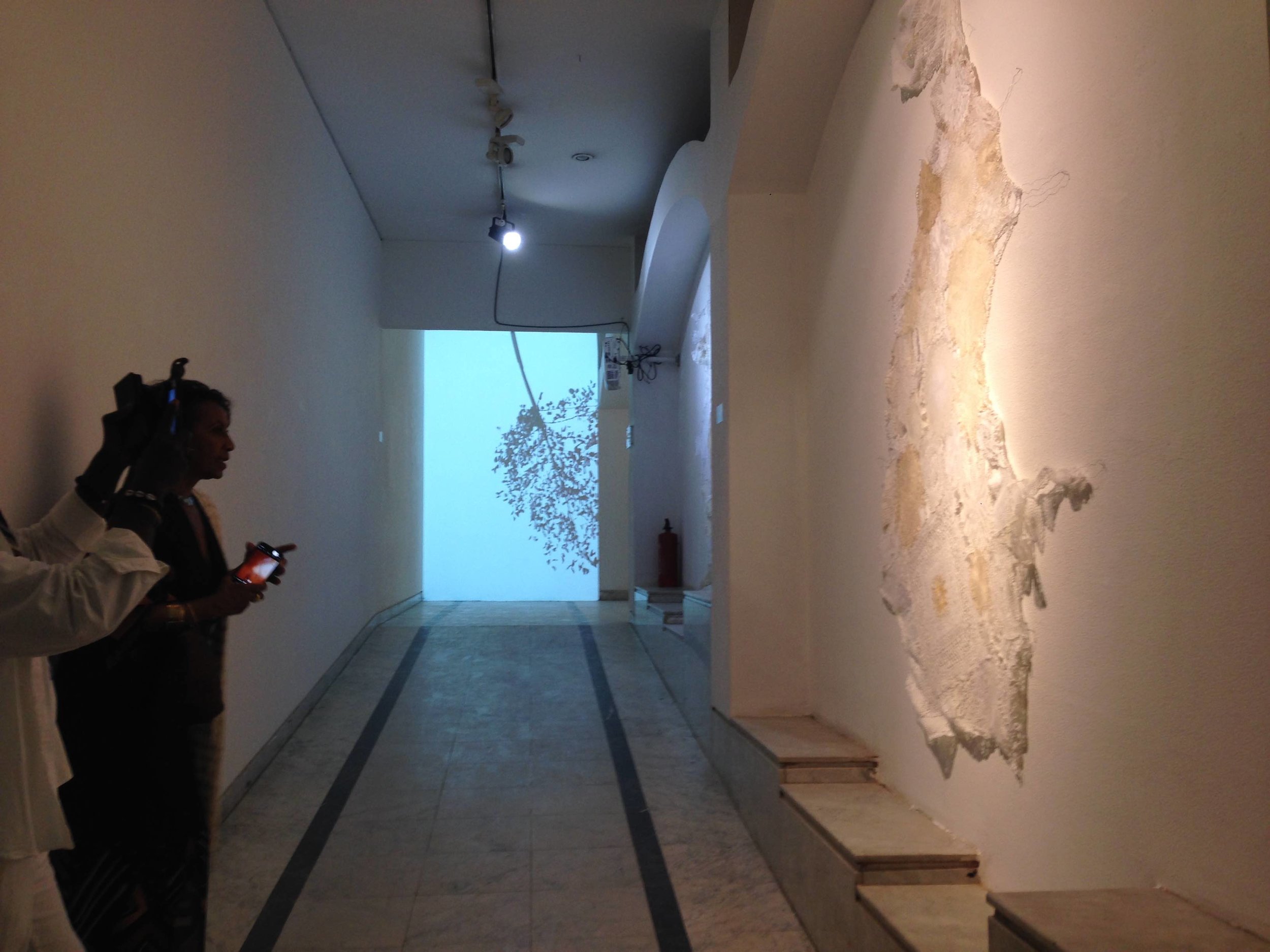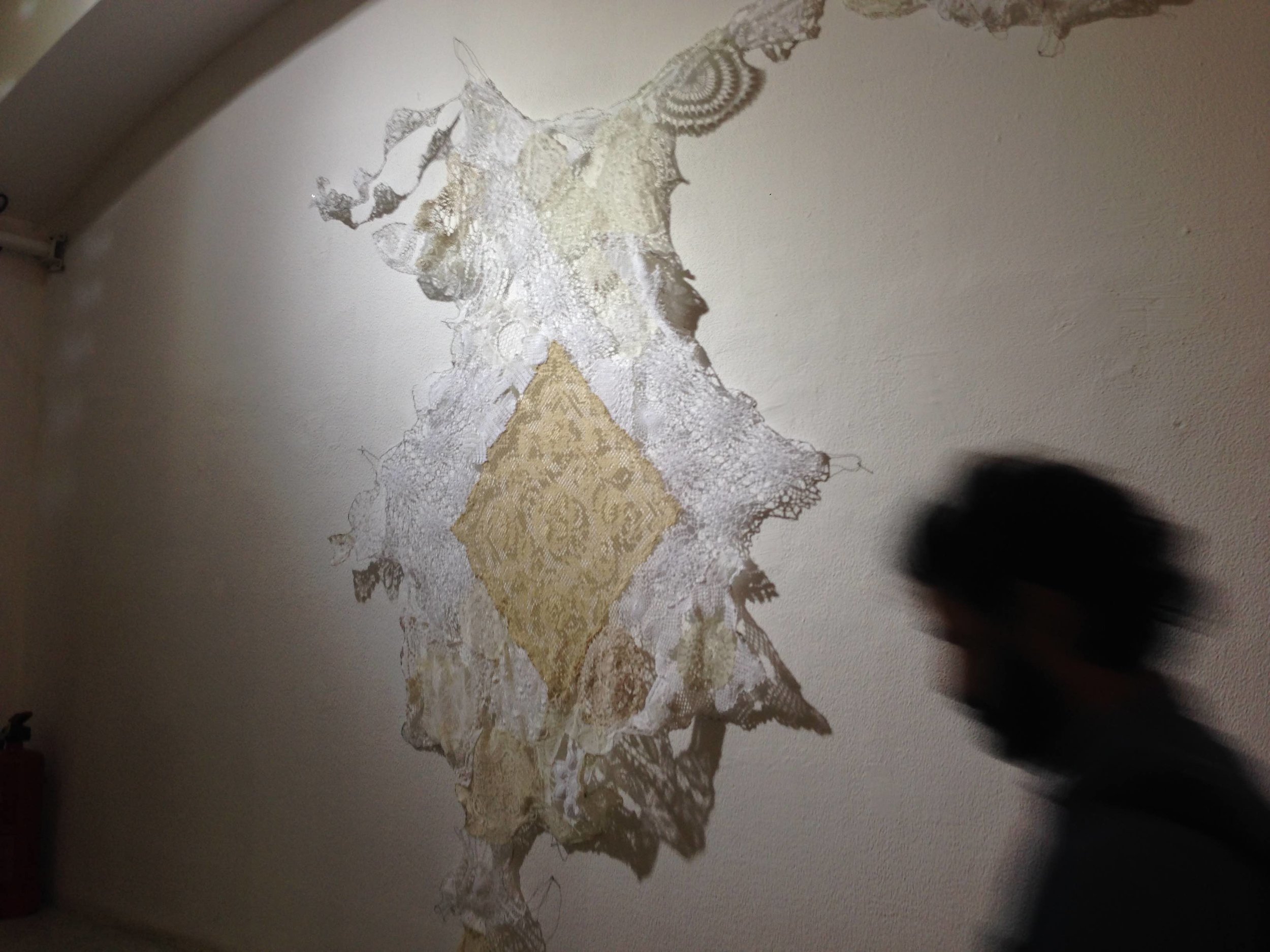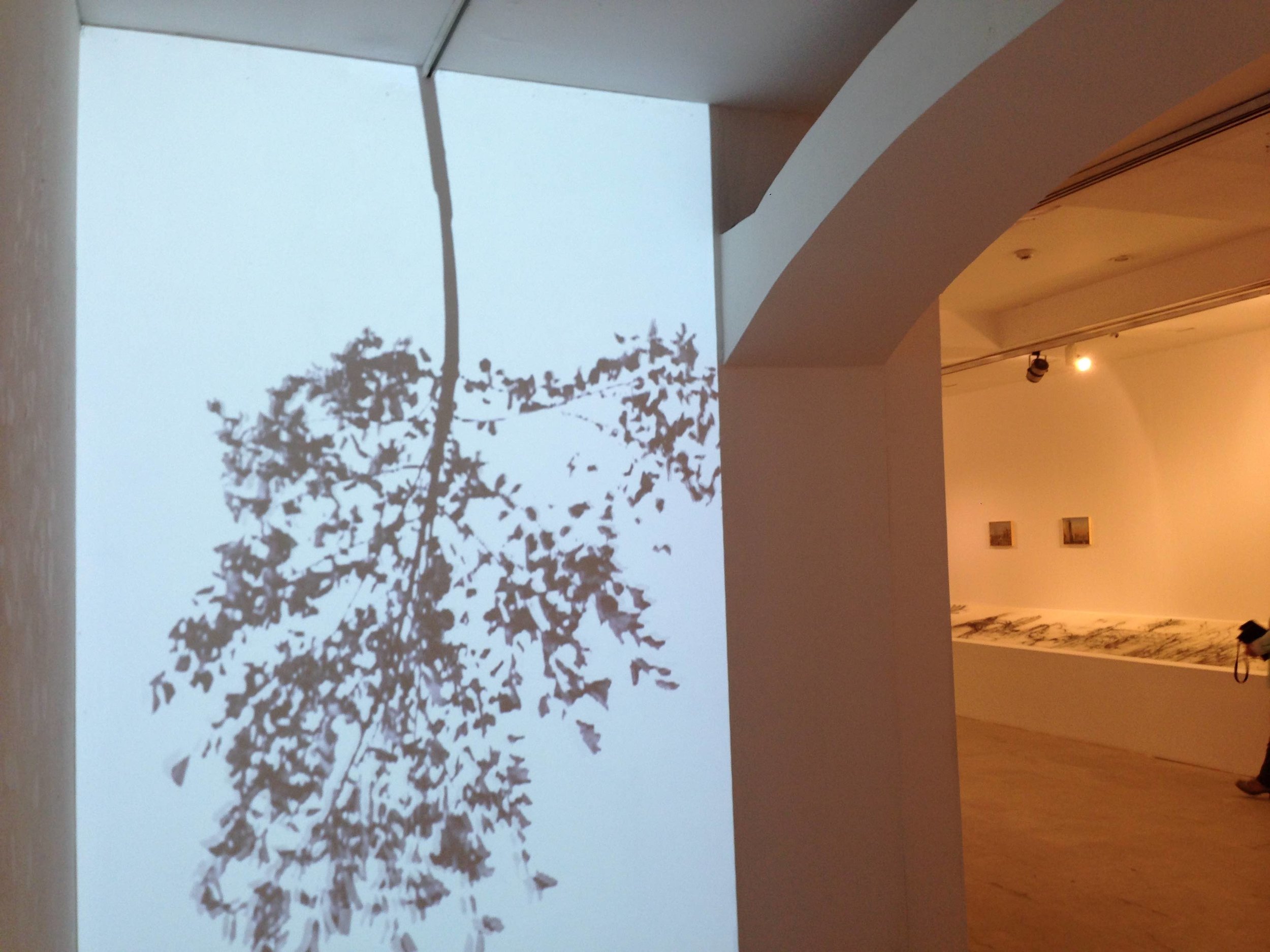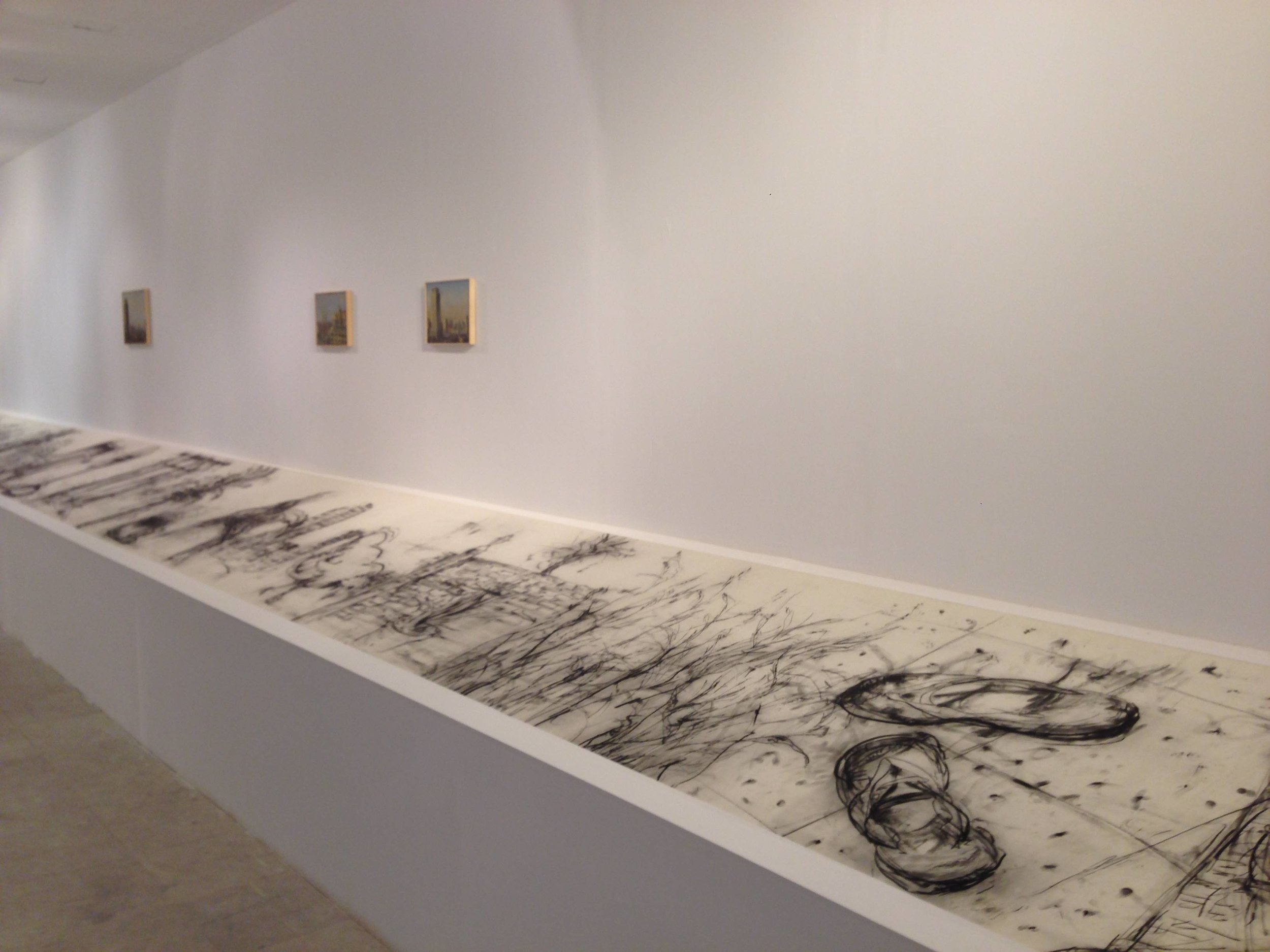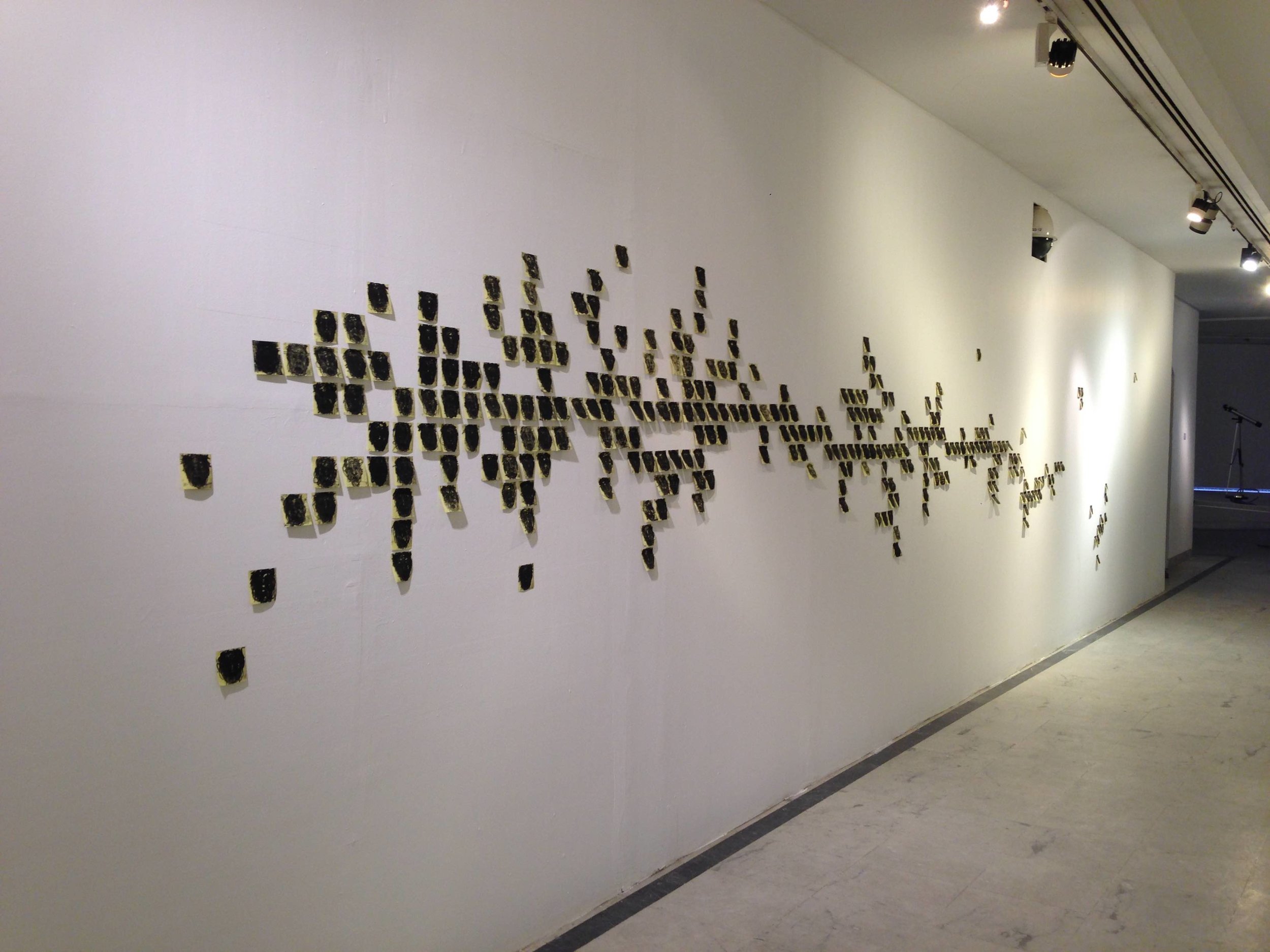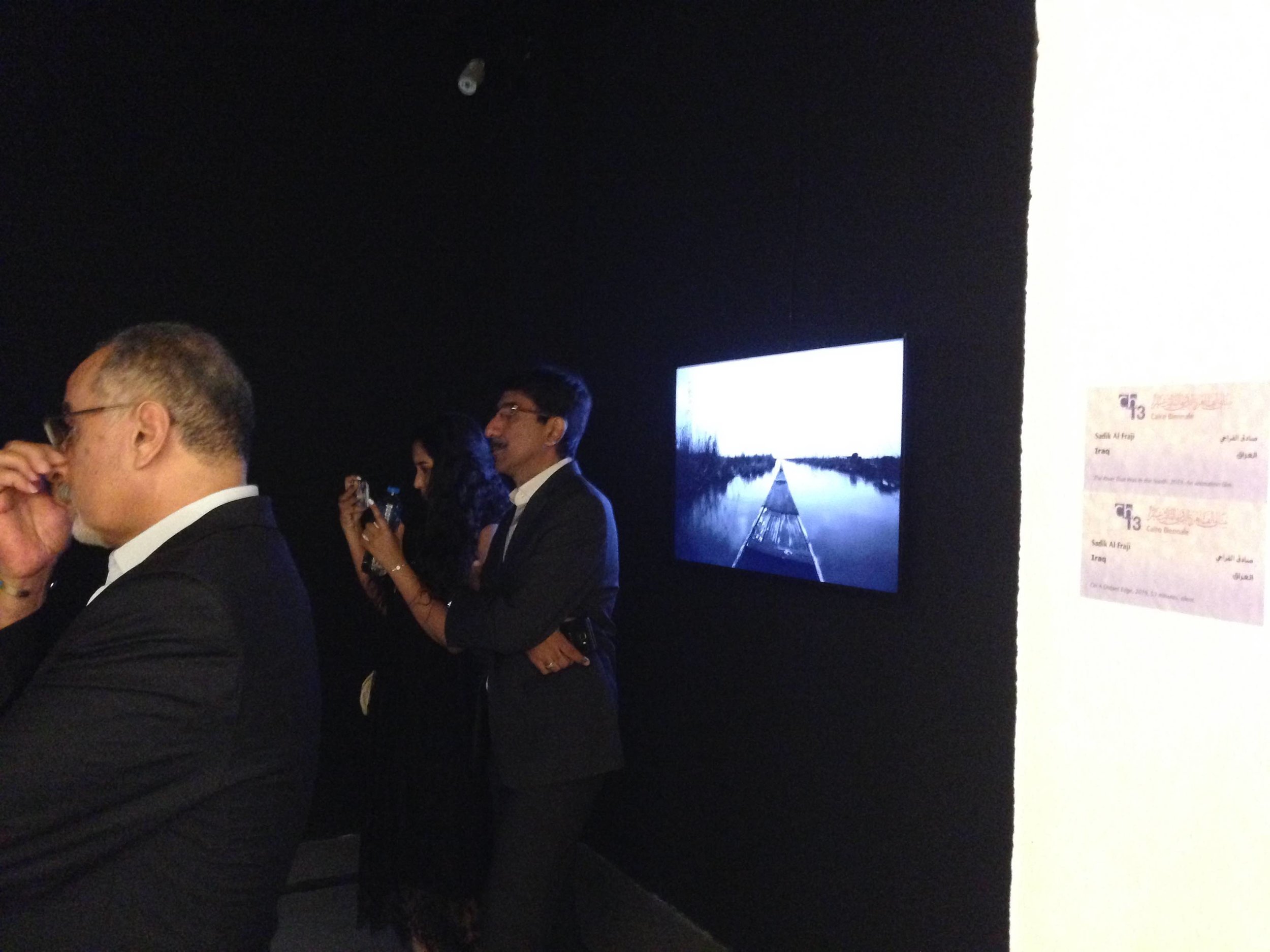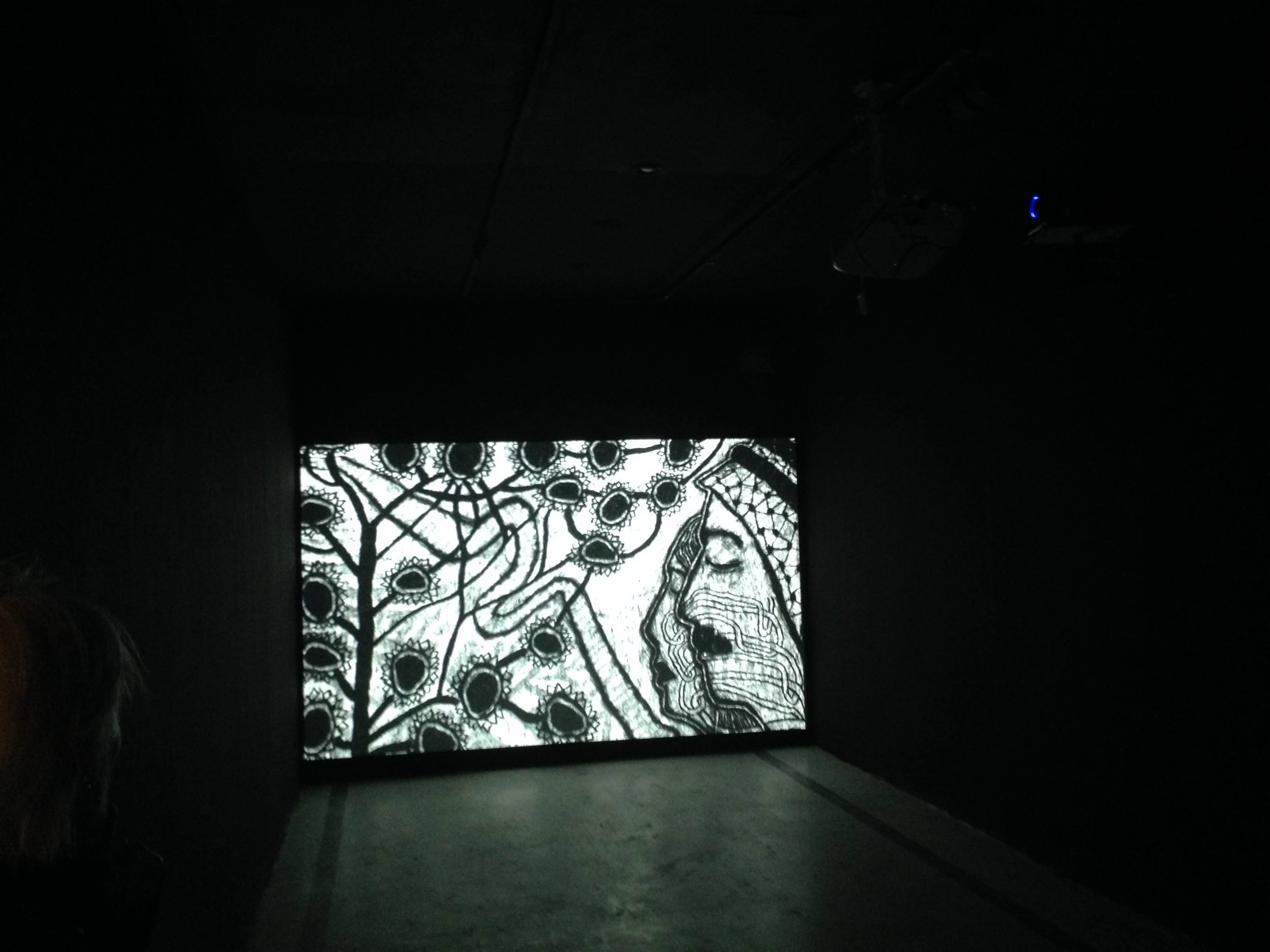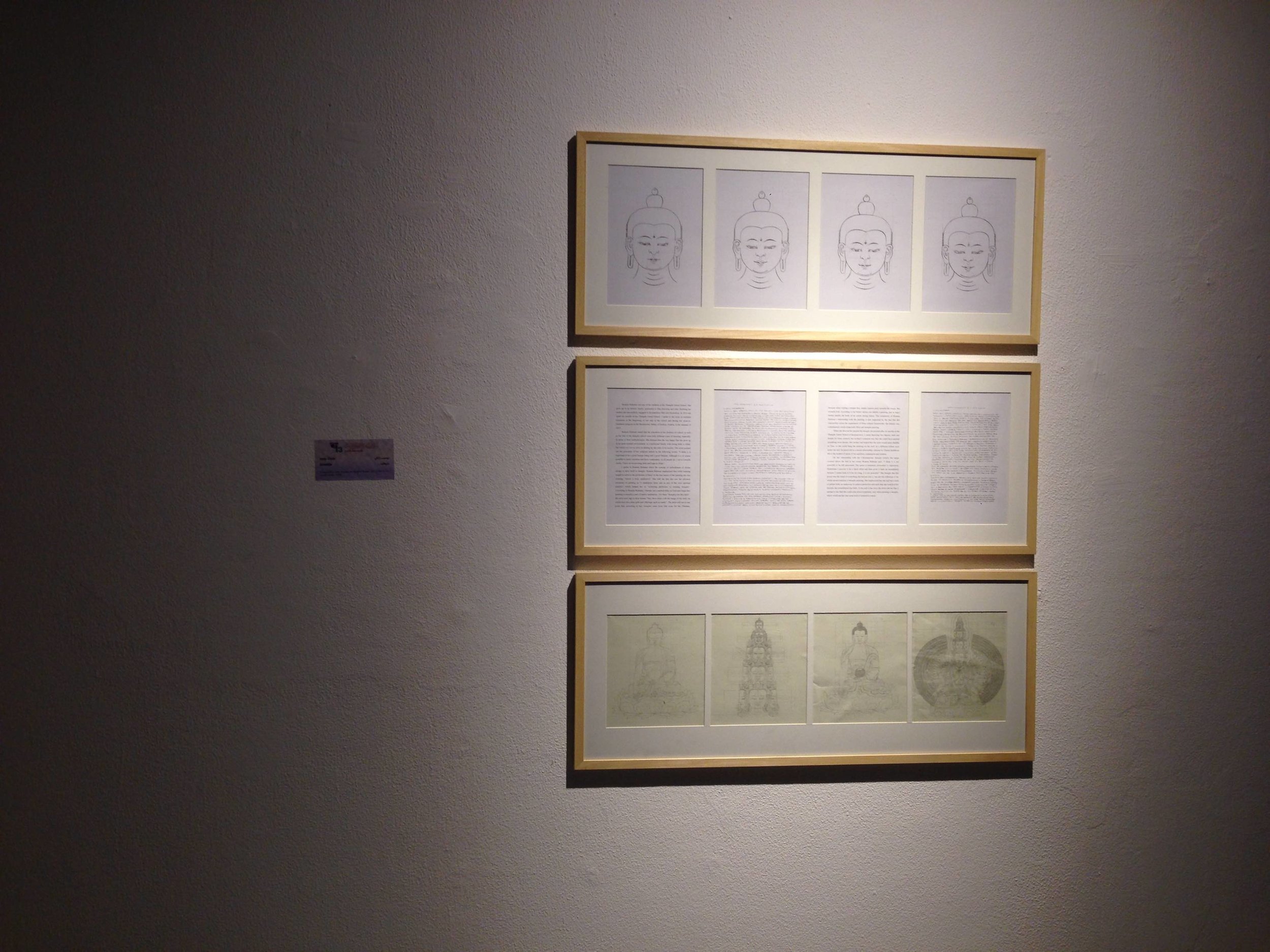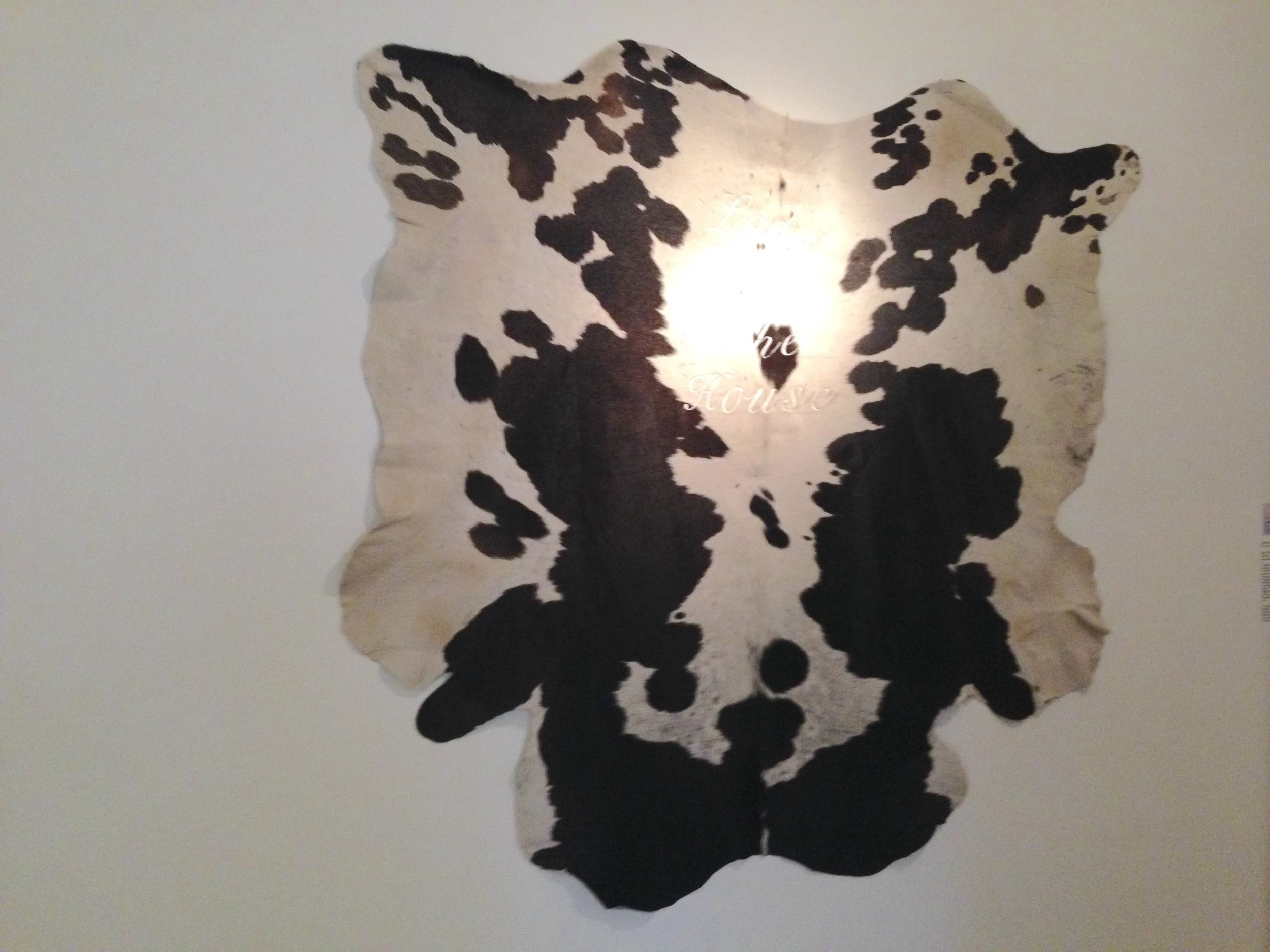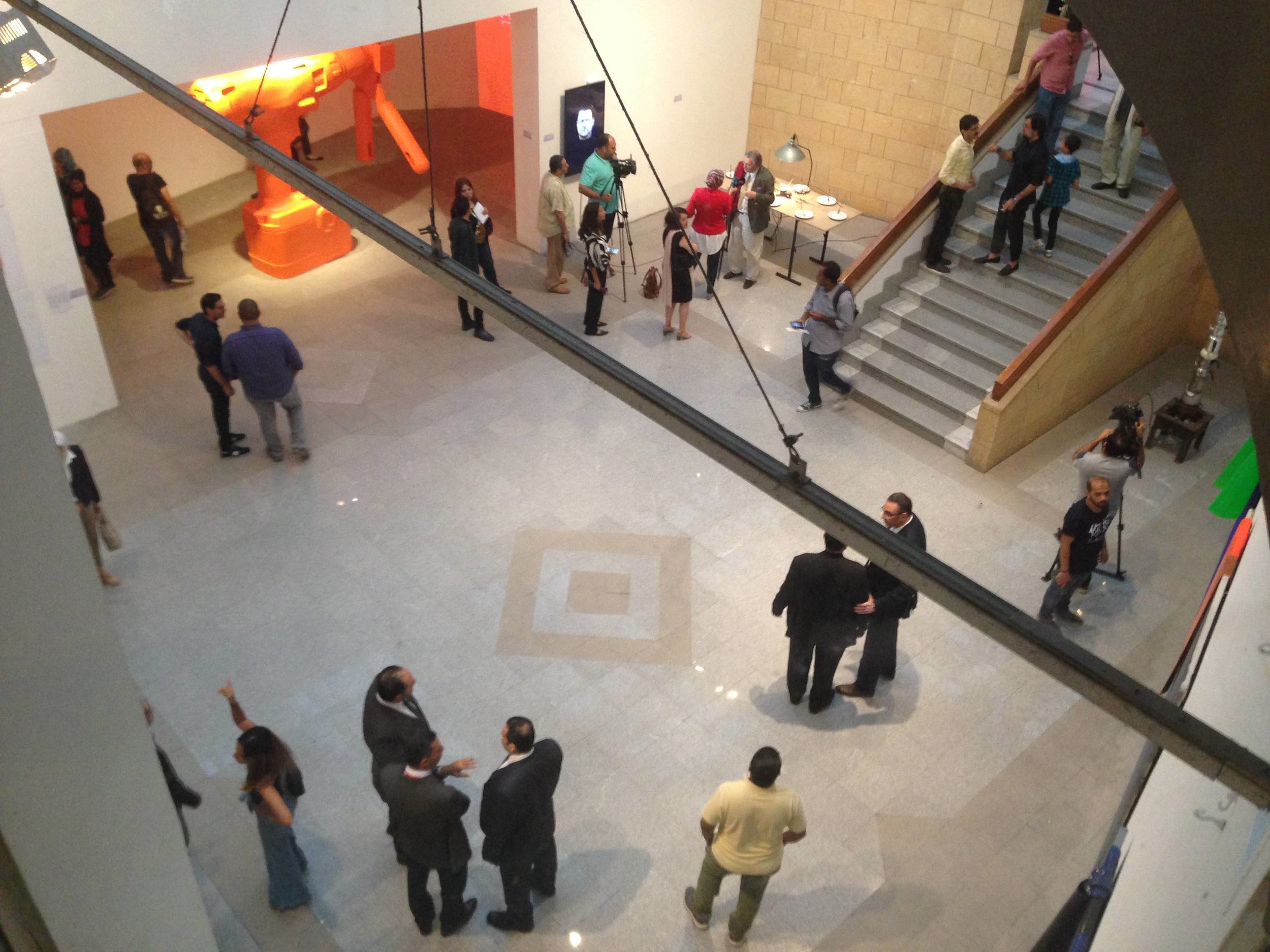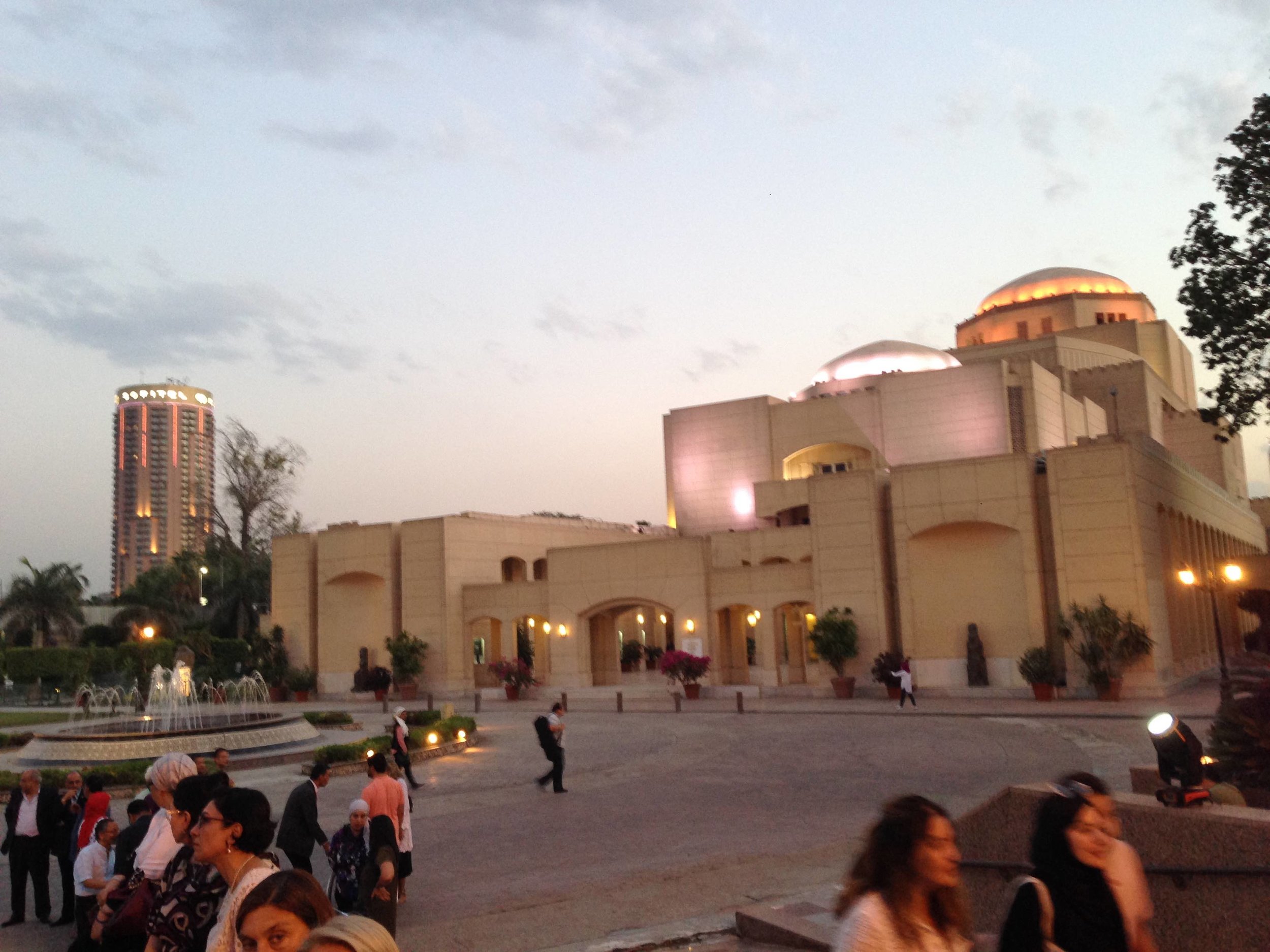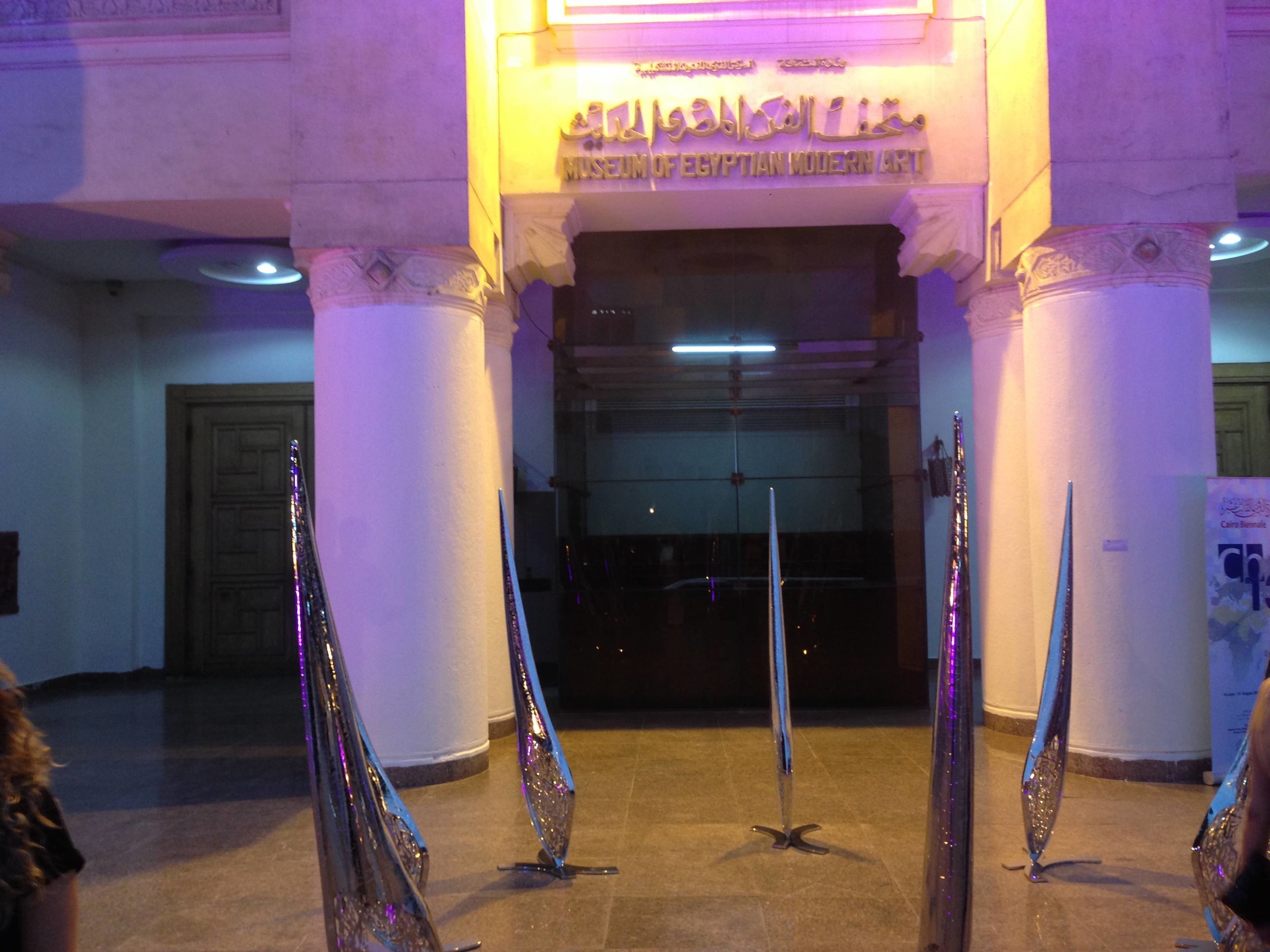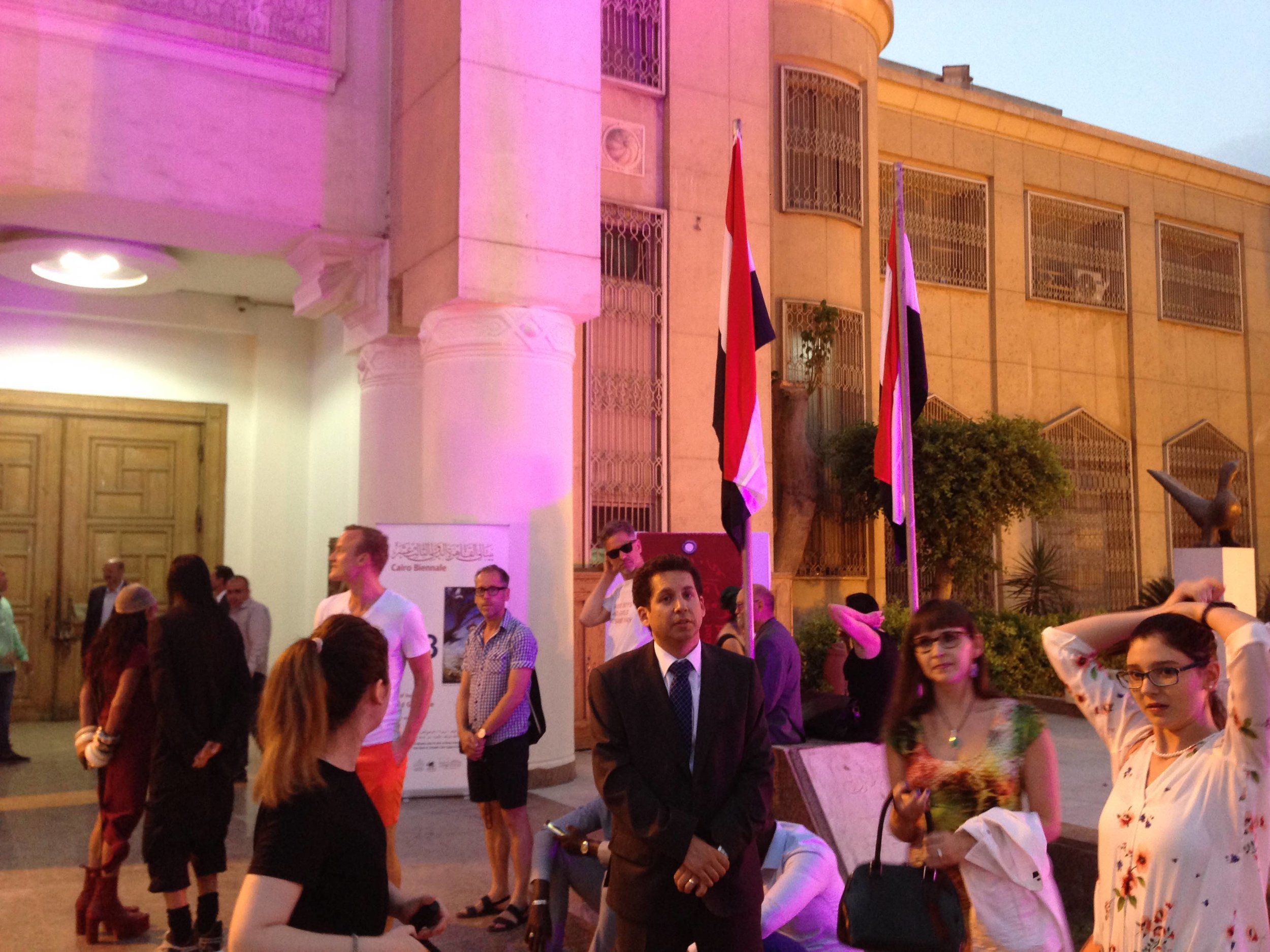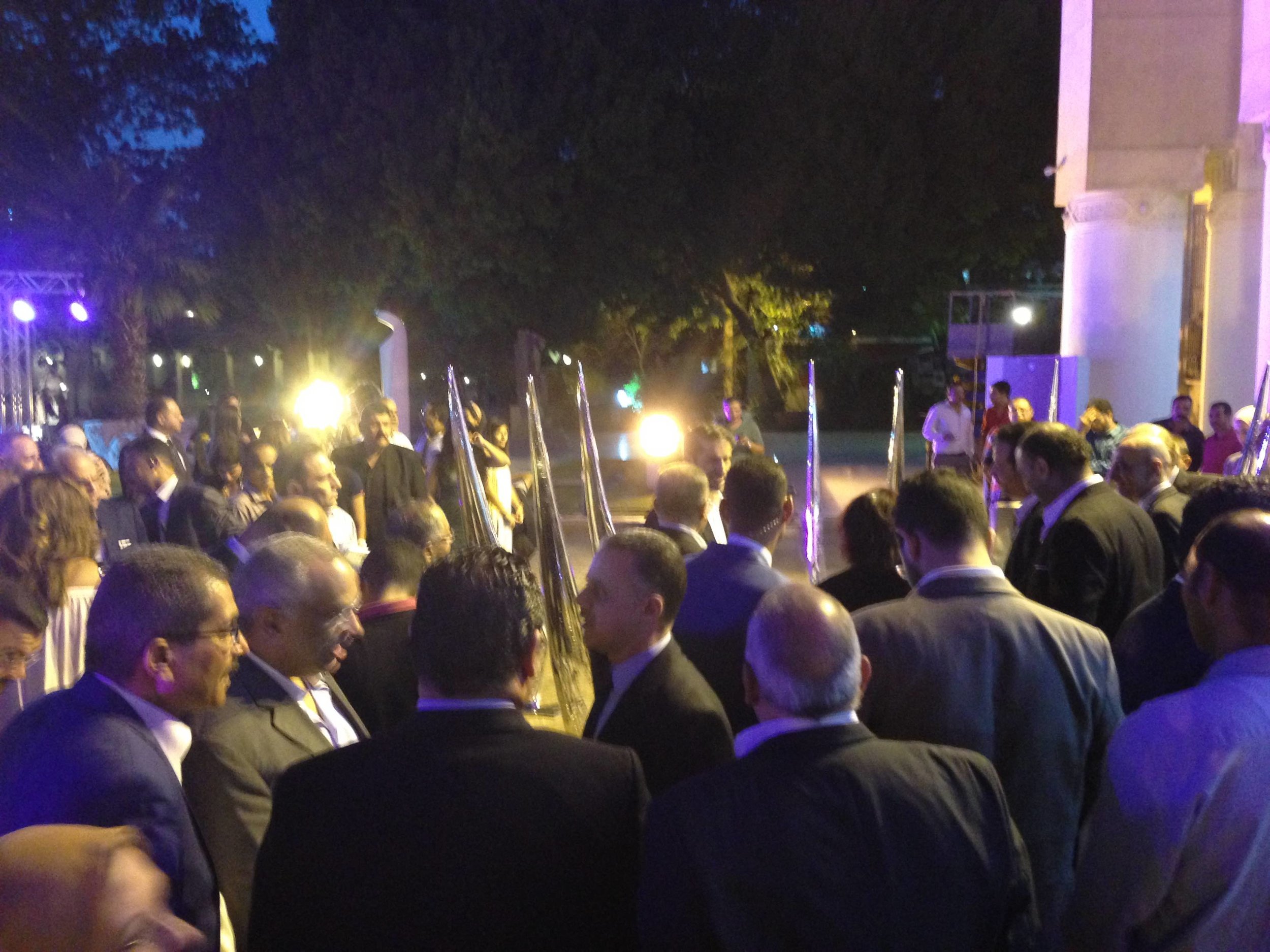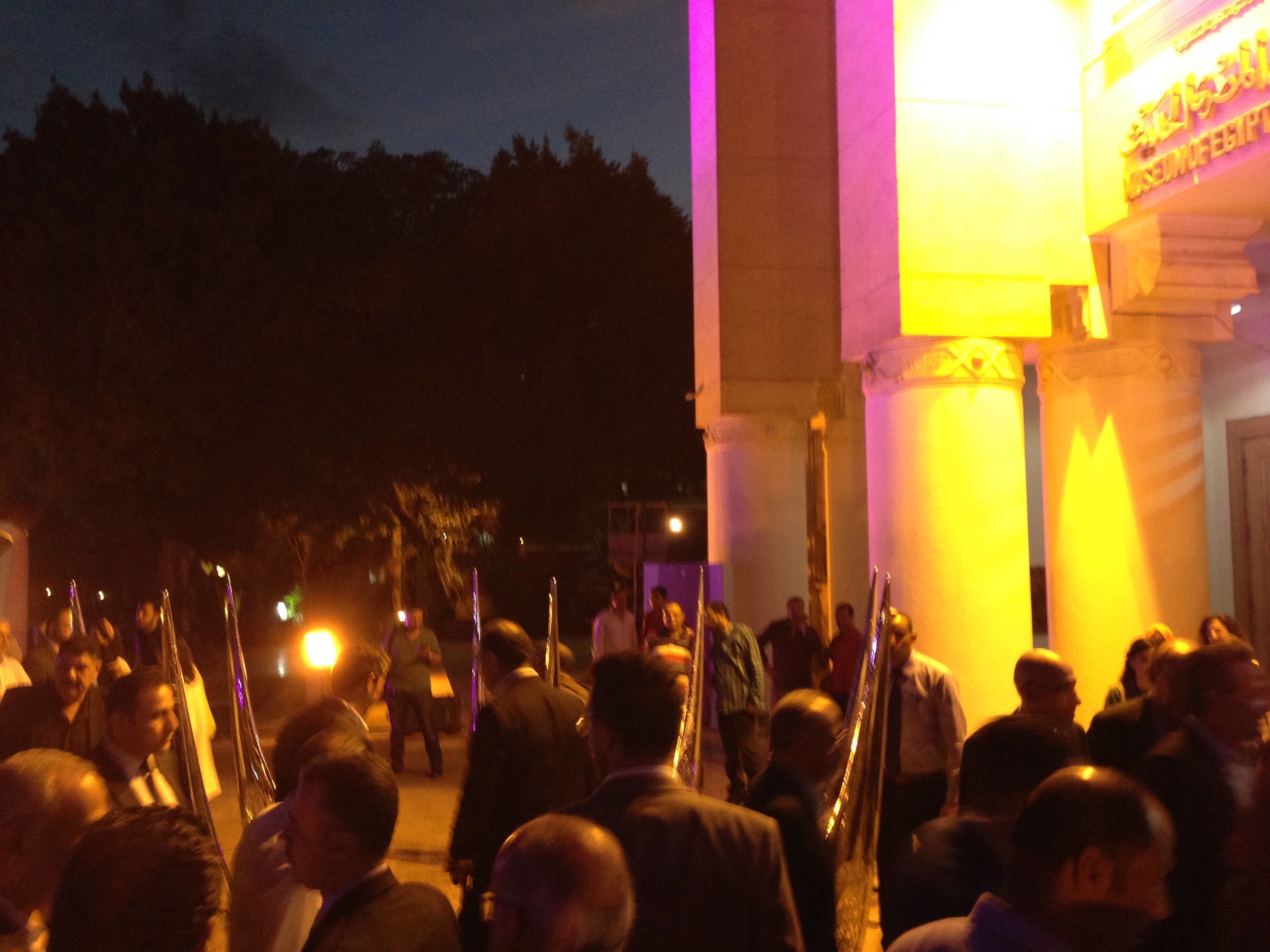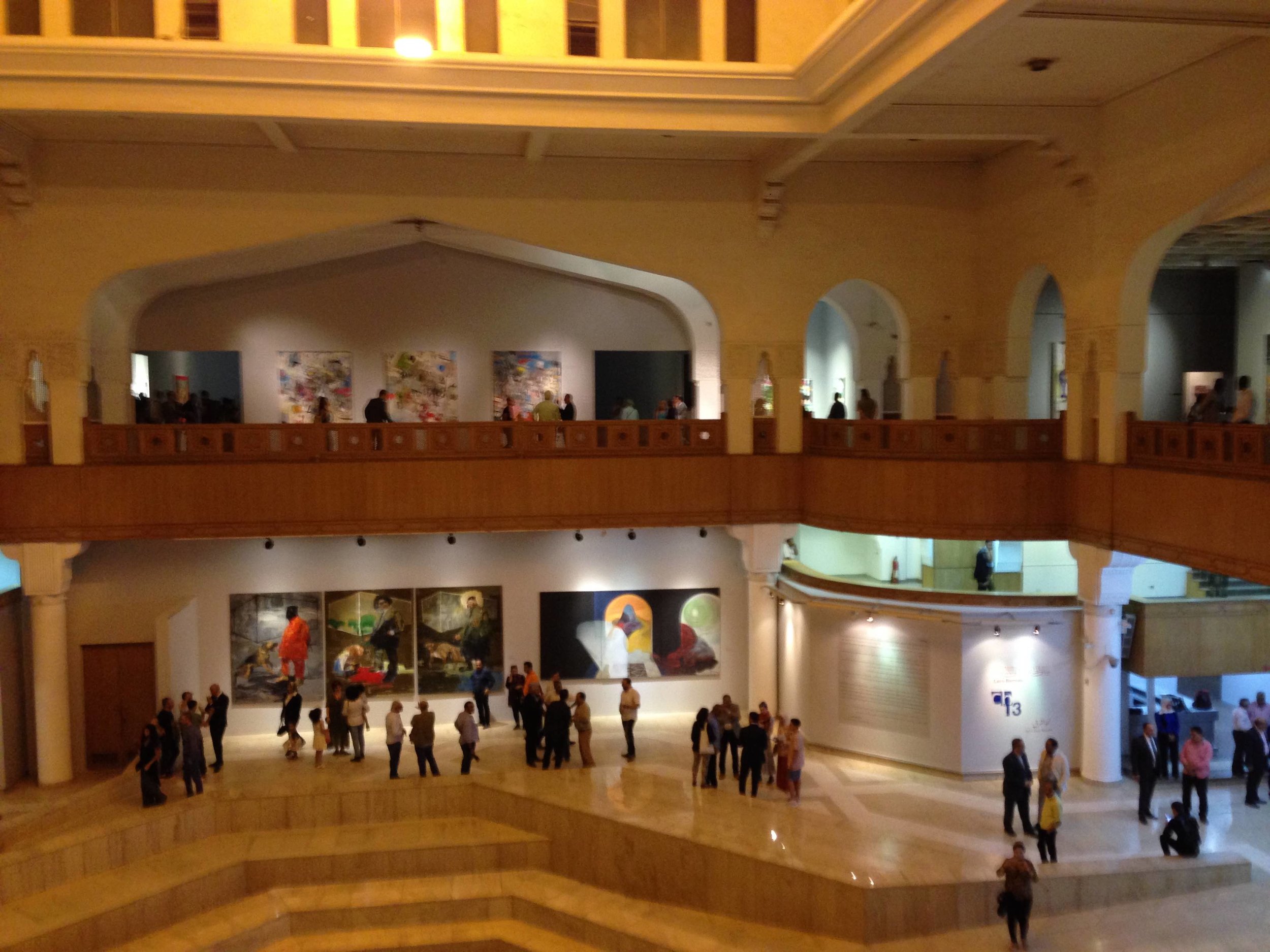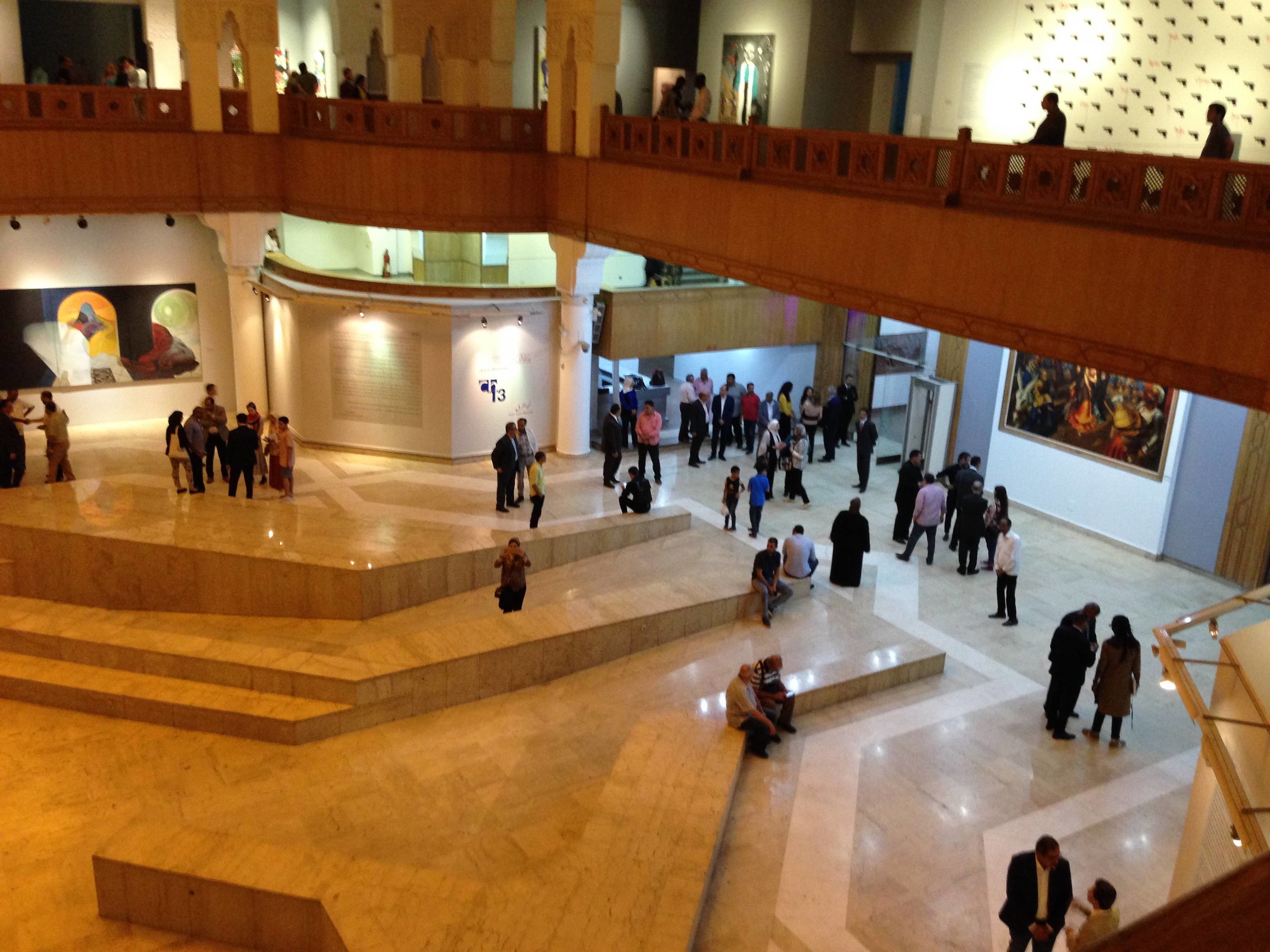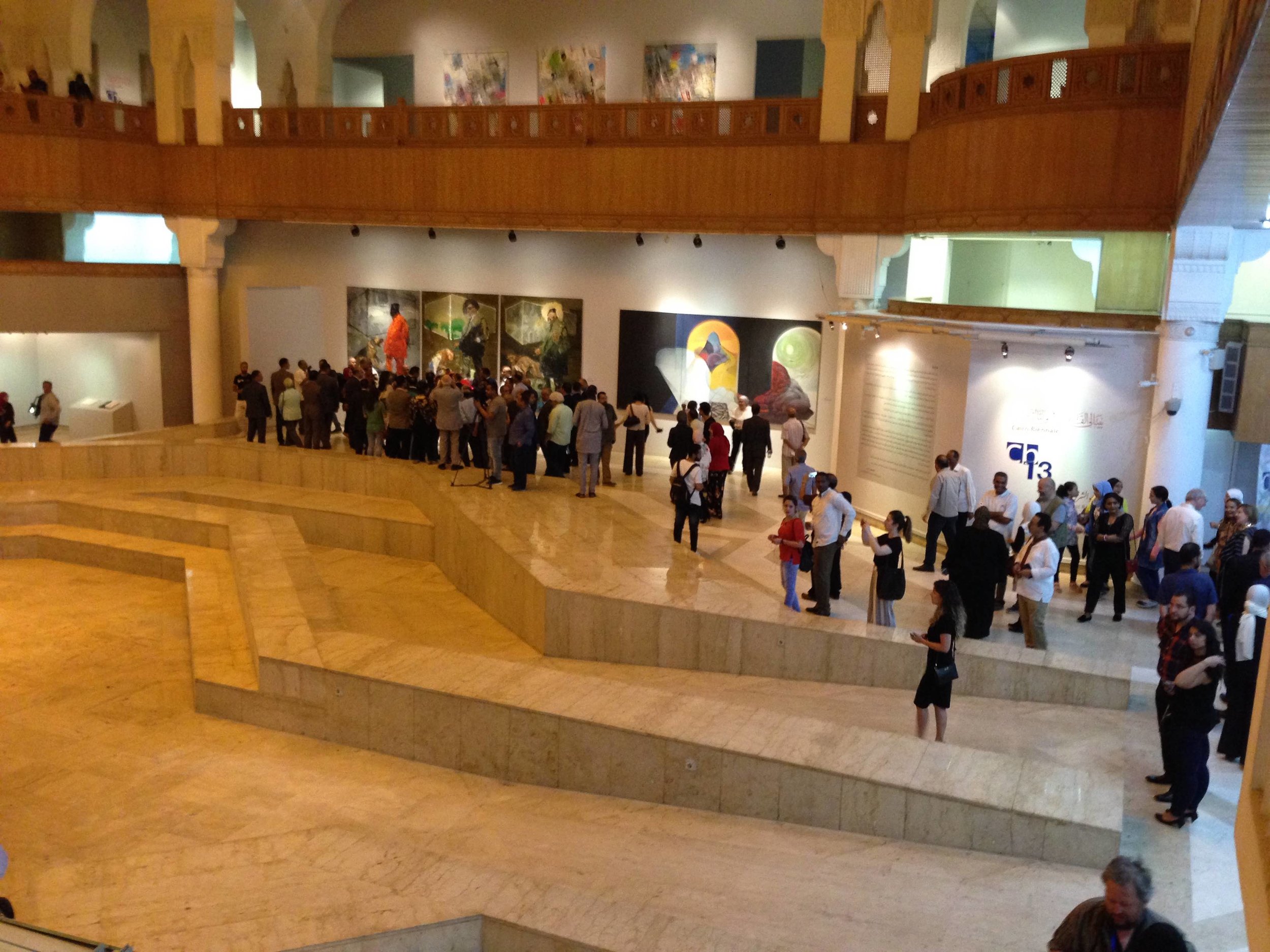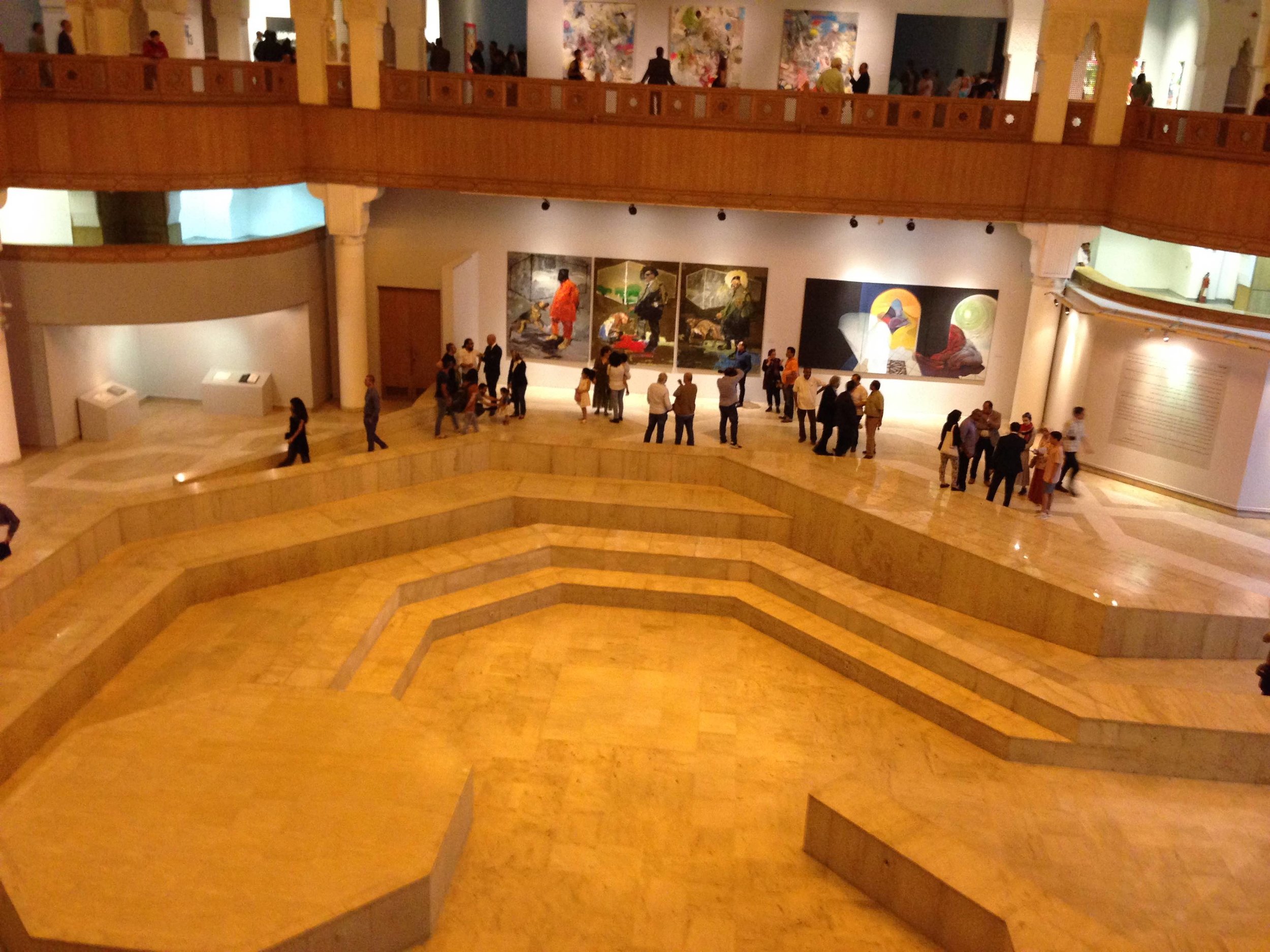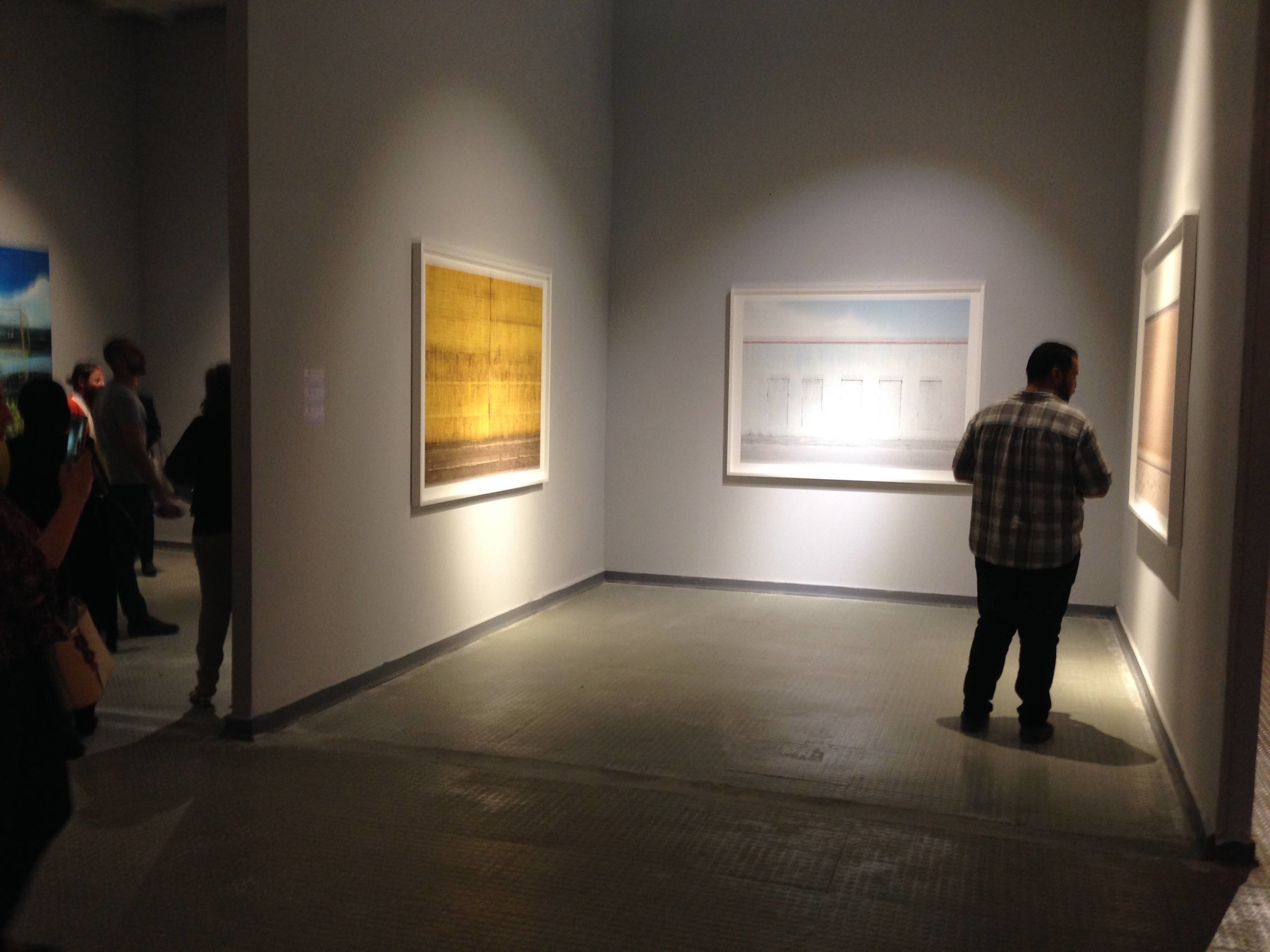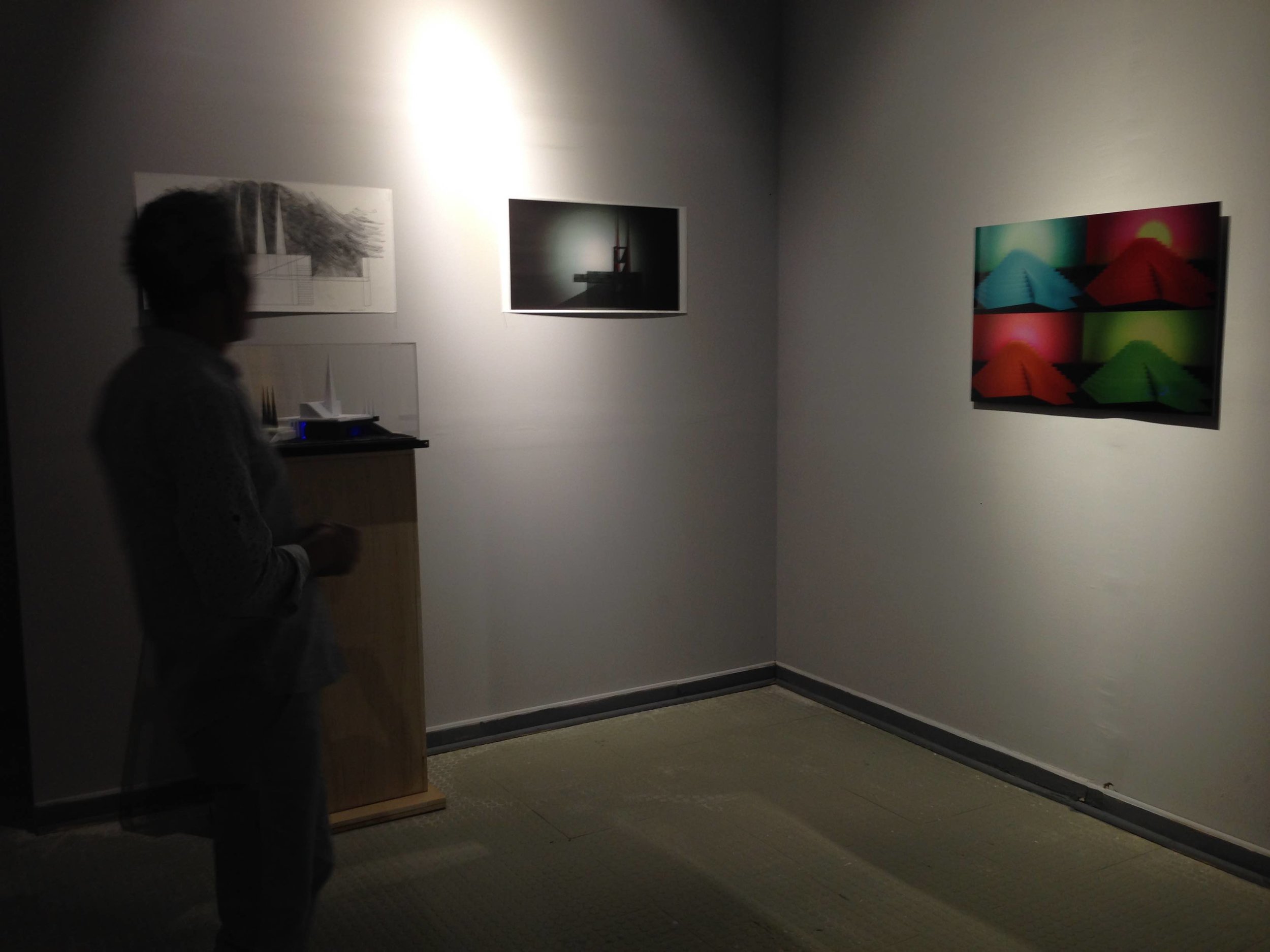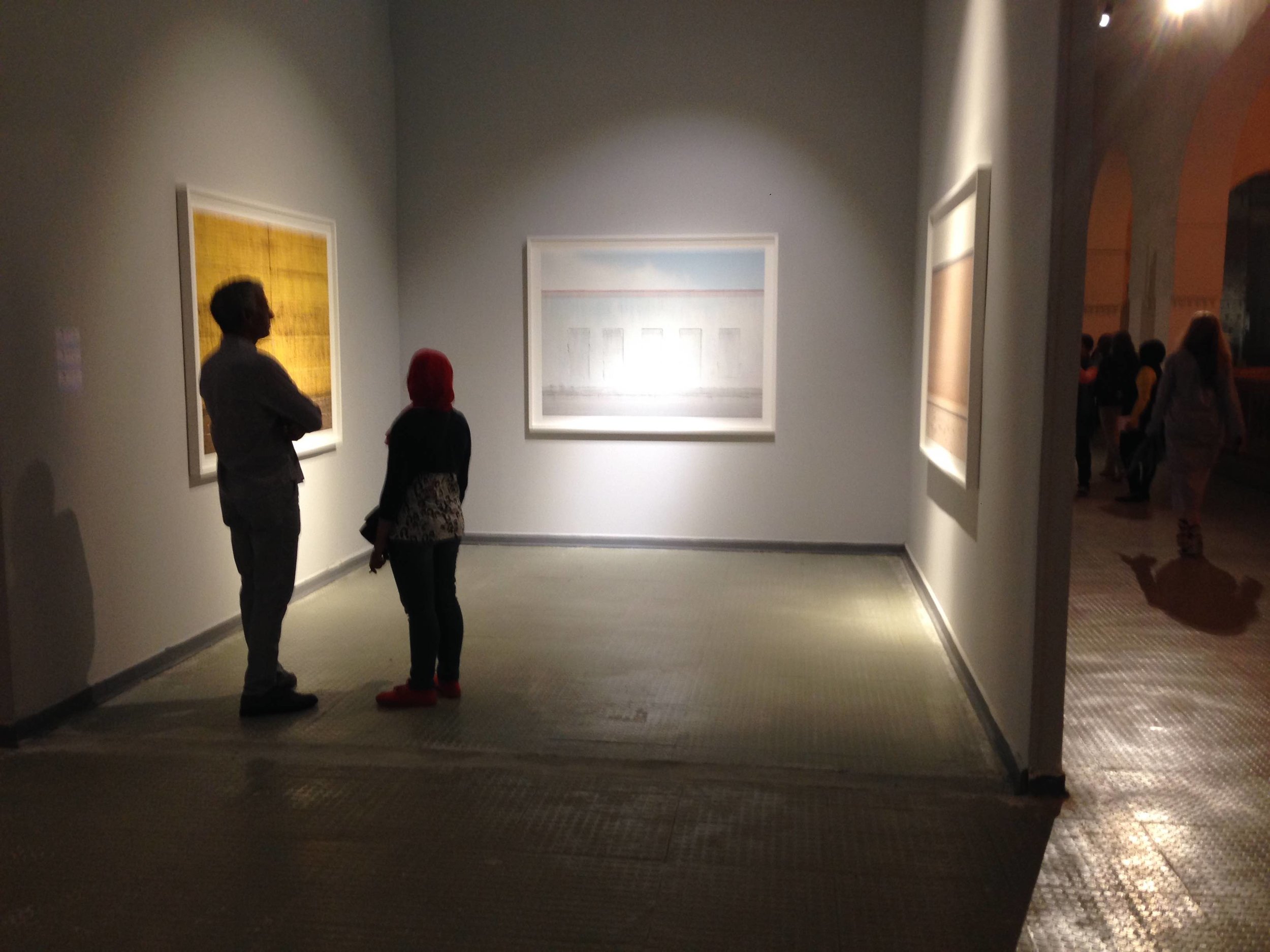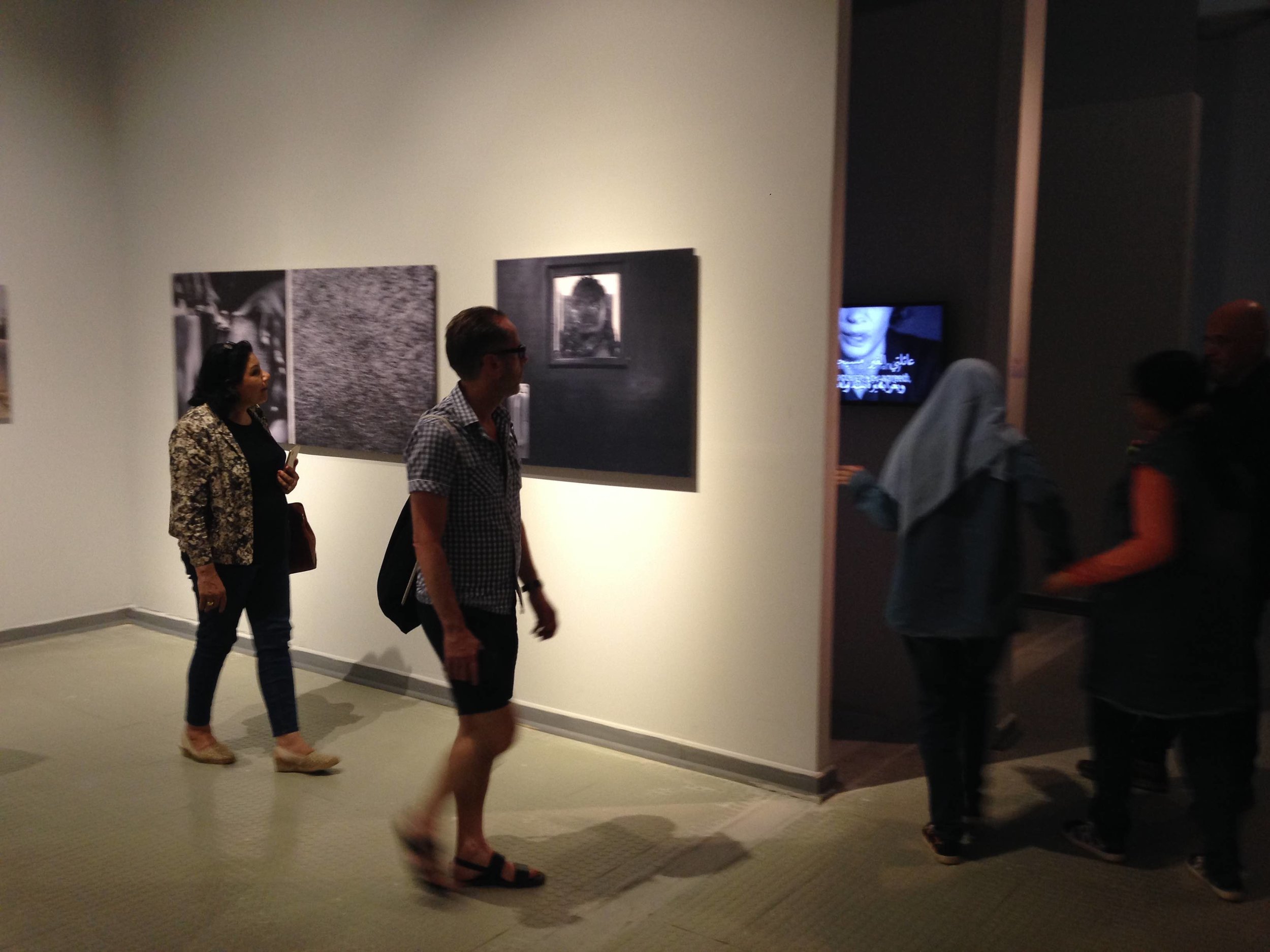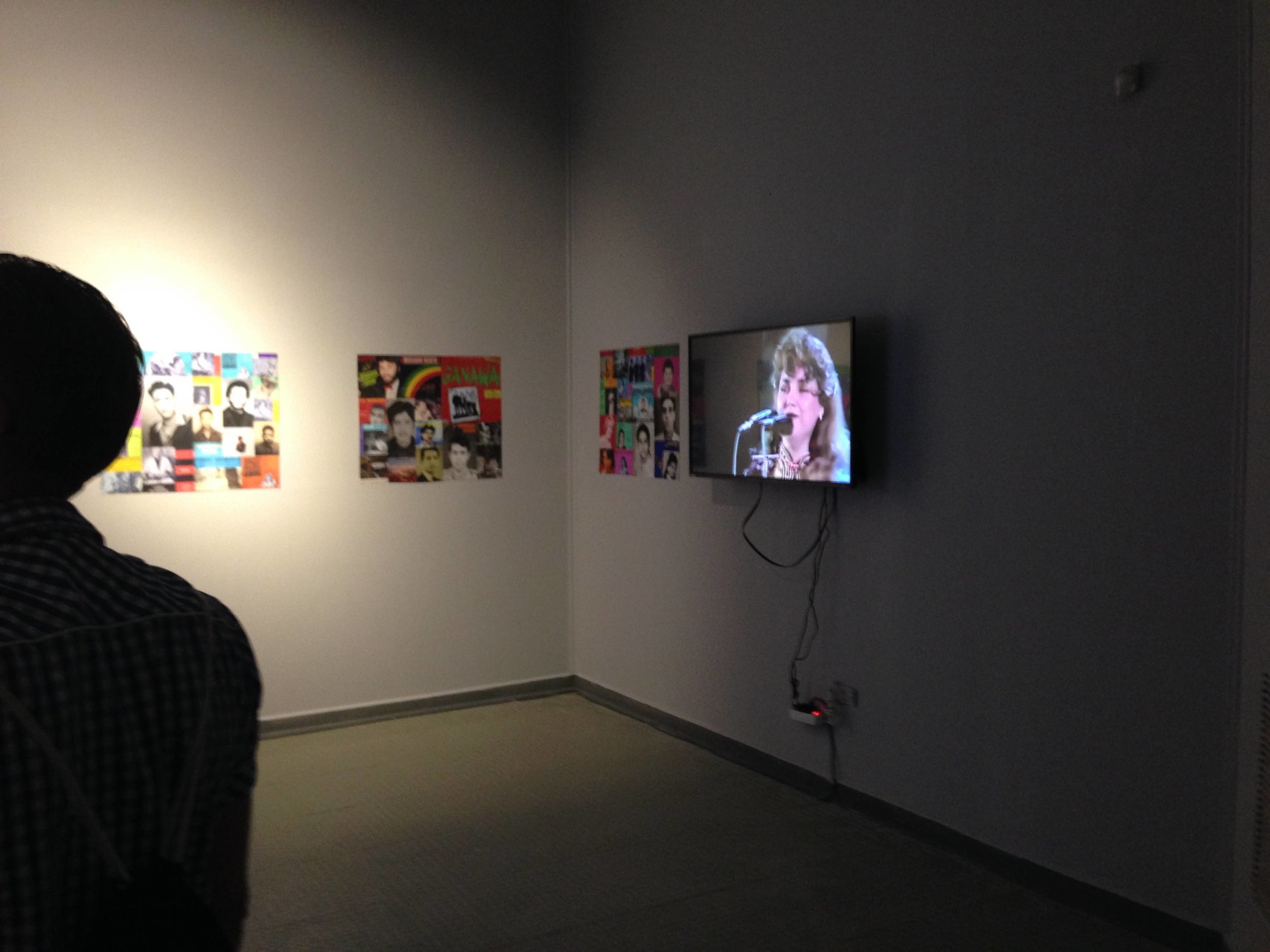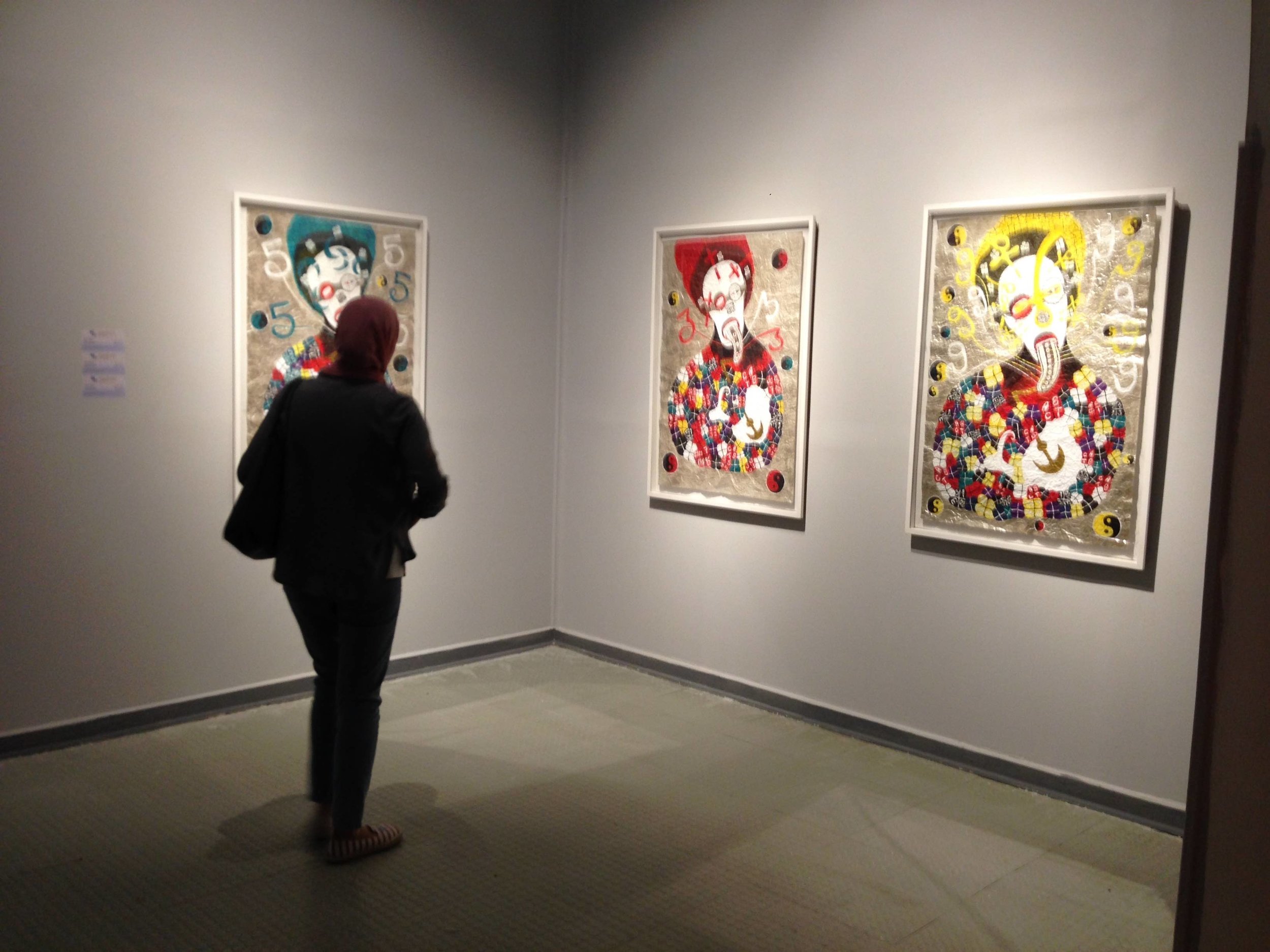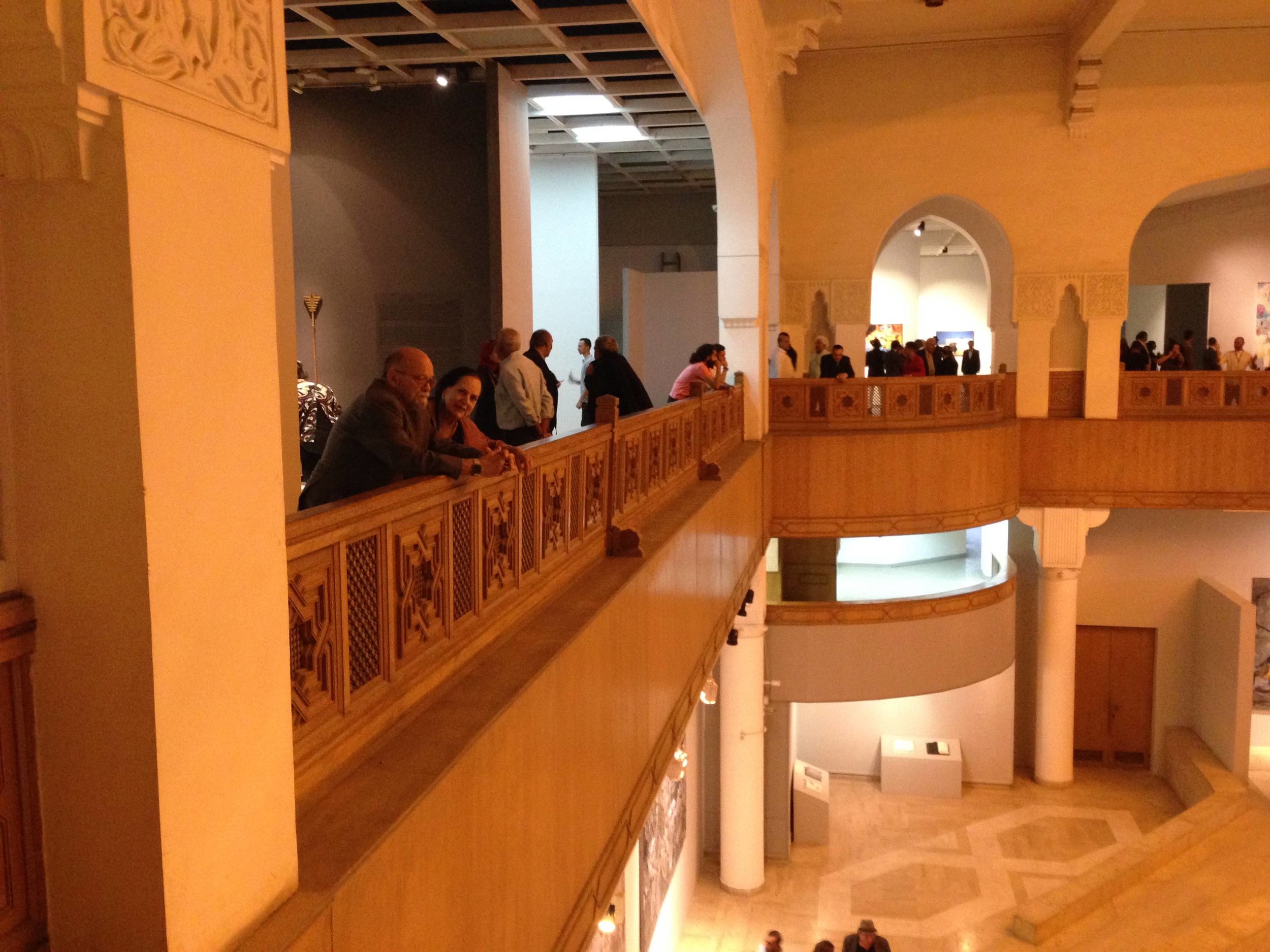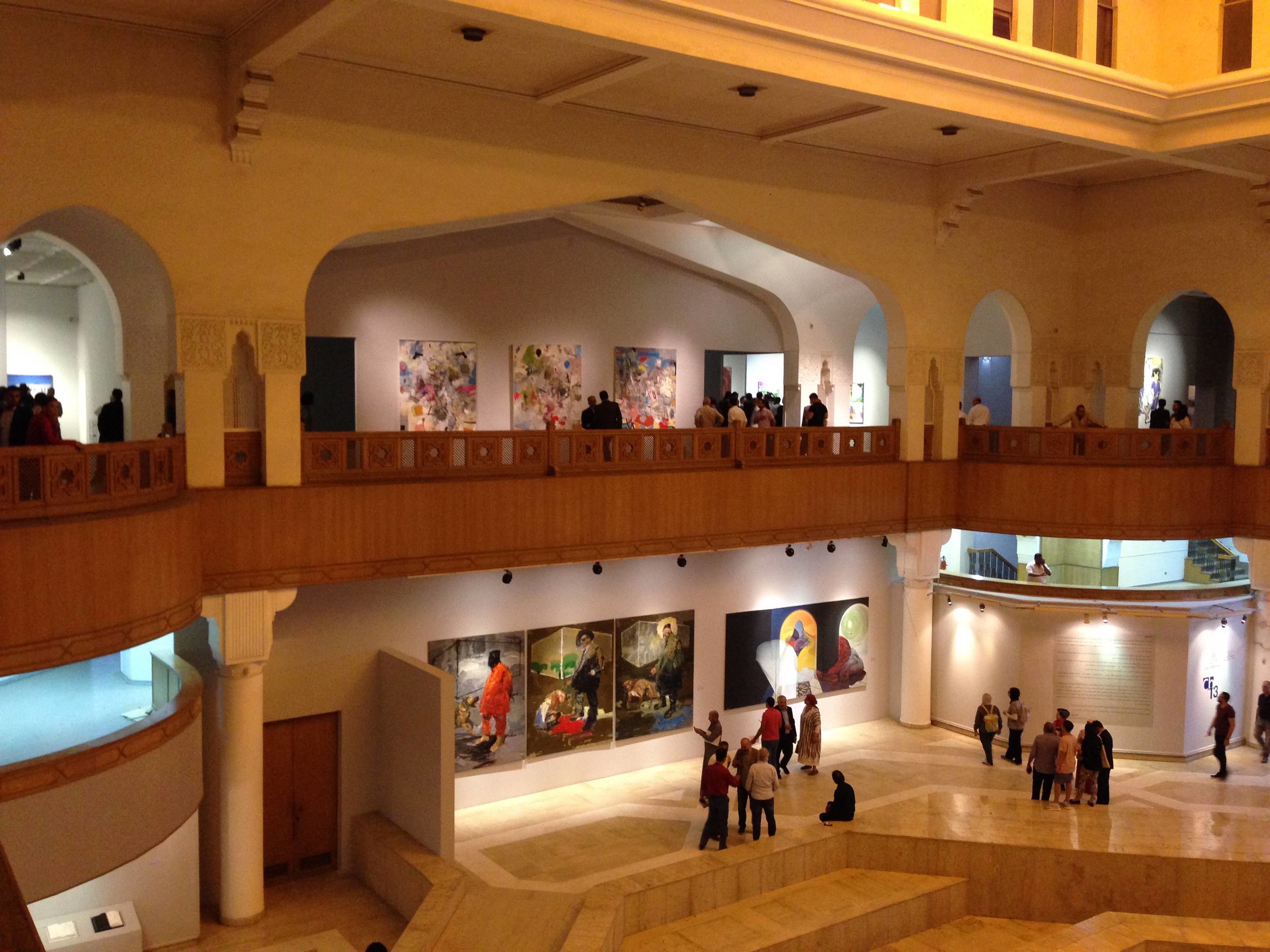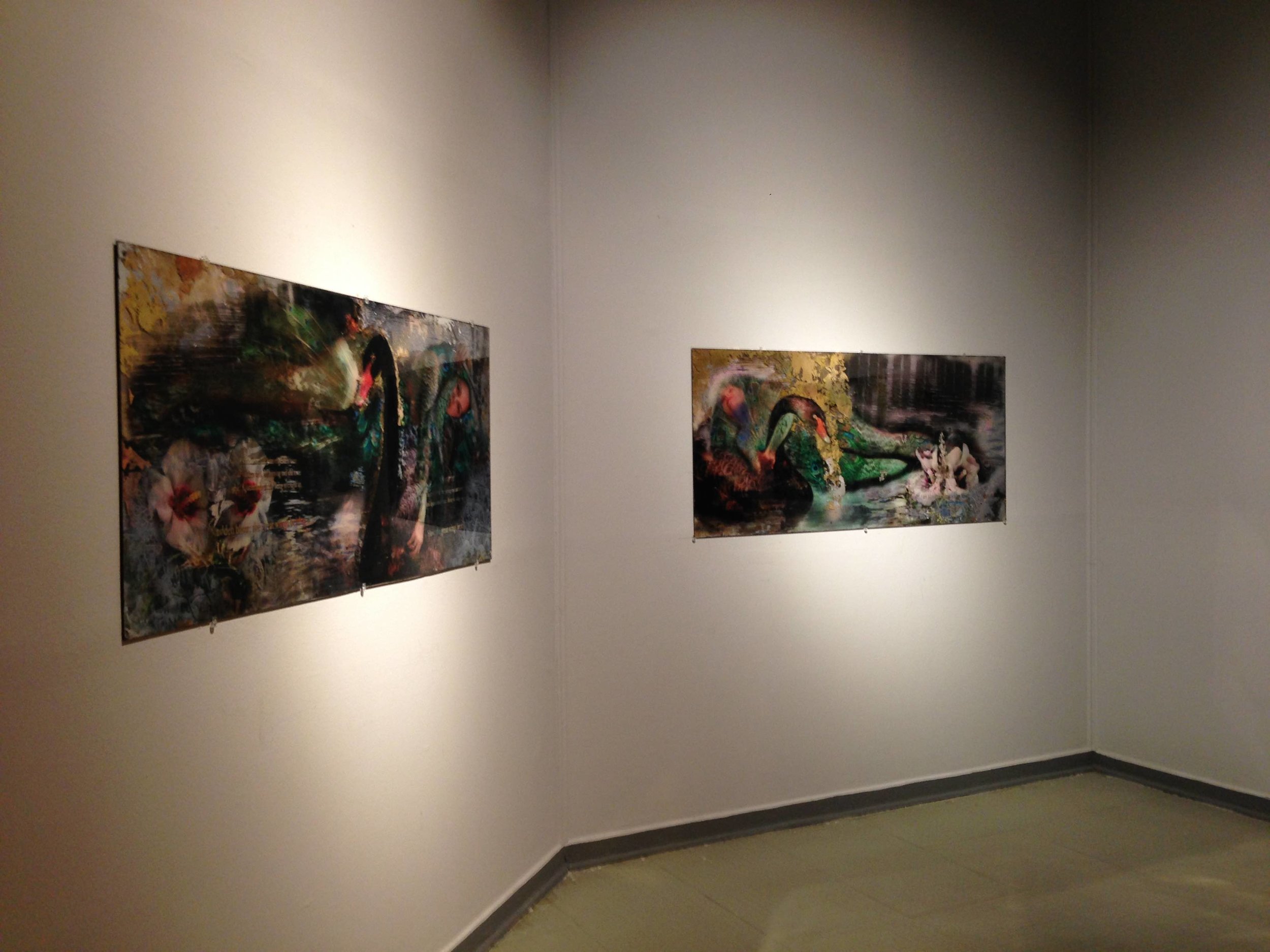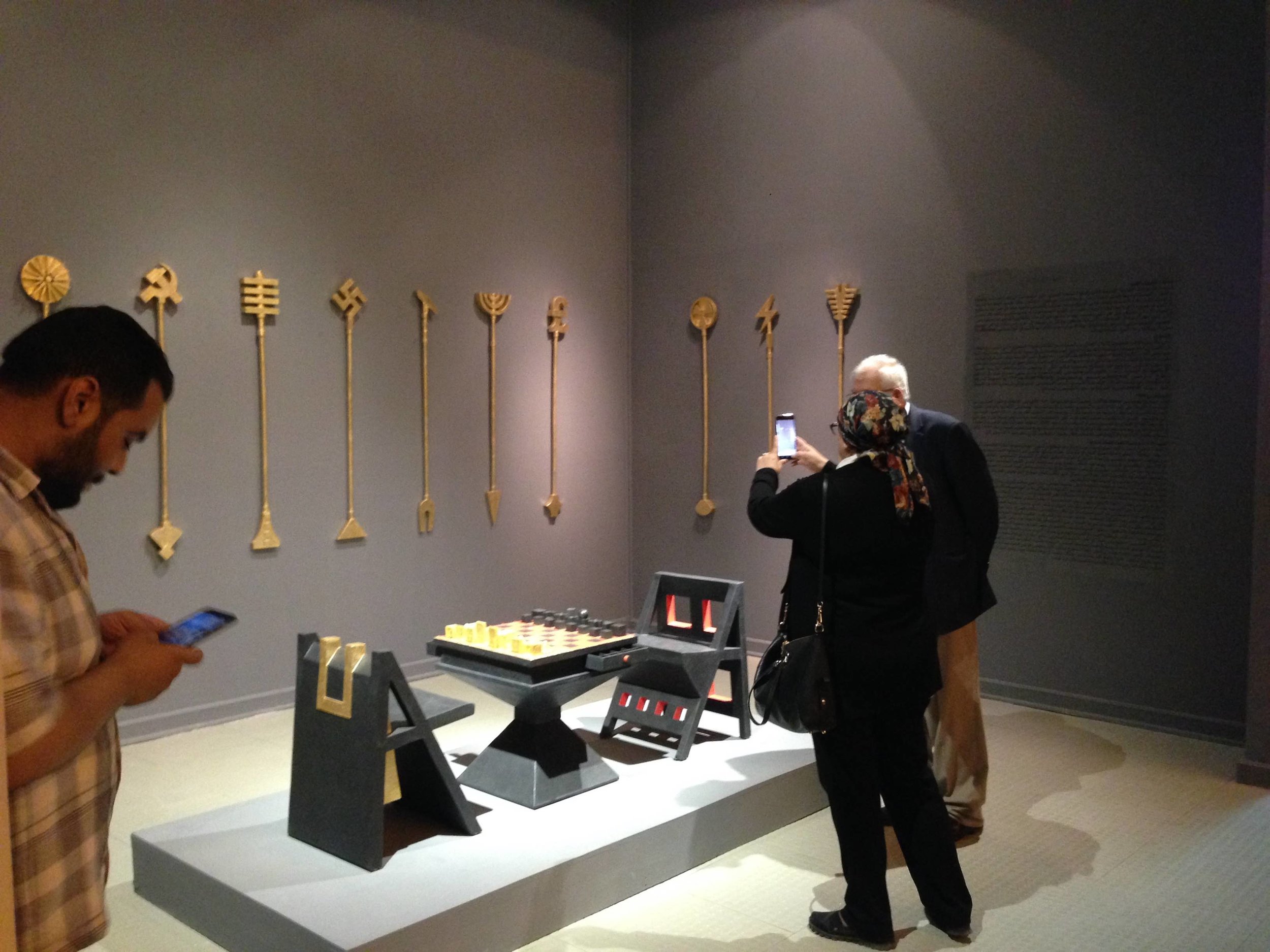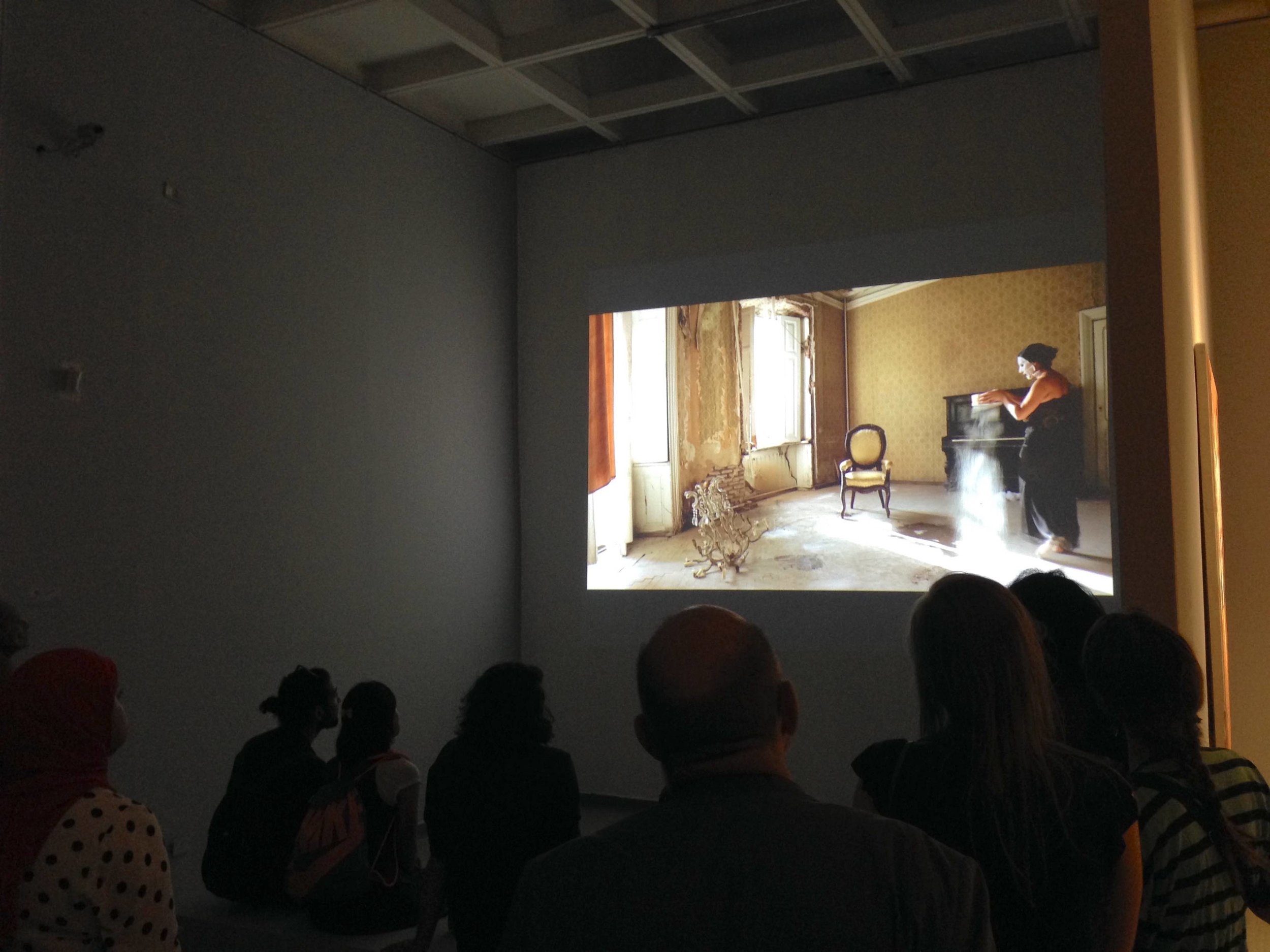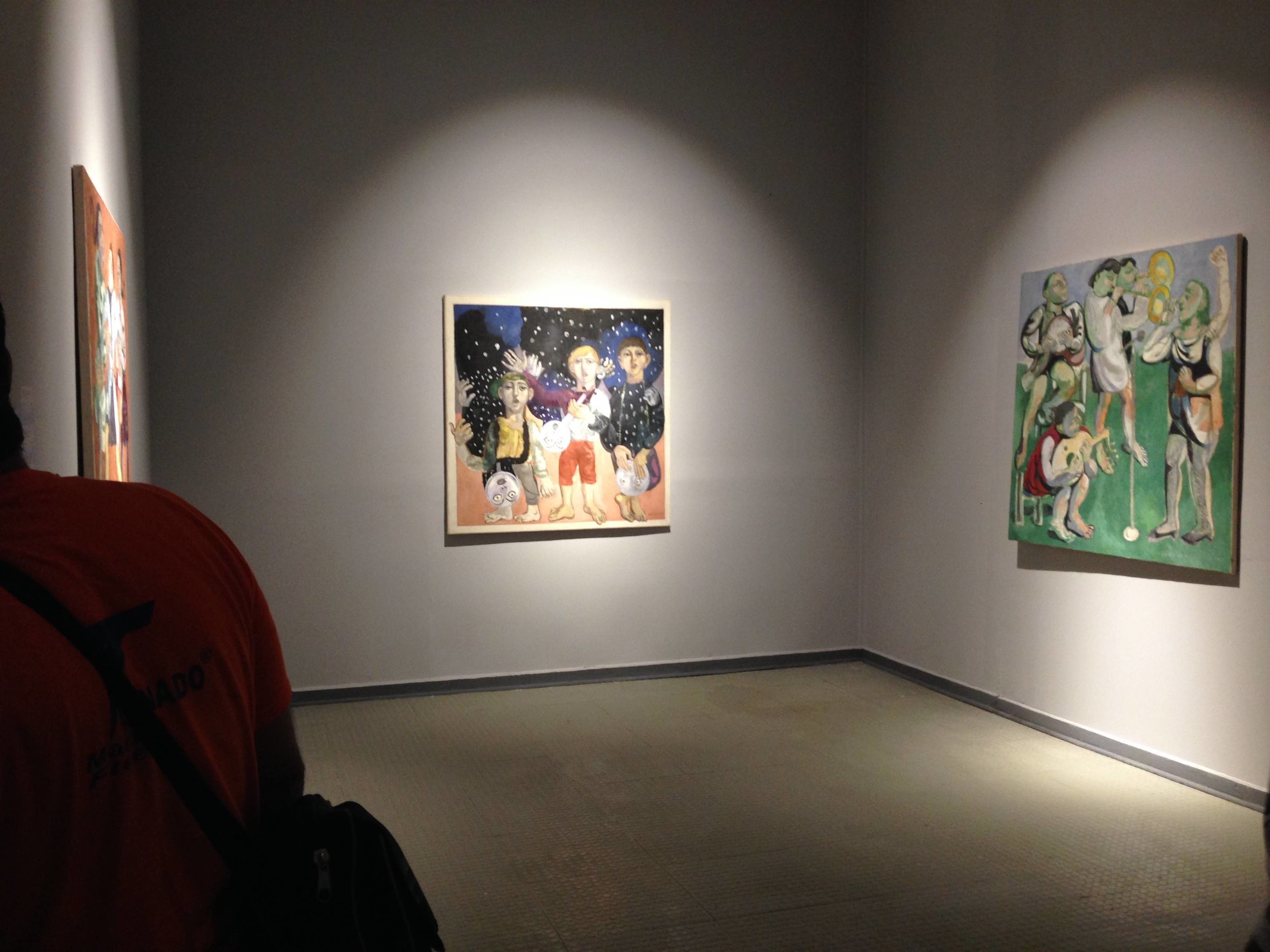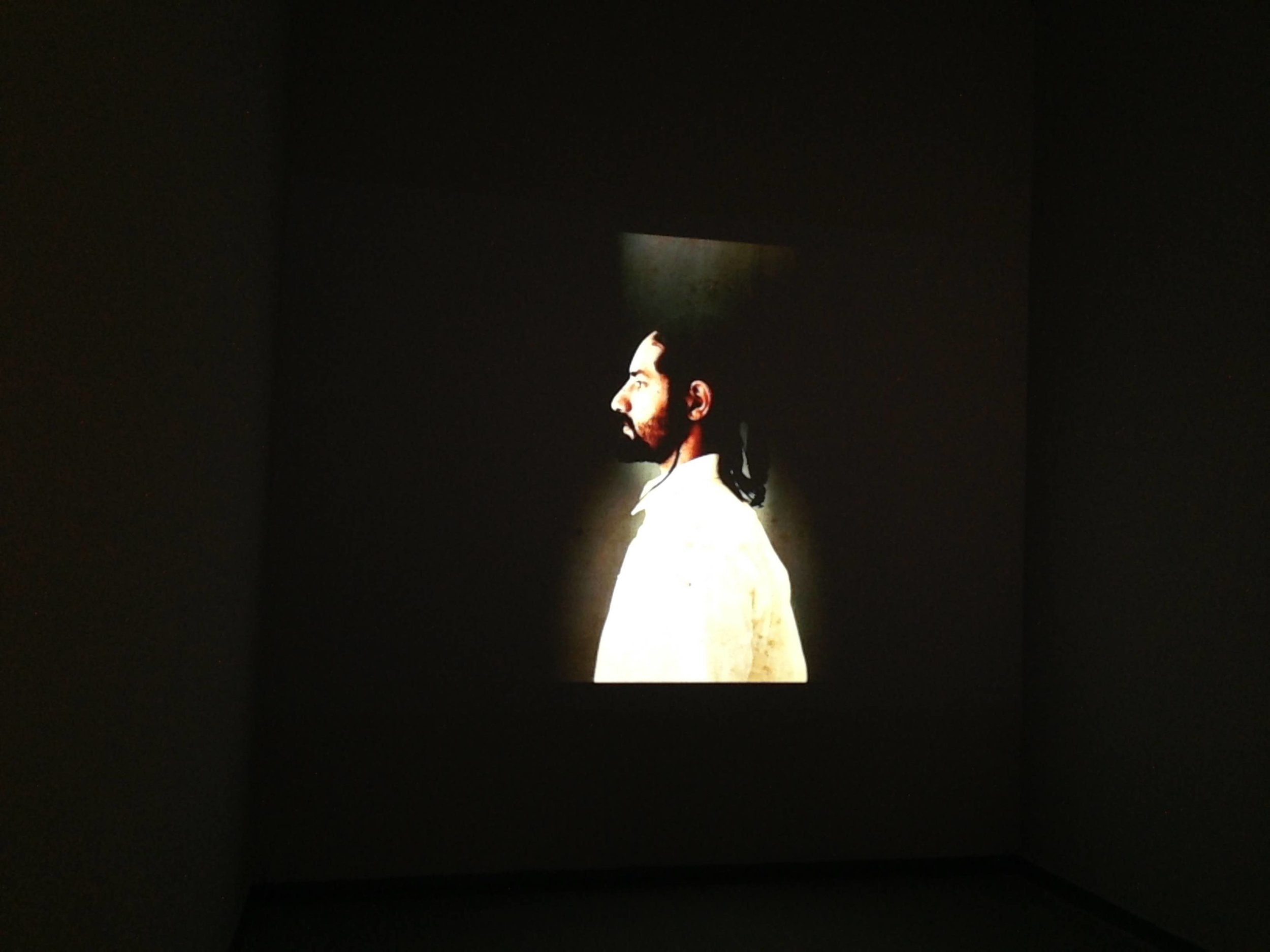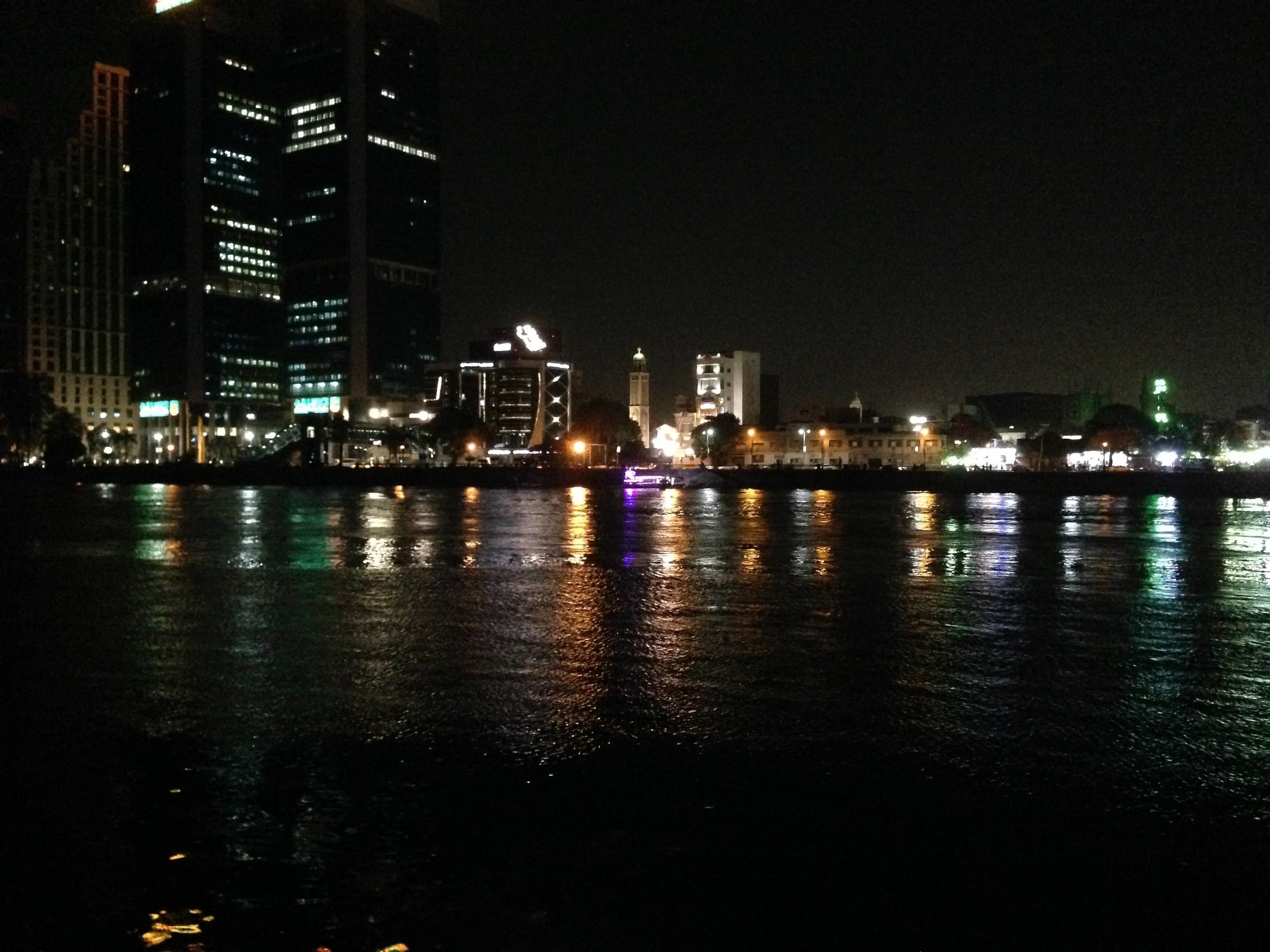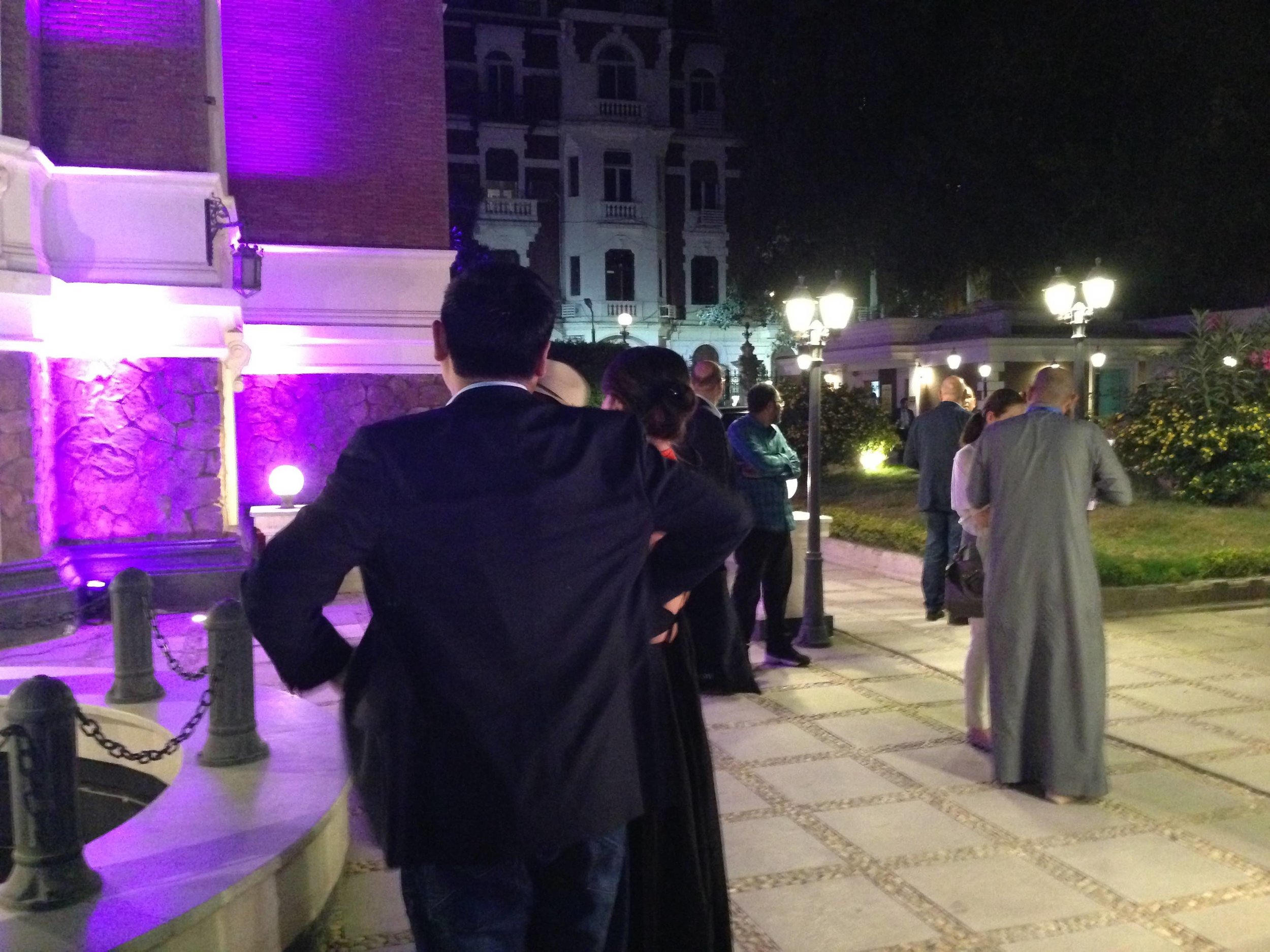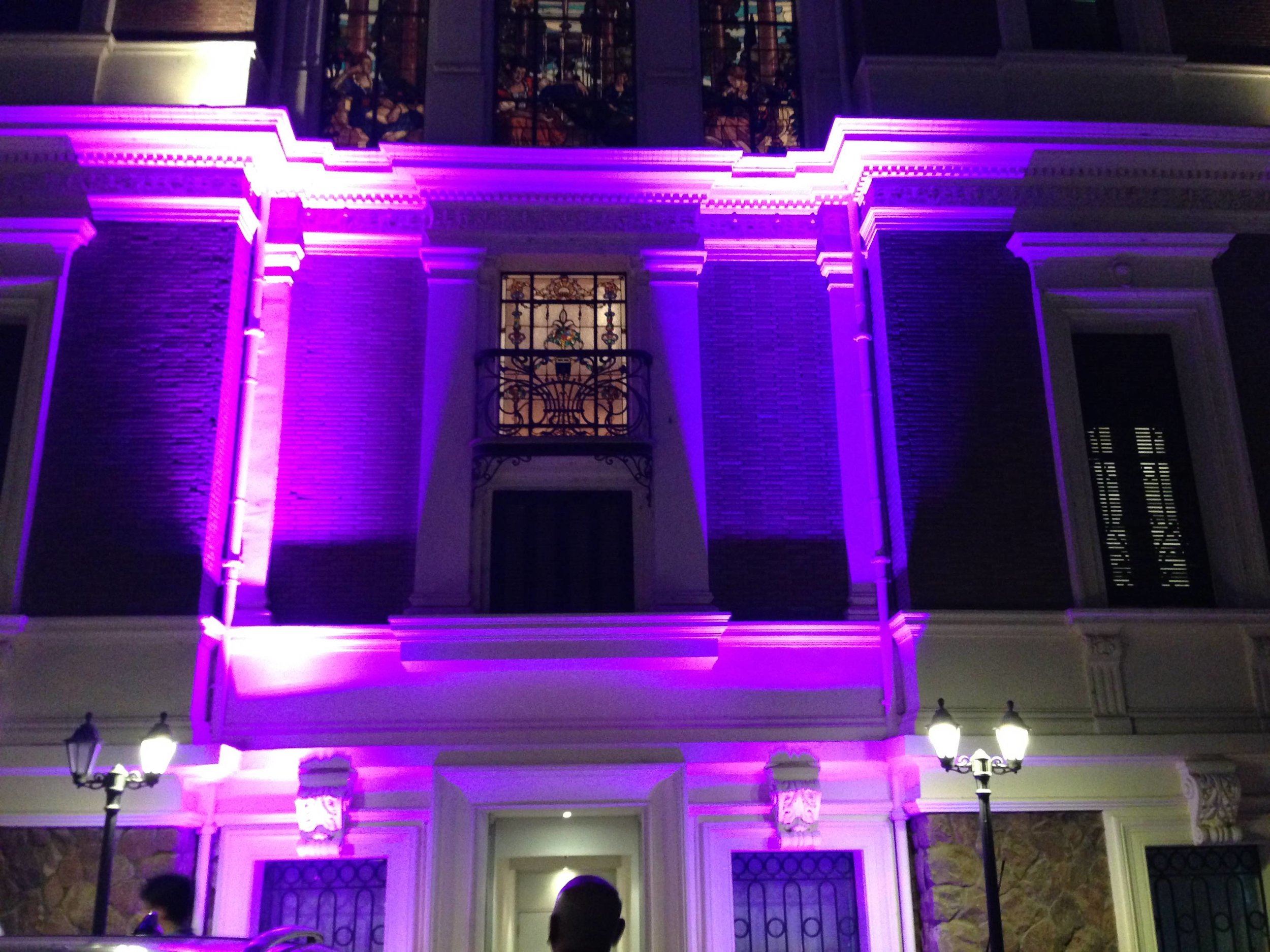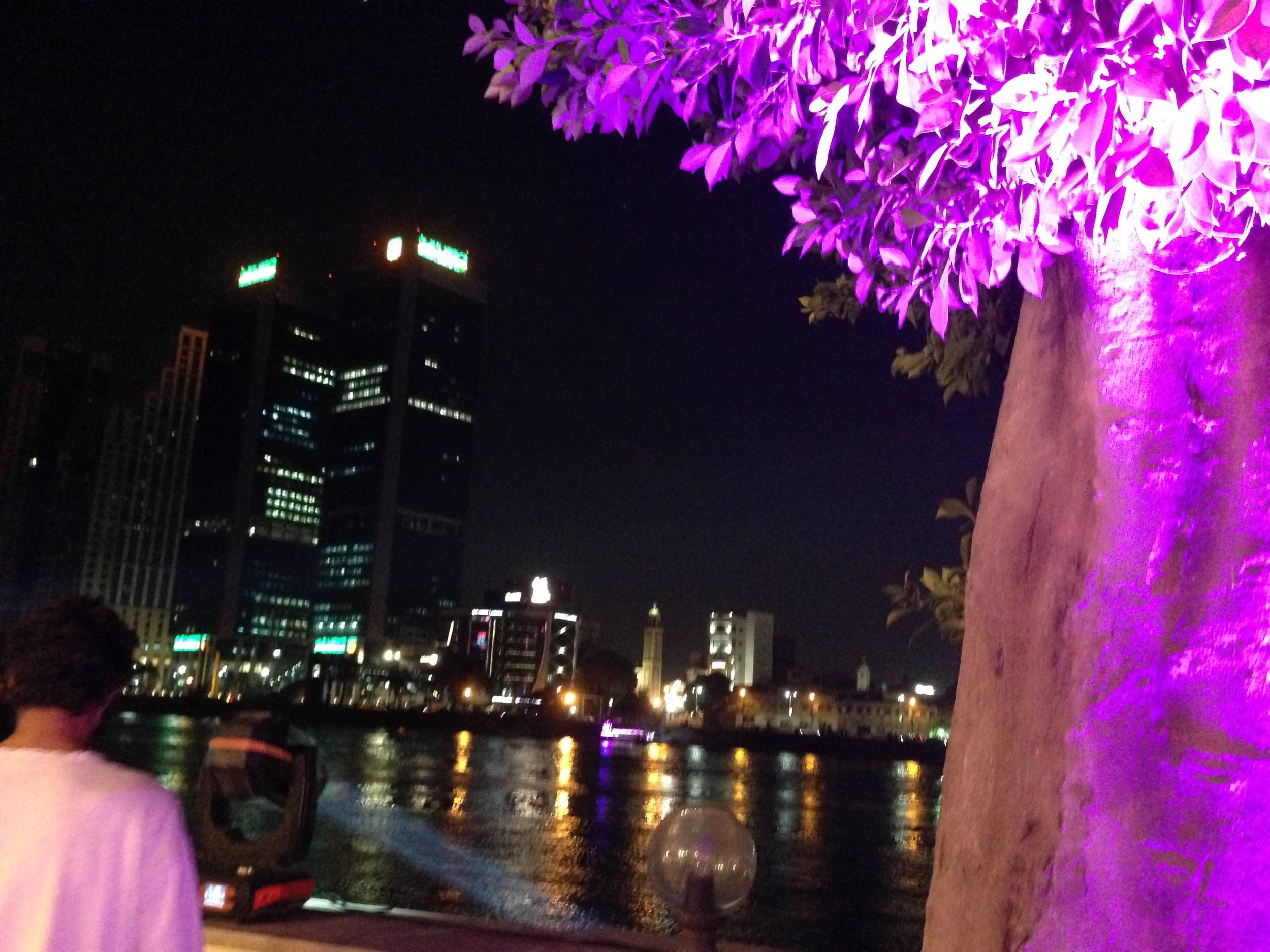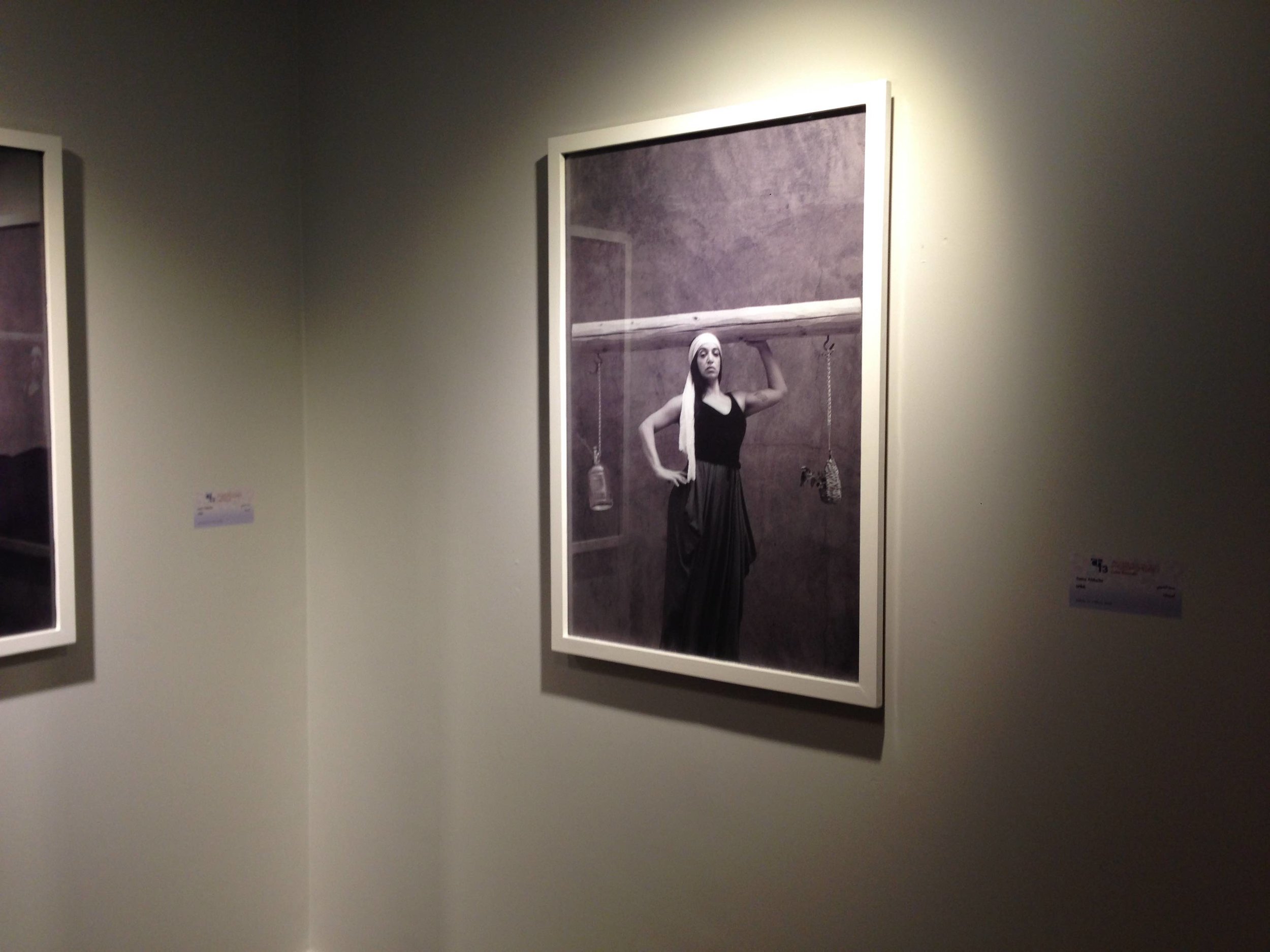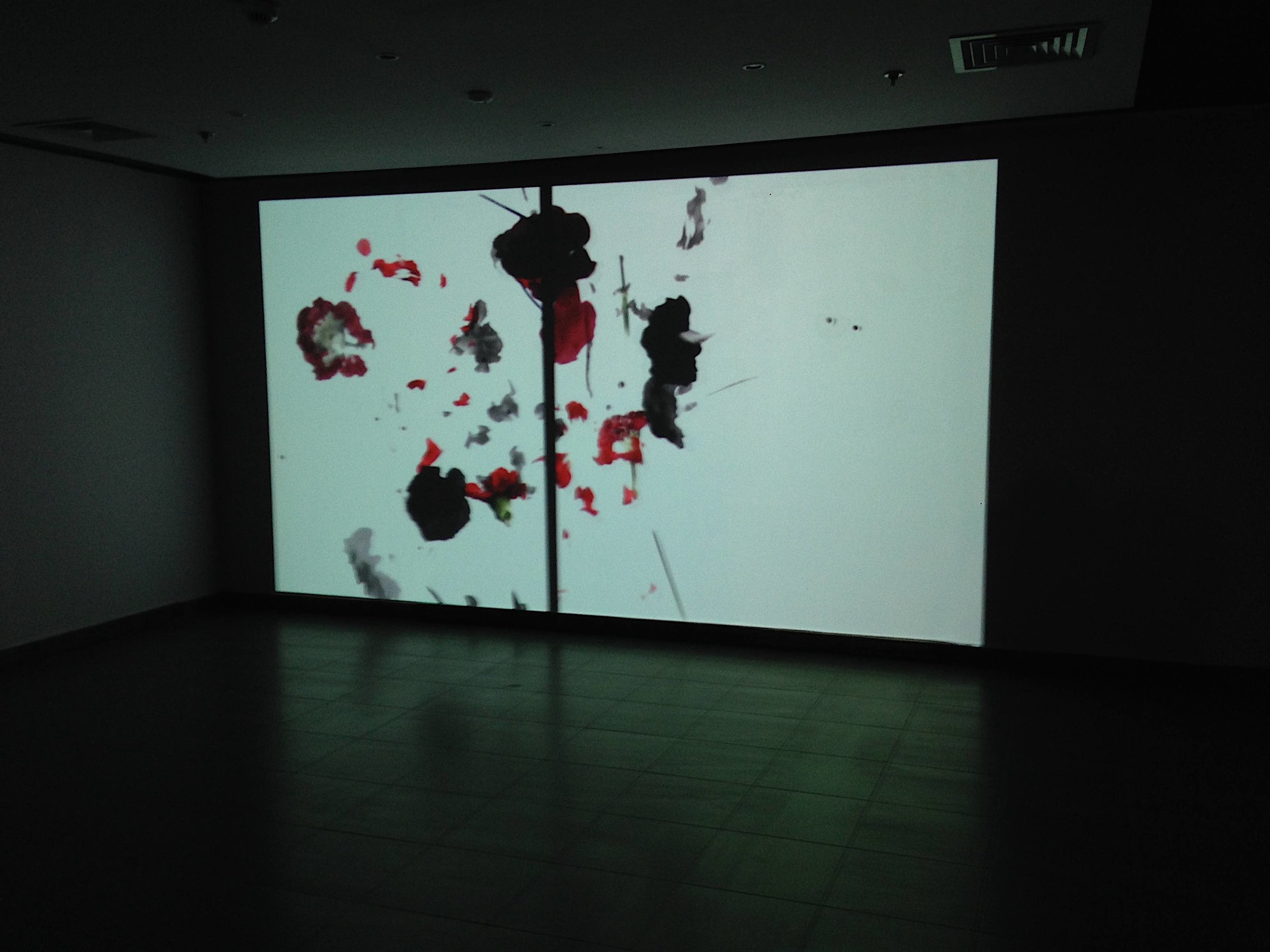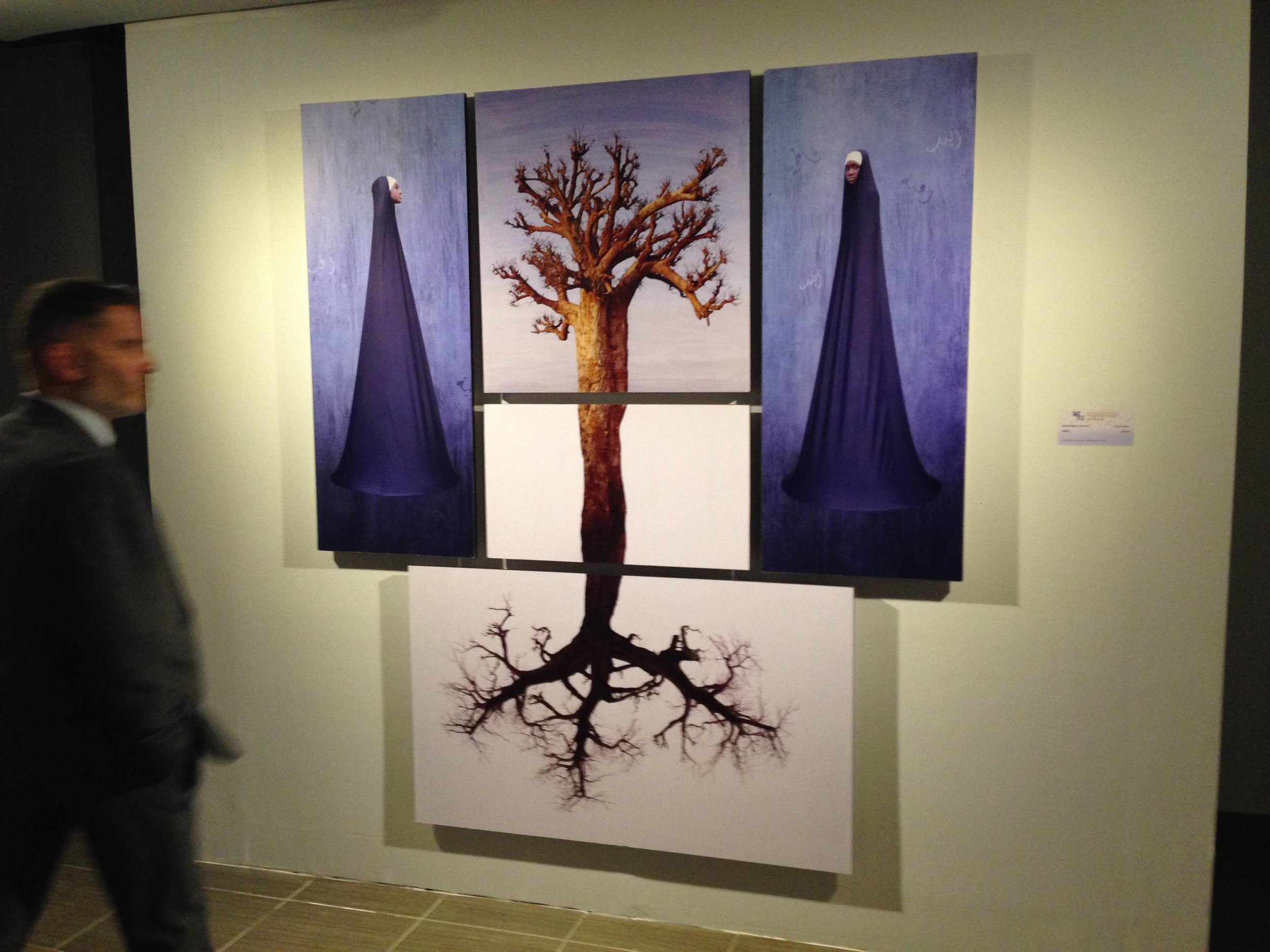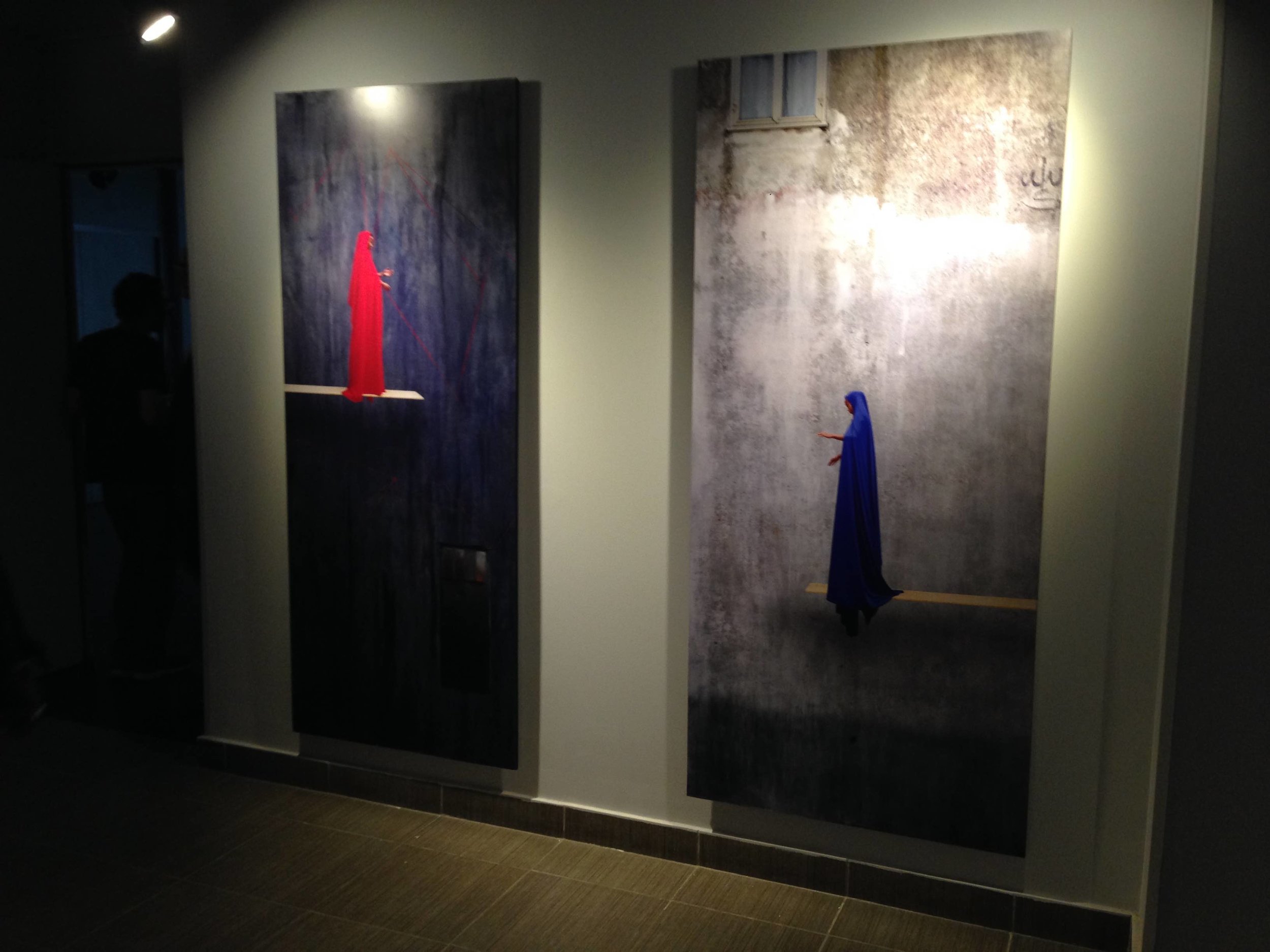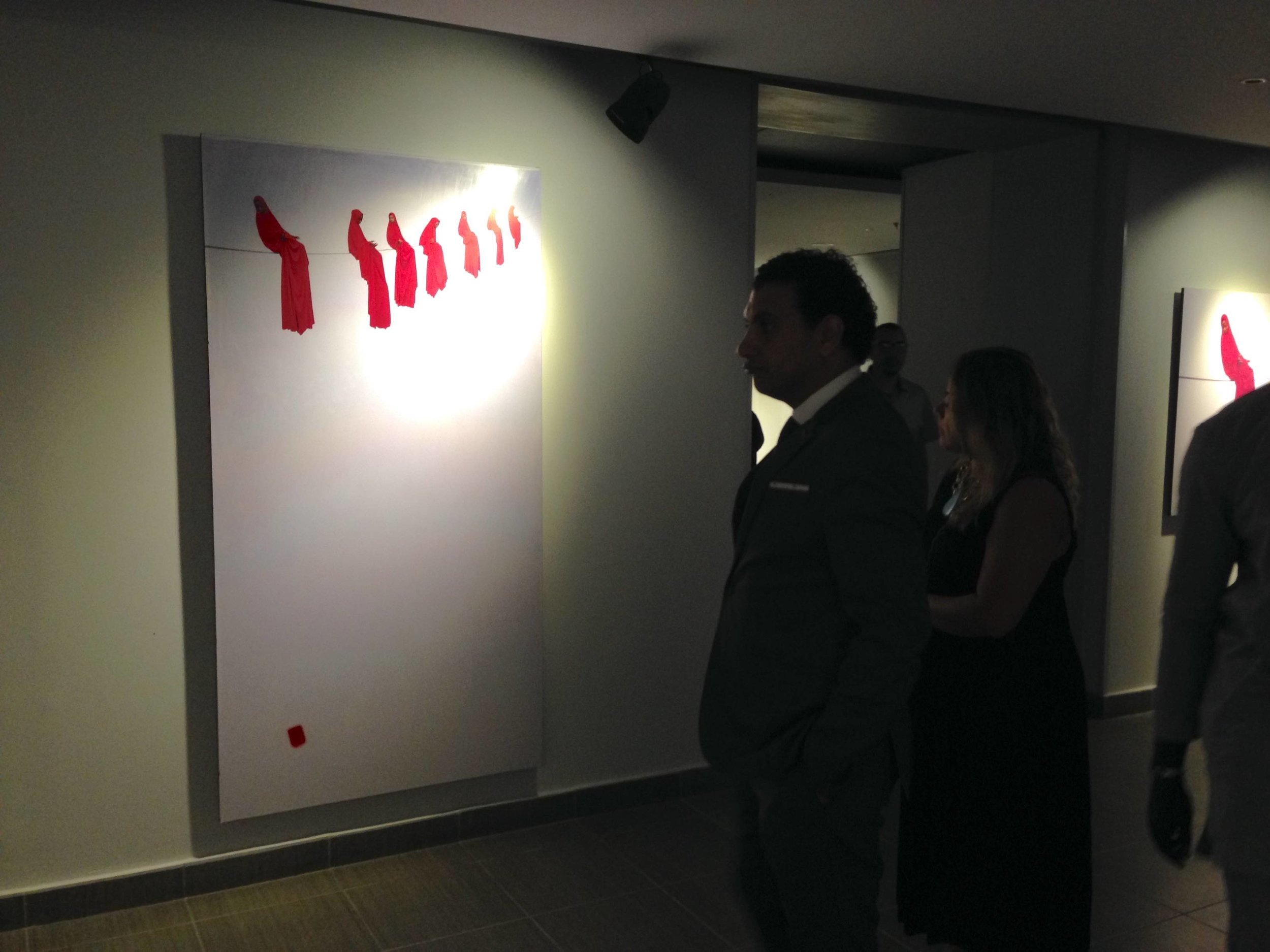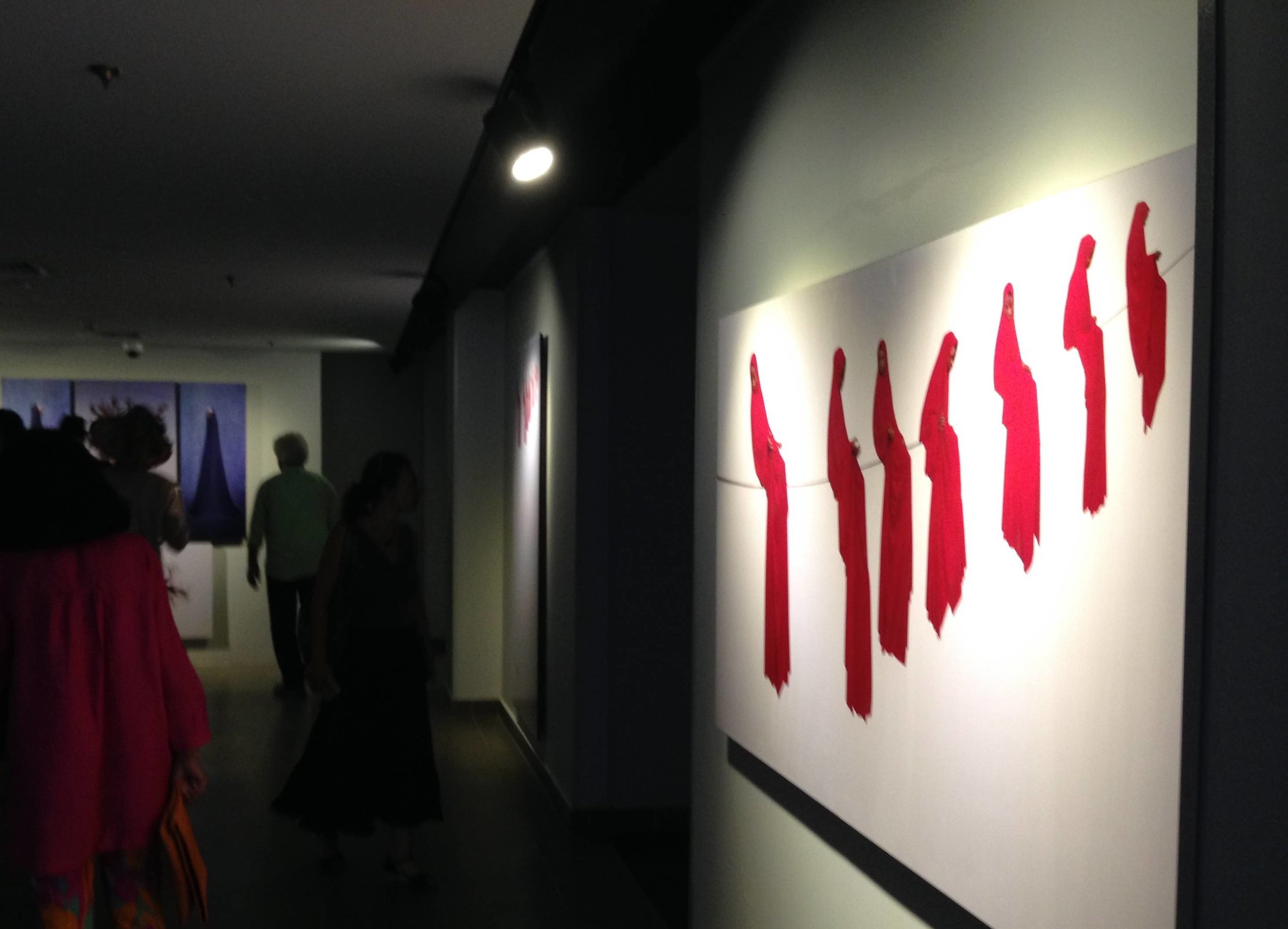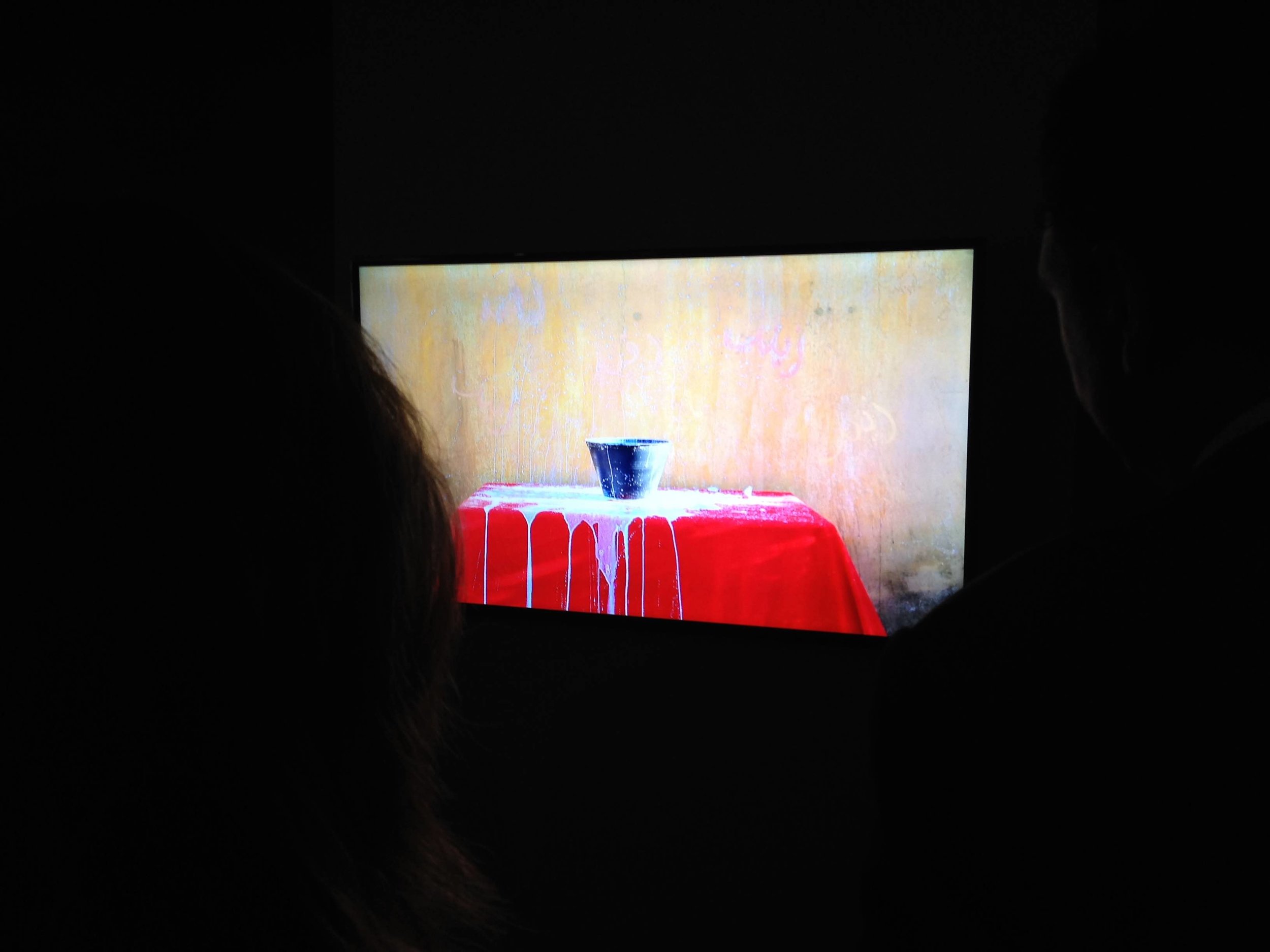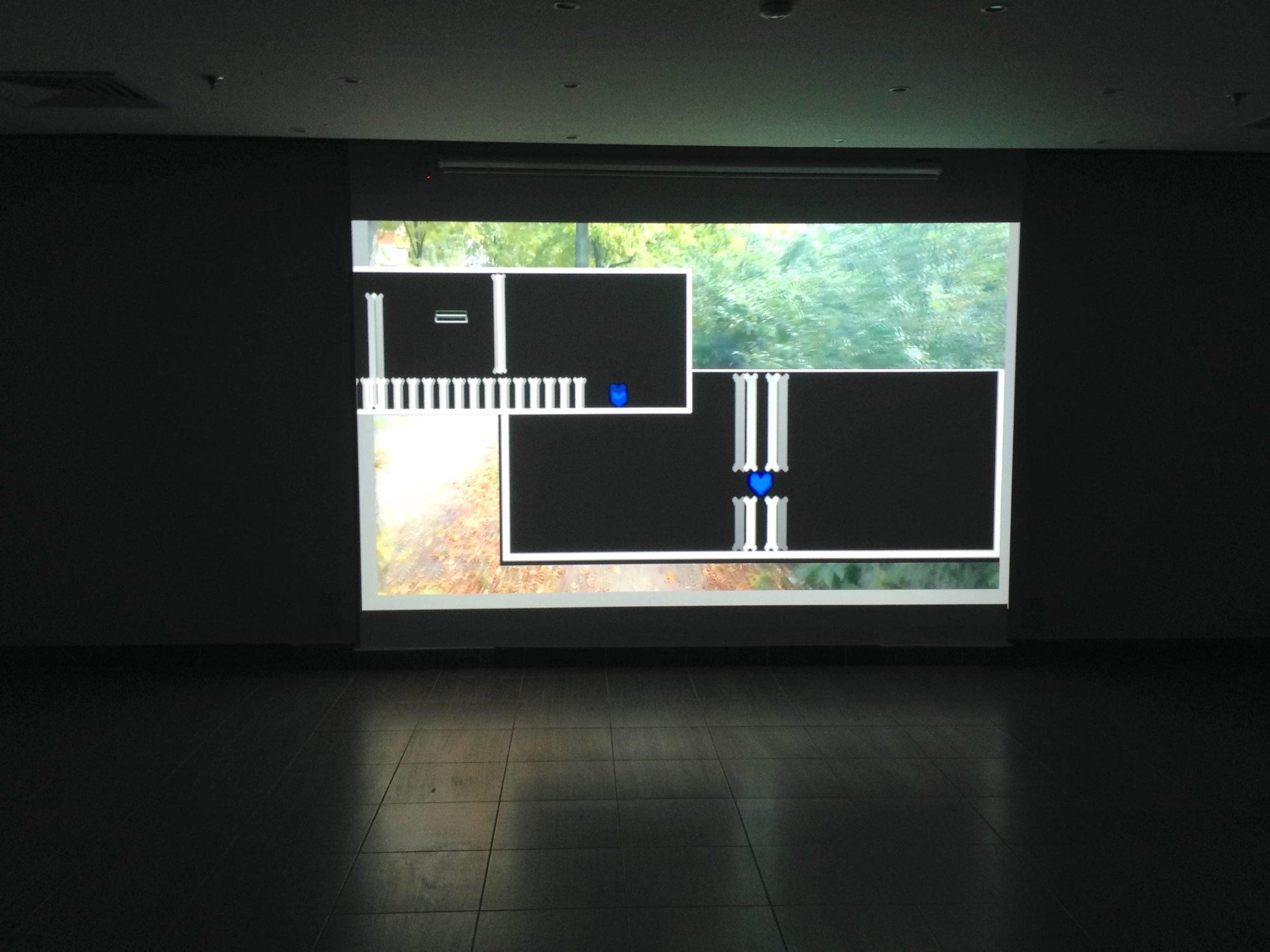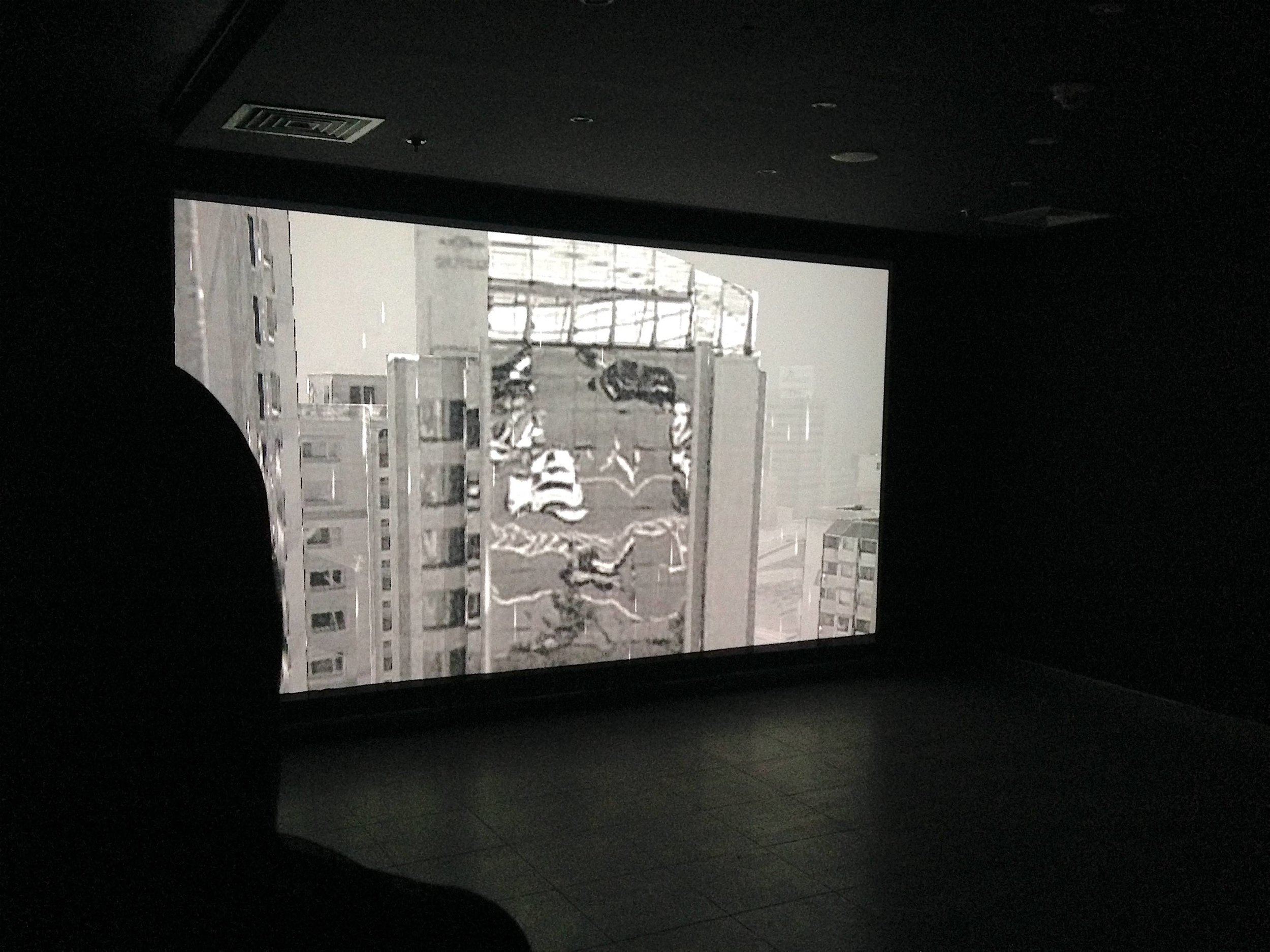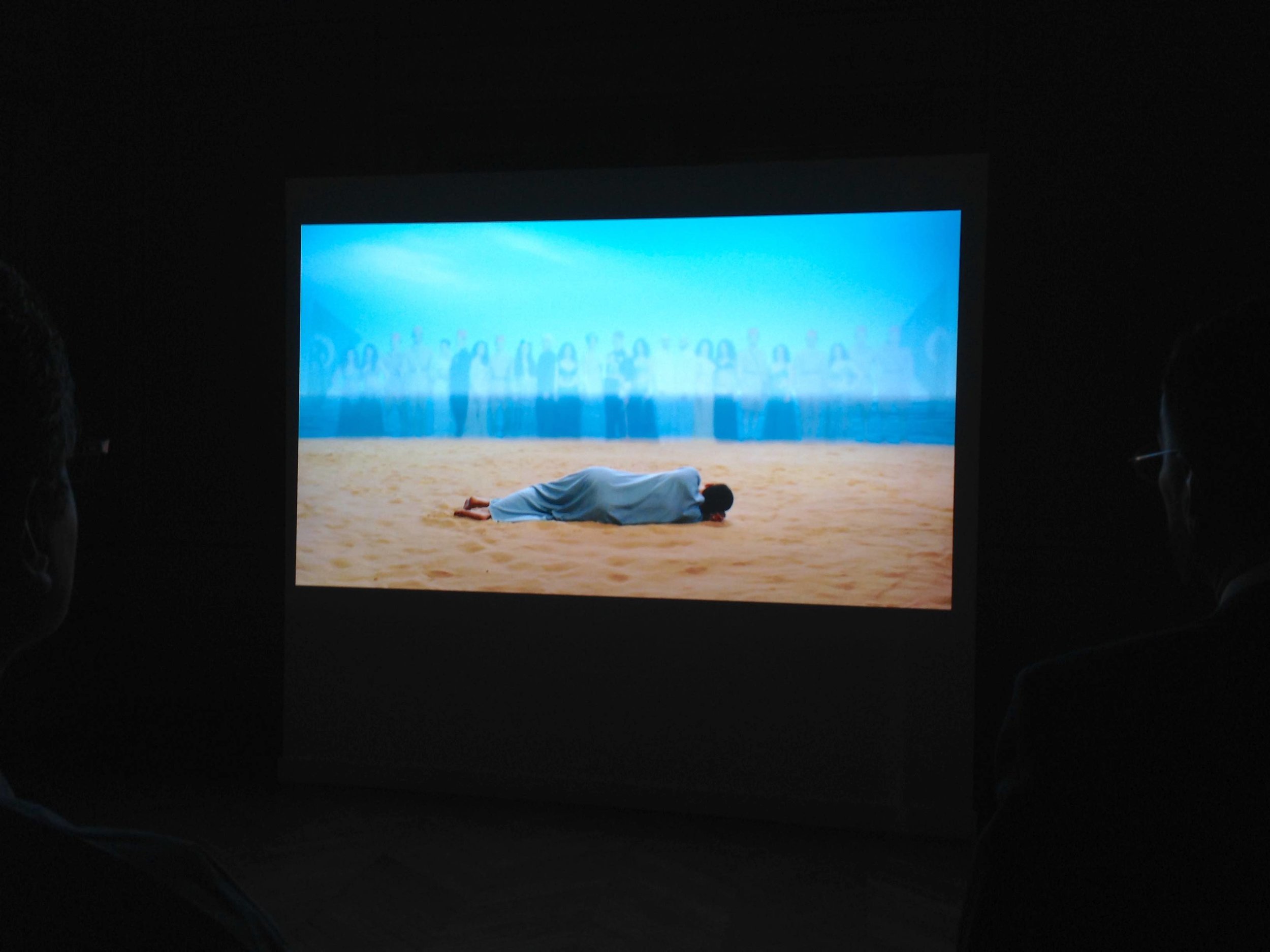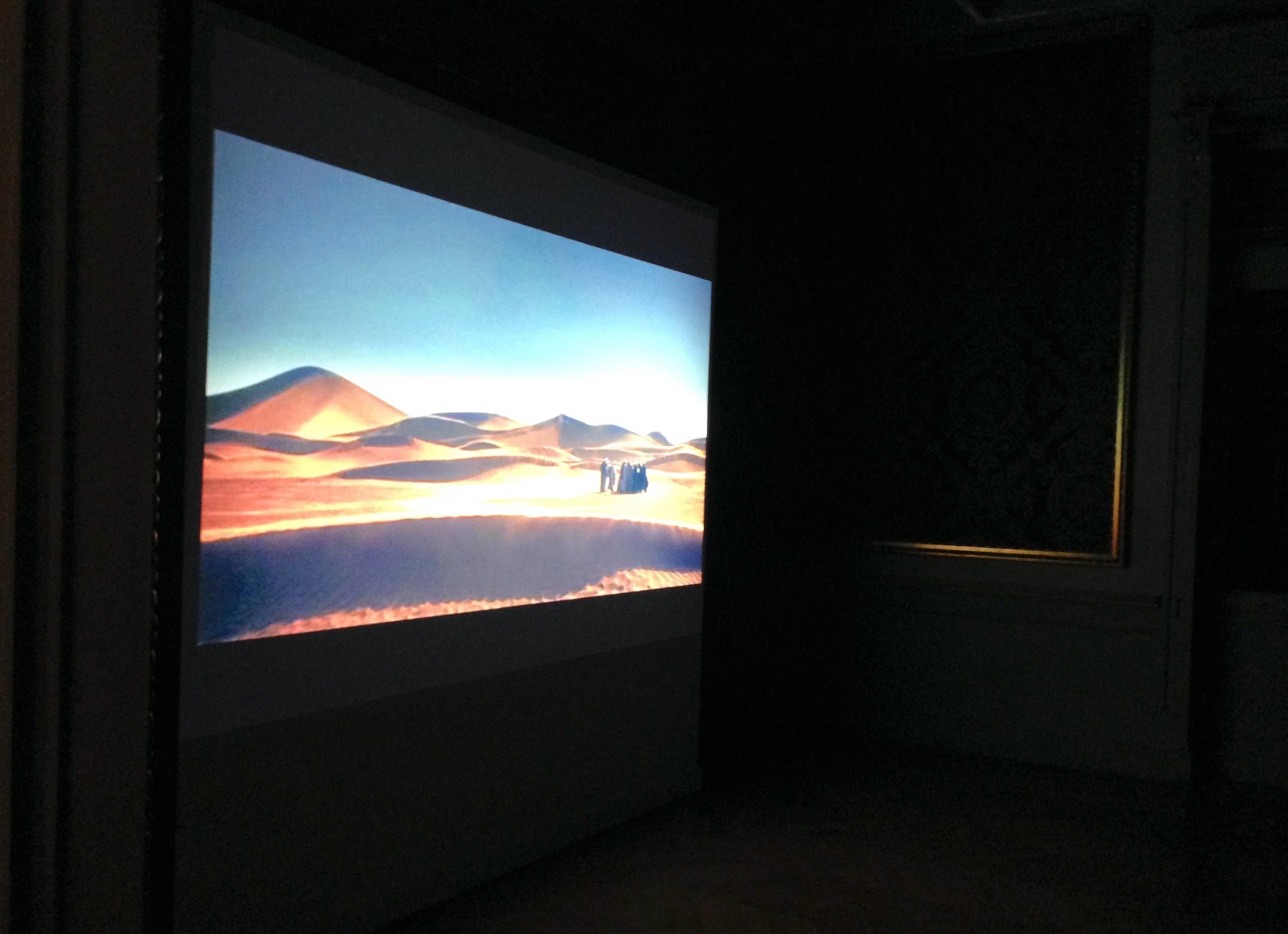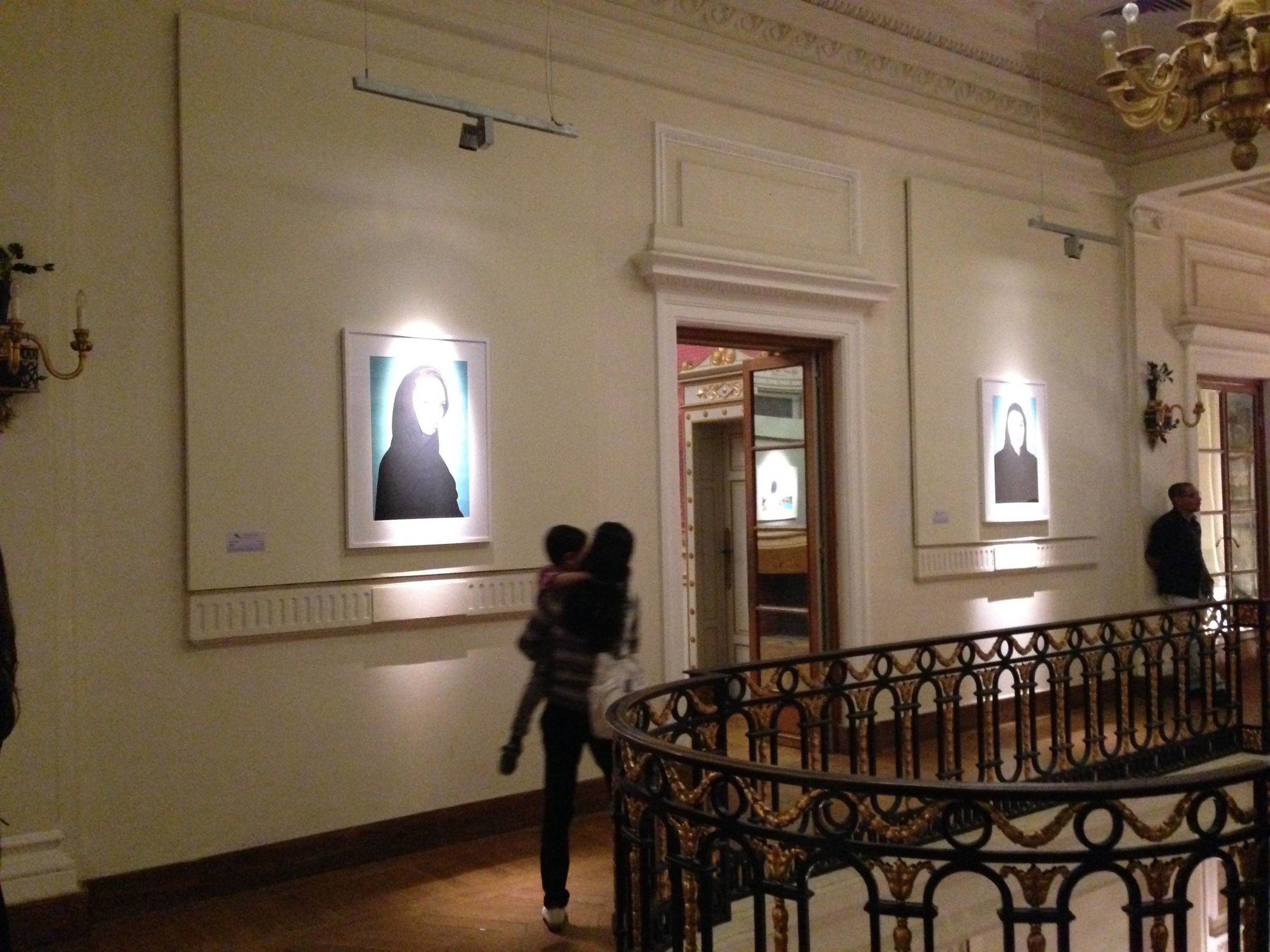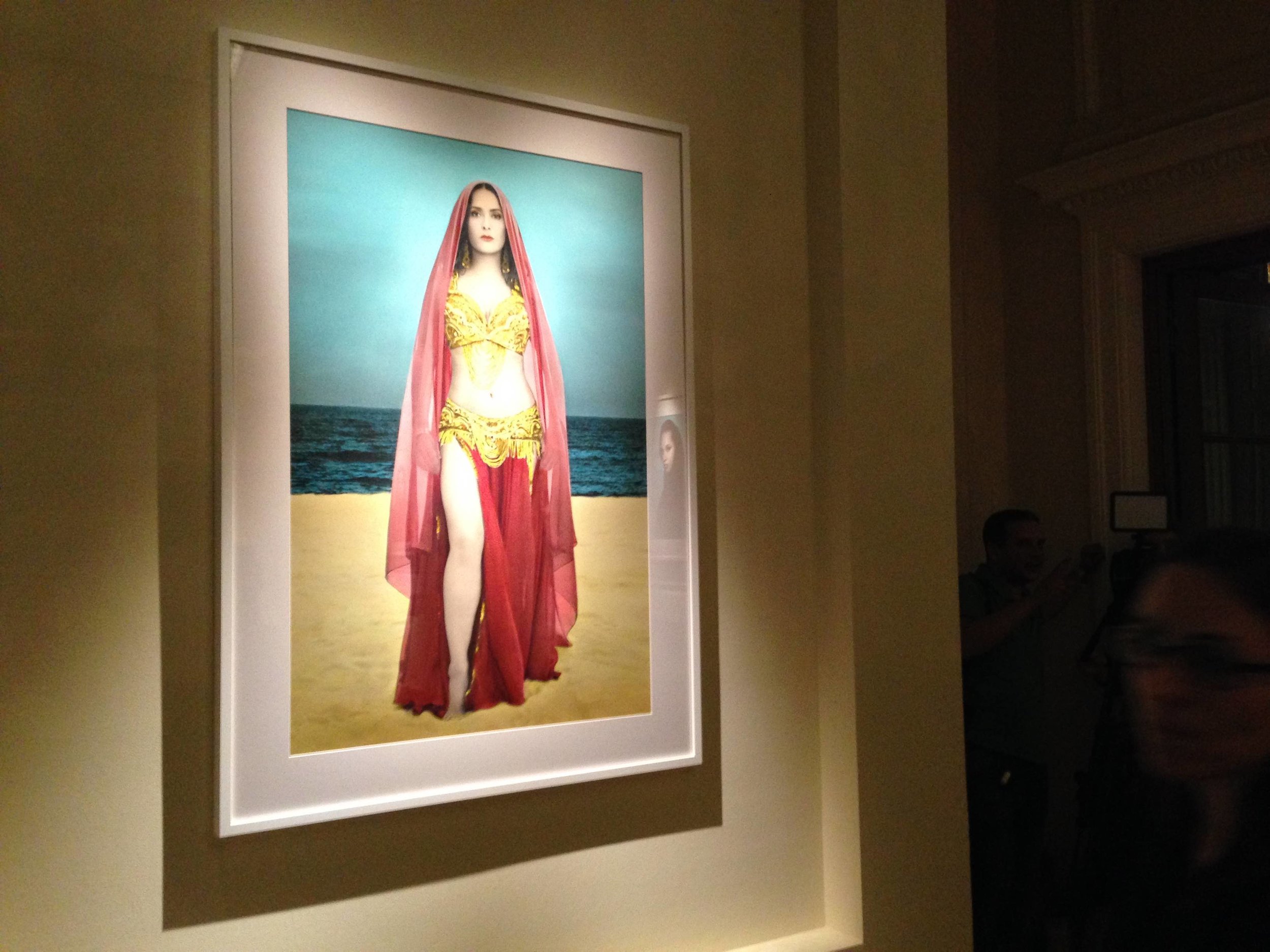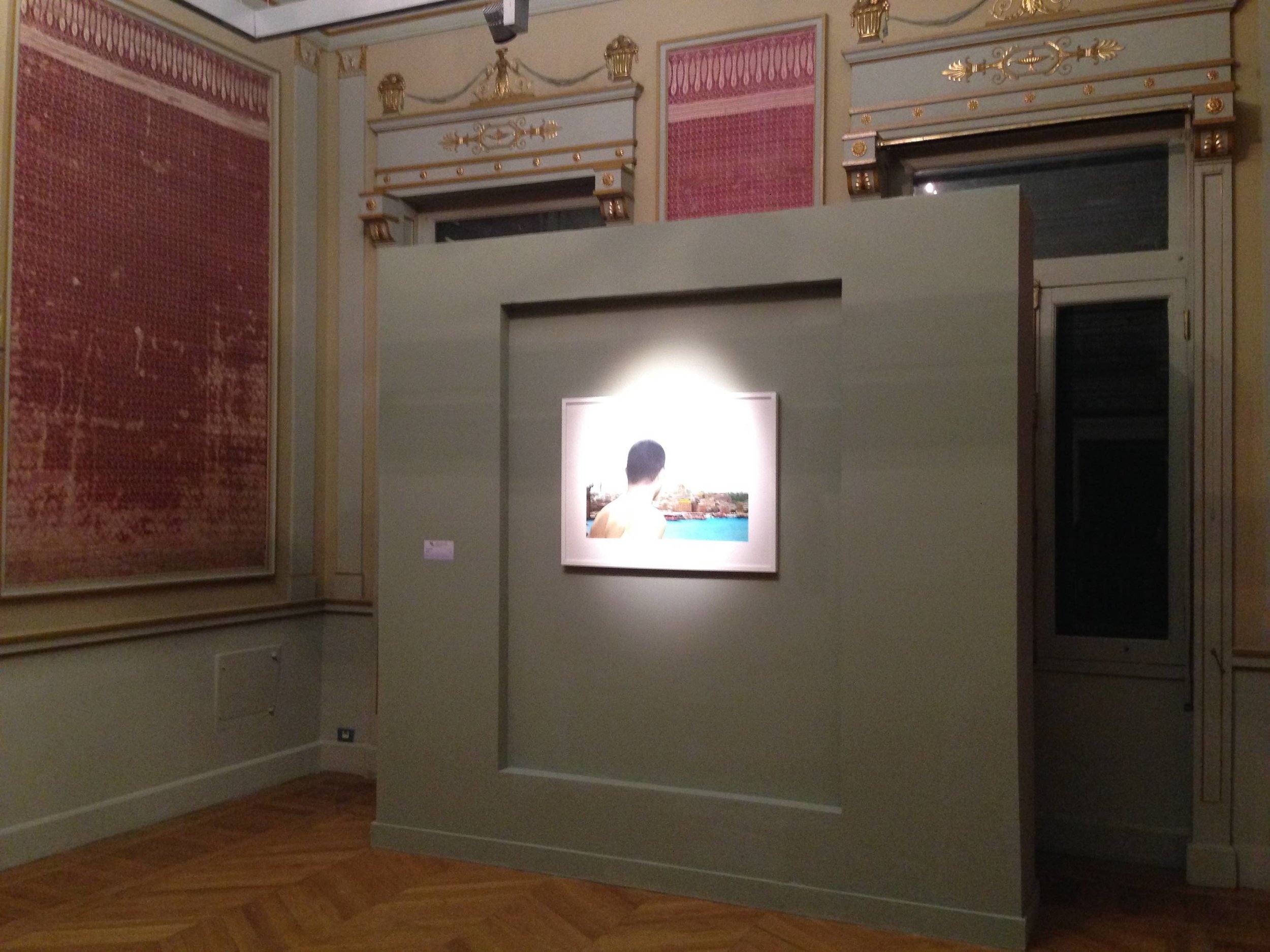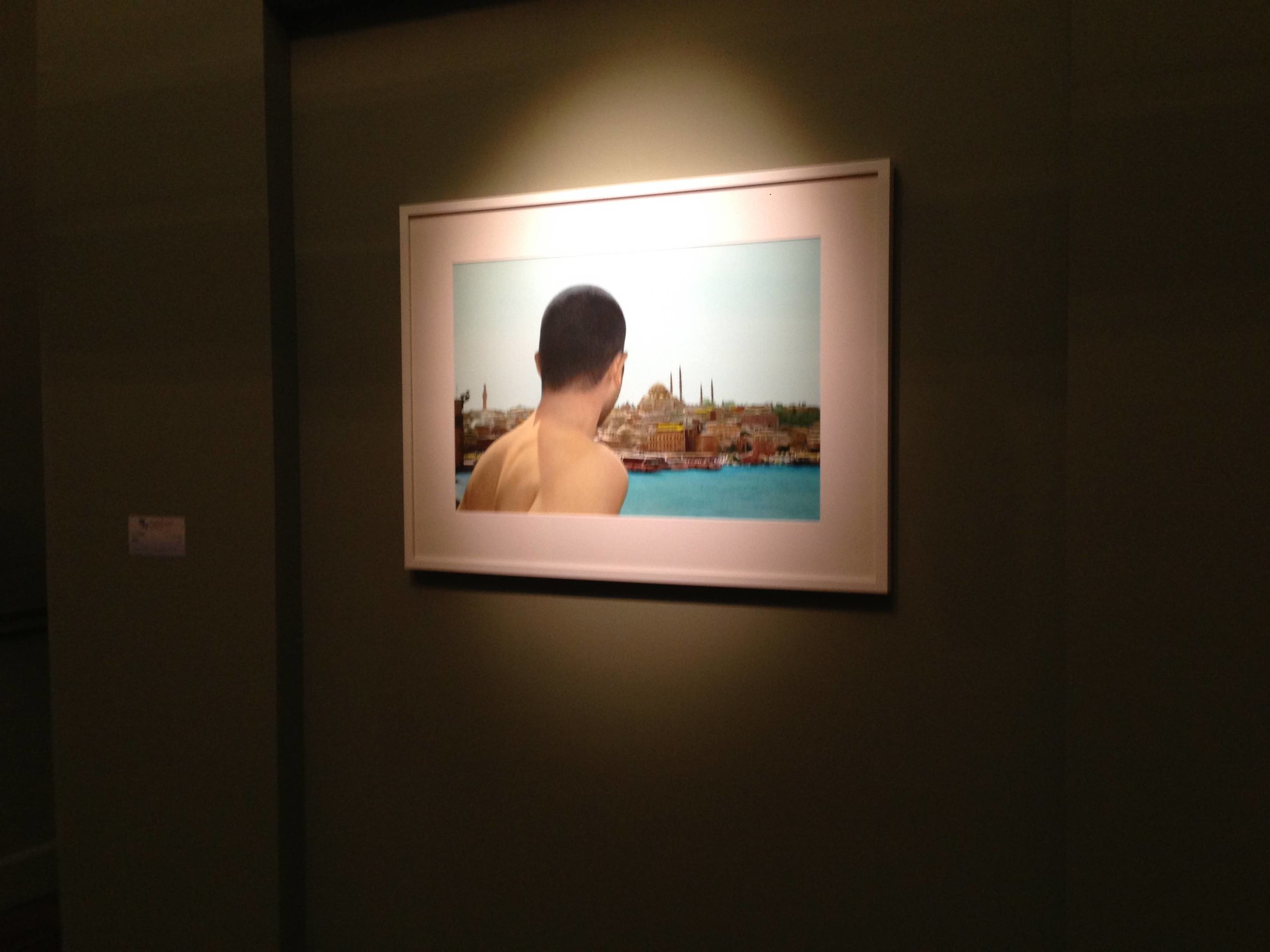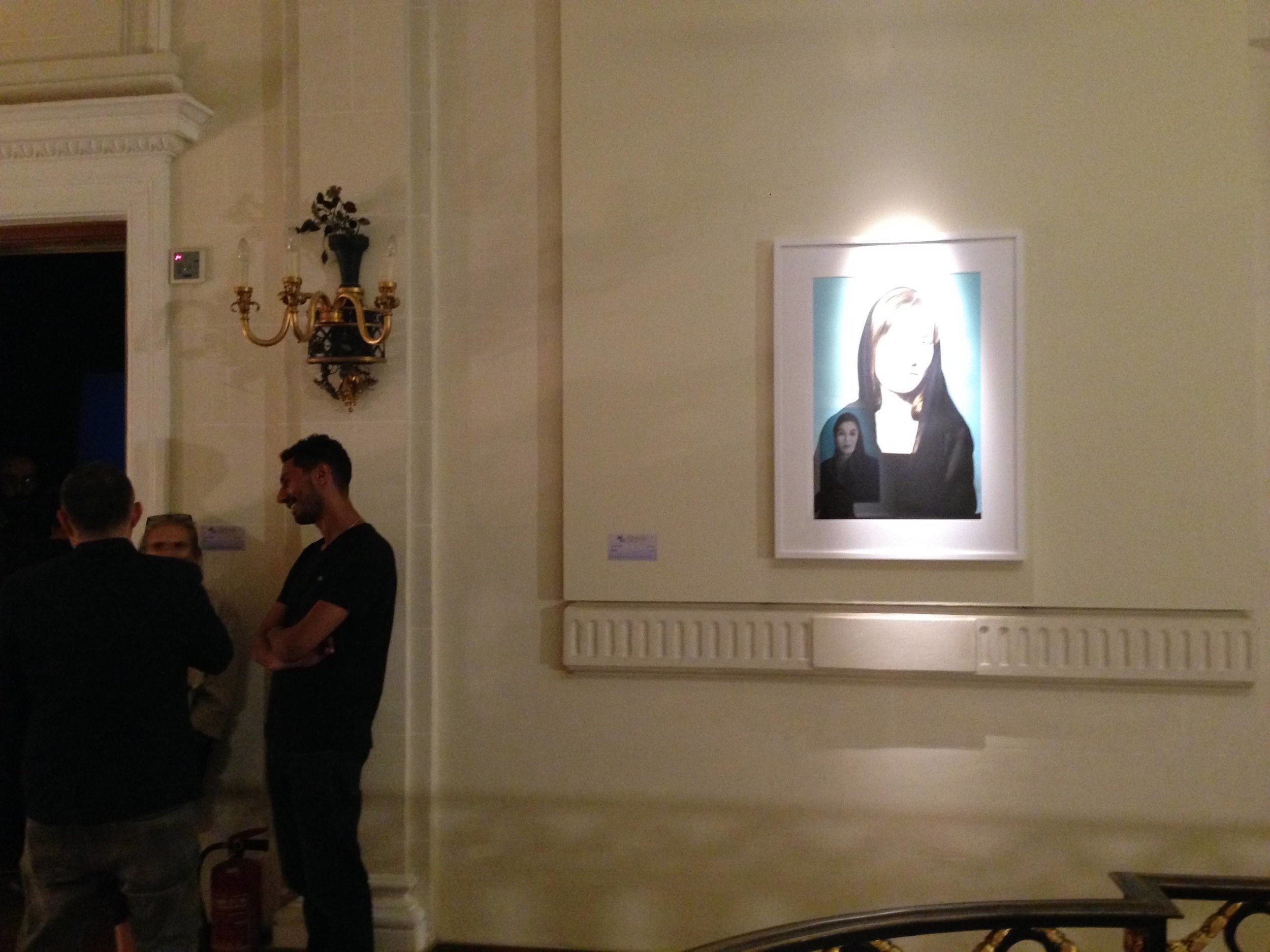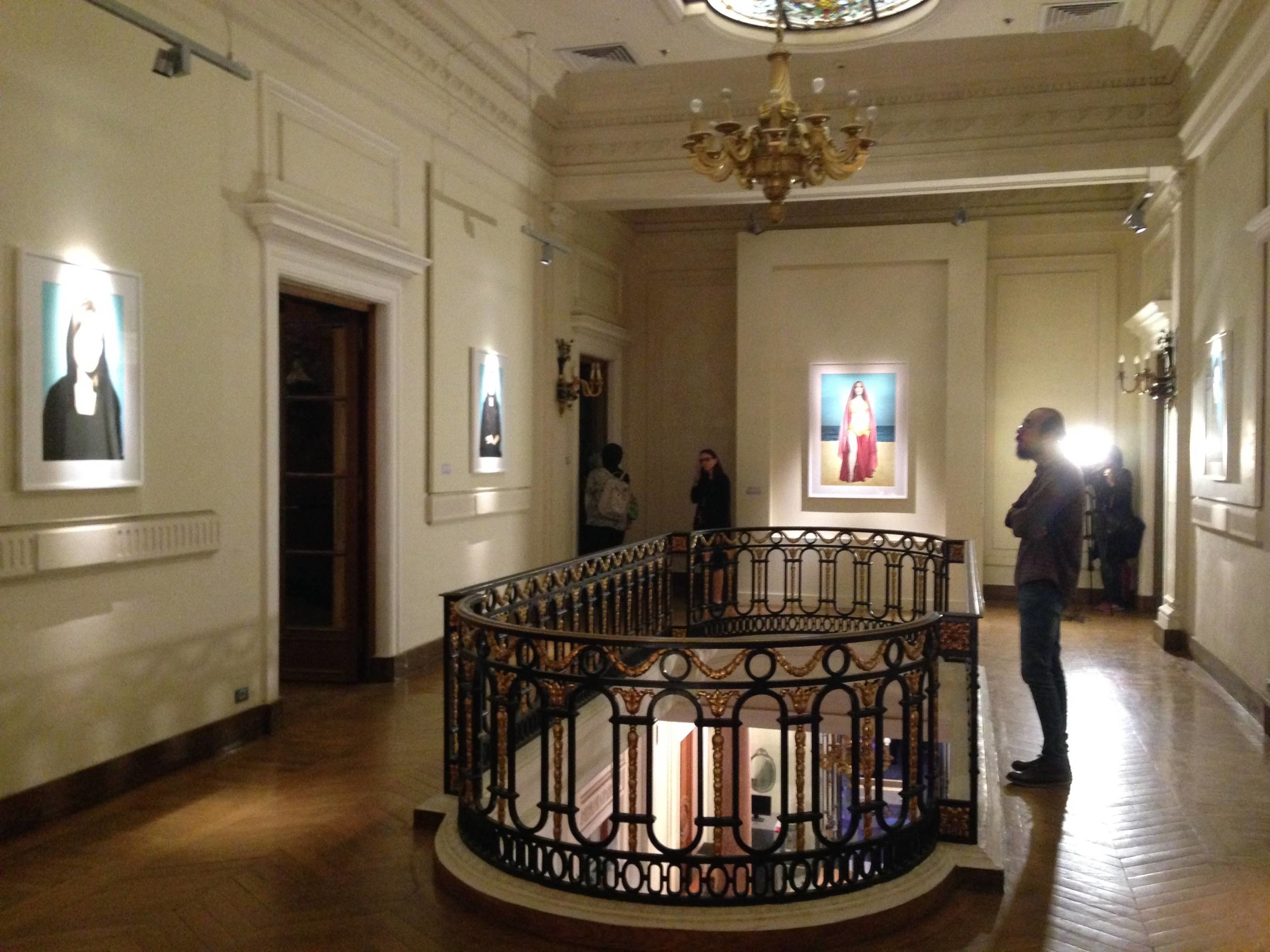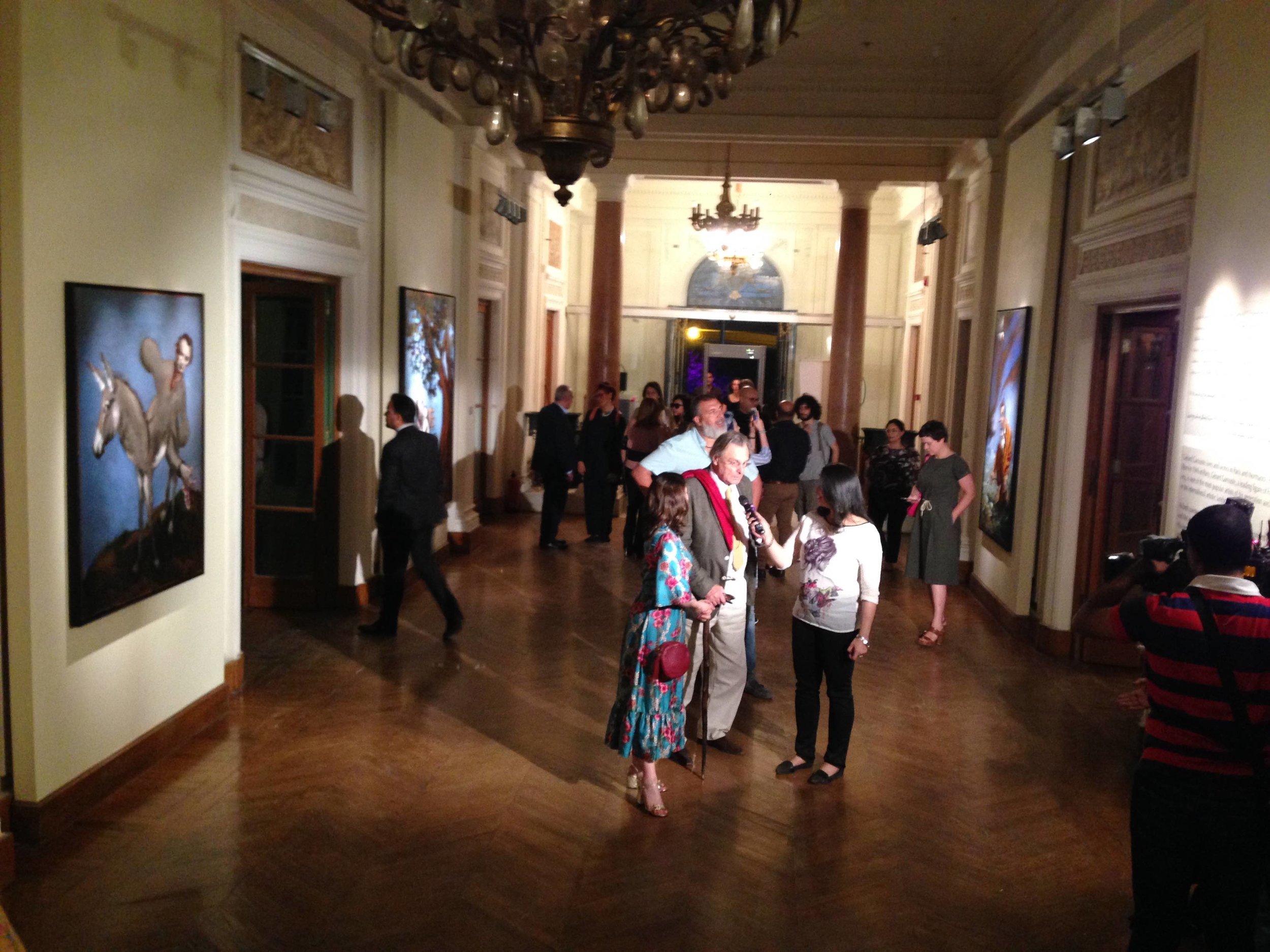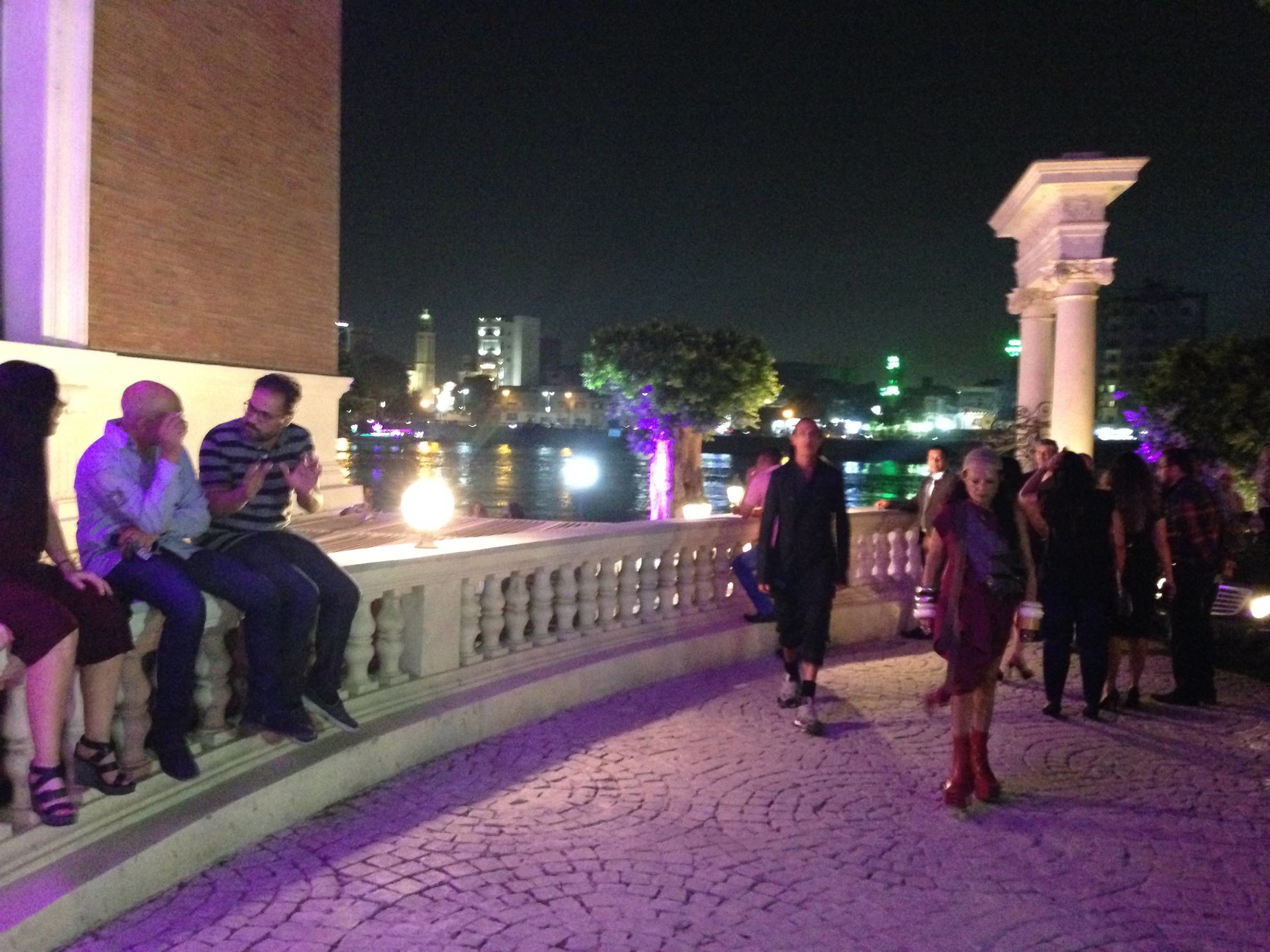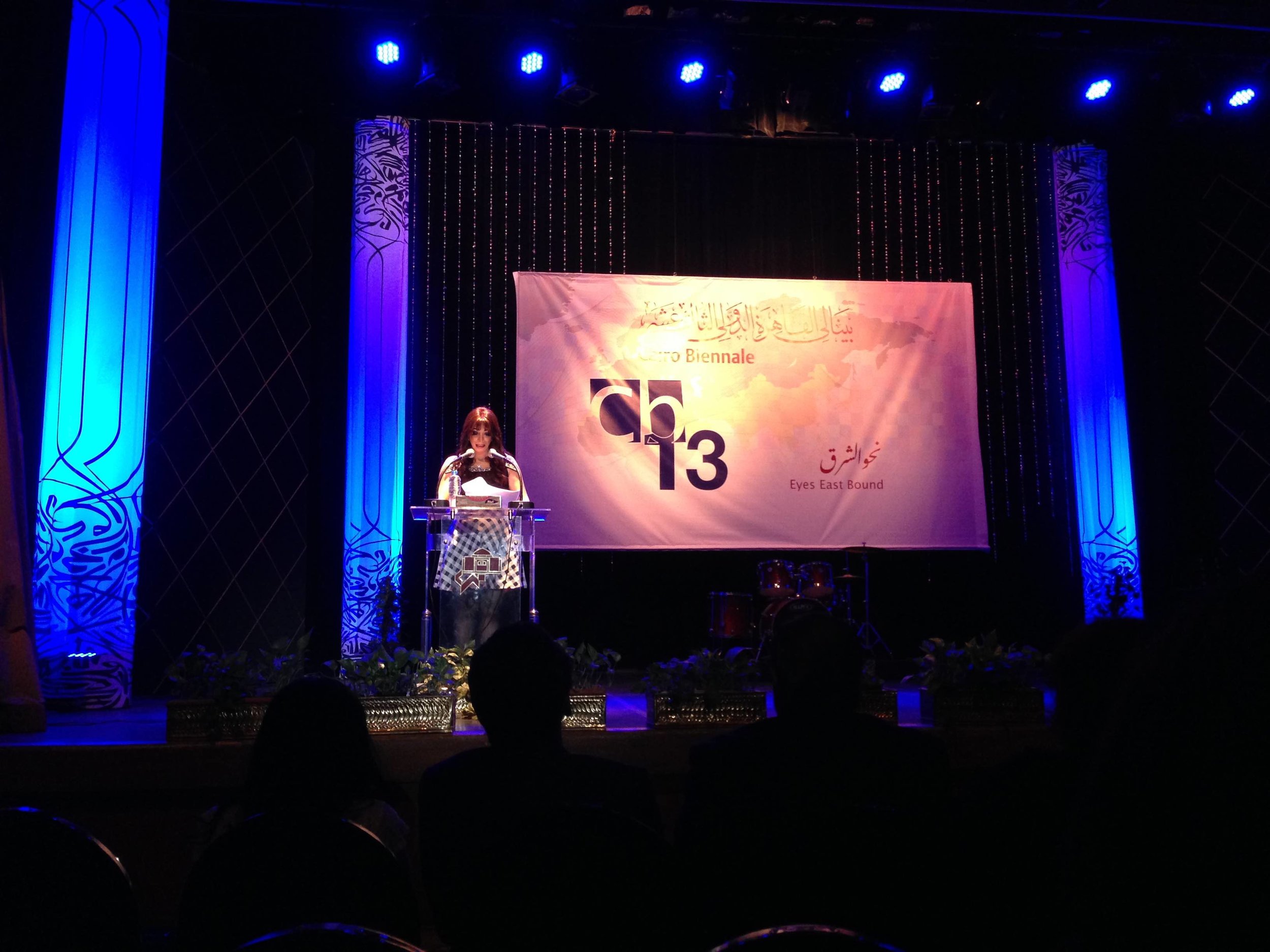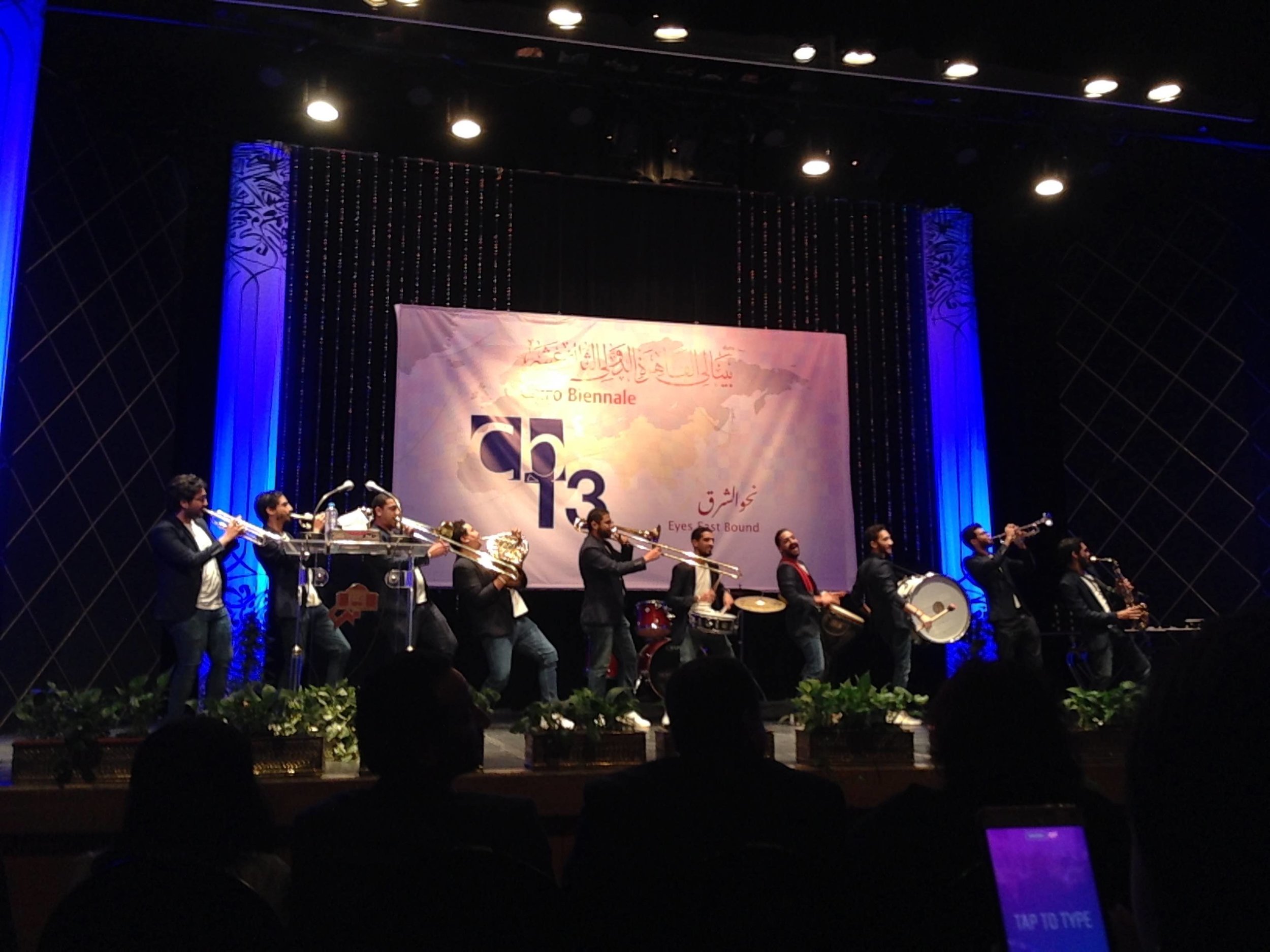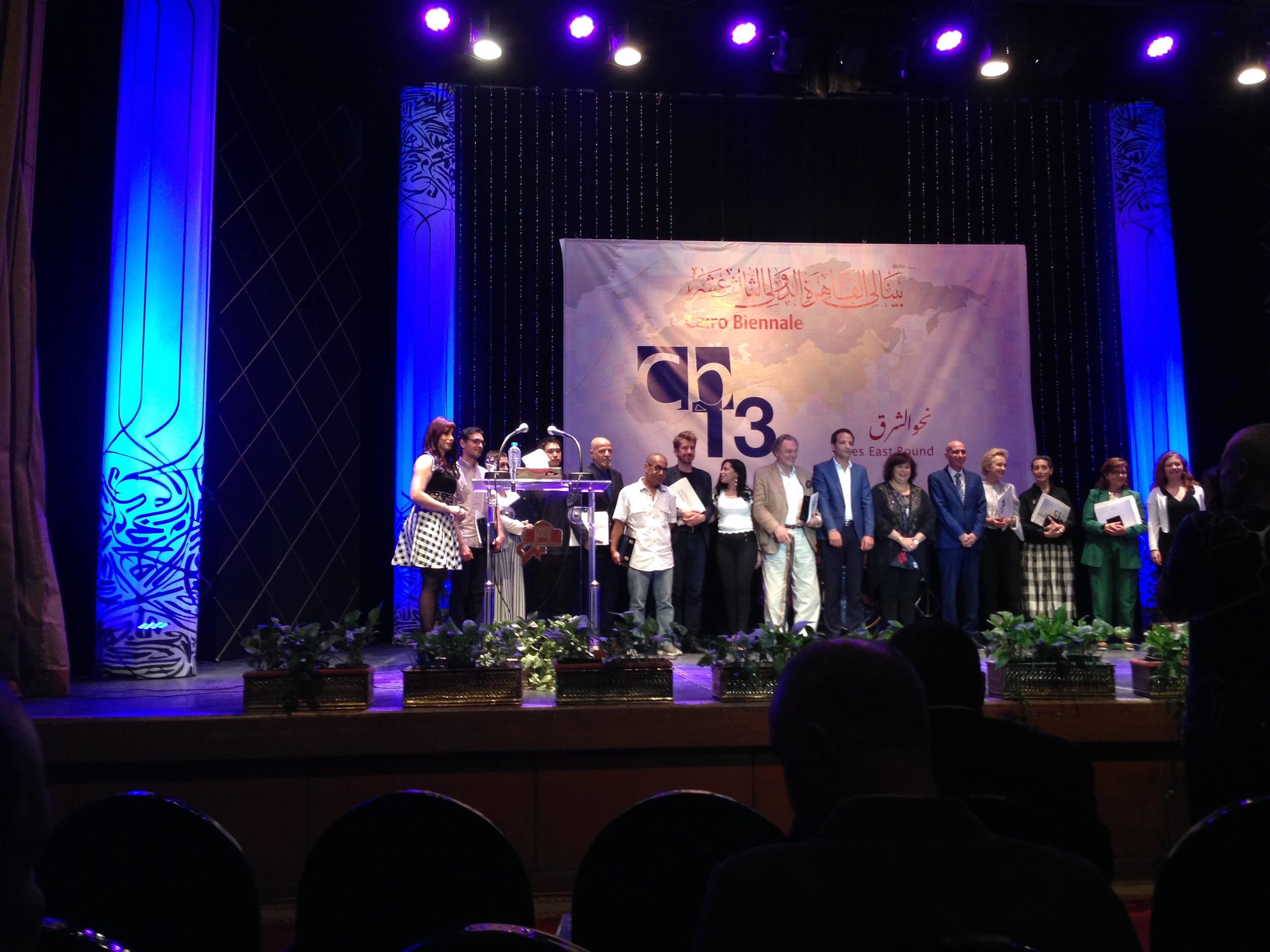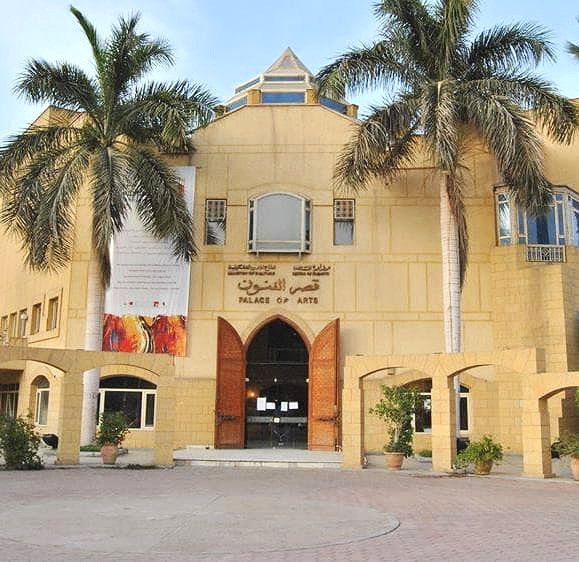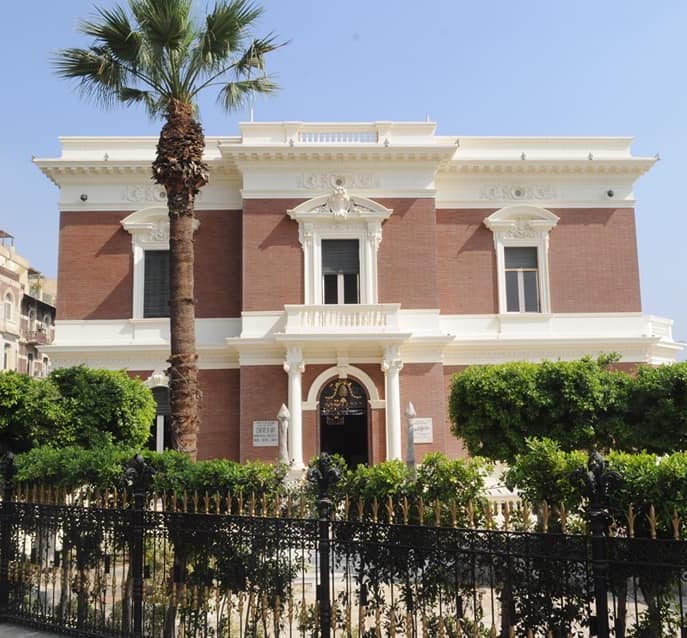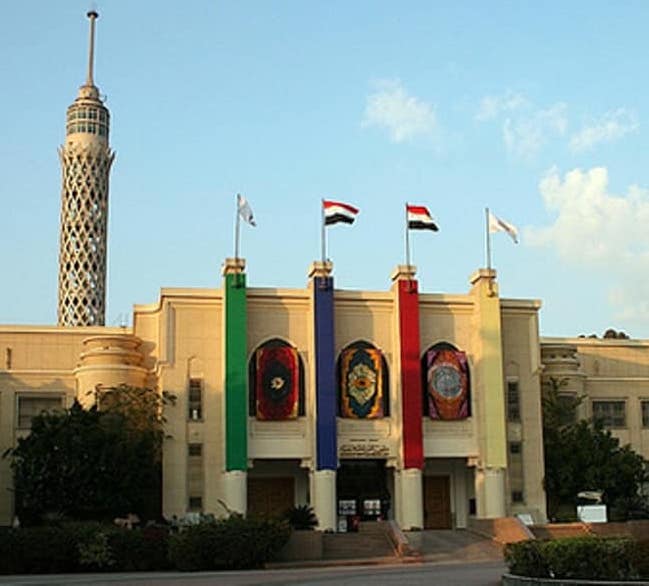13th Cairo Biennale
10 June - 10 August 2019
After a 9-year hiatus, the Cairo International Biennale of Contemporary Art returned for its 13th session with the theme
EYES EAST BOUND
Invited to participate, ACTIVATE presented a film produced for the exhibition at the
Egyptian Museum of Modern Art entitled
— EVERYONE HERE IS CONNECTED —
This film is a tribute to all of the exceptional people working on the ground, or within academia and scientific institutions who are dedicated to finding nature-inspired and creative solutions to the critical environmental challenges faced by the Eastern Mediterranean, Middle East and North Africa.
These solutions will safeguard the future well-being of the lives of the people, and restore and regenerate the landscapes of this region — ensuring the air quality, water reliability, energy availability, food security, and the stability of our climate and of our ecosystems. These individuals uniquely embody the connective potential of “our East” — a place which hosts a world of possibility and holds the answers to the world’s problems with solutions that
go beyond sustainability and into resilience.
Related links:
Biennale opening night | Snapshots from the three exhibition venues
Artistic Director’s Curatorial Statement:
Eyes from every corner of the globe are currently directing their scrutinizing regards towards the East; an East with an ancient and deeply rooted cultural overload, in the core of which is our Middle East, that part of the planet that is immersed in – rather “overwhelmed by – an infinite number of social, political and economic issues, all aggravating and disseminating intricately to entangle – and concern – the whole world.”
One is sometimes obliged to think and hypothesize that it is perhaps some stakeholders in the power game from “that” world that are actual players in the development of Middle East events, as we see them climaxing more and more every day, sometimes backfiring in the face of stakeholders and observers alike, and at other times offering more open and promising horizons.
Our East - if one is able to summarize it in concept into one word - on the other hand, has an eye on the future, somehow without losing sight of a cumulative and wealthy cultural heritage; one that has developed with layers of palimpsest and of a detritus of knowledge over centuries that has impacted and influenced most modern world cultures. Such a present heritage still inspires and directs attitudes, traditions, conventions, and continuously forms the cultural specificity of many Eastern communities.
The problematic of terms like “Middle East” – created by geo-politicians to describe an effervescent part of the world is that “terms of the sort” are only capable of addressing only a limited political description, and are neither hospitable nor versatile enough to address the more complex nature of the profound and intertwined cultures of the demographics they describe. The core of the East, formerly approached as the “Orient”, must not – in our opinion – be approached from any geo-political perspective. We can identify four pillars for an objective analysis that need to be approached in sequence: the social, the cultural, the patrimonial, and only then the political.
Art history documented how – in the past two centuries – Orientalism and the fascination by the Oriental traditions swept the West, its architecture, its fancy and exotic fashion, and foremost its culture – as if there was one sole culture to savor; that was authentic fascination, inspiring, despite an occasional deviation towards cliches and towards exoticism.
Click to enlarge
We are attempting to take a distance from approaching the political facet of the East, our Orient, and deflecting from what became the cliche approach to explore the Middle East from a political discourse, with its controversial analysis and hypothetical moots, serving in most cases one ideological agenda or another, a particular theory or a preset interest. From that Orient we are extending an invitation to explore the heart of this East, that inspiring Orient which gave birth to several colossal civilizations, cultures that interacted with the other, hosted and blended with all and every other, to form an ultimate universal language, accessible to all, without isolation and without marginalization. Sheer creativity and only creators can attain such positive and voluntary “alienation”, a required separation from the political real to the quest for an objective core of the authentic. The creator withdraws inspiration, while politics, though an ambient source, devours all creativity.
The 13th Cairo Biennale, in a quest for an authentic dialogue alternative to what is proposed in cliche channels today, and while not attempting to dictate, guide or direct creators towards particular approaches, extends its invitation to artists to set their compasses to the East, their eyes to an alternative Orient, examine with us the four pillars that are our perceived real, and probe with us all possible horizons in every possible medium of expression.








